When the rainy season came to Uganda and surrounding countries in the end of March, I decided to leave equatorial Africa. Initially, the idea was to visit Southern African countries, like Mozambique, Zambia or Madagascar, where monsoon time was coming to an end making the national parks accessible and the beaches enjoyable again. Another idea was to pay a visit to Iran where spring was due to come. Truth be told, I couldn’t get the nice places in Iran shown by Zahra and Alireza, who I met during their stay at Domi’s and Mick’s place in Kampala, out of my head. Snow capped mountains, green valleys, inhospitable deserts with incredible rock formations and plenty of historic places dating back thousands of years.
So I opted for a change of environment and culture and took a plane to Shiraz in Southern Iran. I thought about flying to the United Arab Emirates and taking a ferry to the Iranian city of Bandar-e Lengeh which would have given me the opportunity to travel along the shore of the Persian Gulf with its different cultures and landscape. But, contrary to arrival by plane and a hassle-free a visa, if you arrive by ferry, you have to arrange your visa in advance. However, considering the average processing time of such a visa (they seem to send everything to Tehran!) and that I was staying in Kyangwali at that time, five hours away from the Iranian embassy in Kampala, I had to scrap that idea 🙁
Shiraz
Coming from Kampala to Shiraz was a big contrast in many aspects. I got so used to the bustling and overcrowded capital of Uganda that Shiraz felt a bit sleepy. But it was quite relaxing to stroll through the old town and the bazaar not having to continuously sidestep people, even though Shiraz is one of the top tourist destinations in Iran. Most tourists seemed to be Iranians https://ihah.hn/buy-baclofen-online/index.html , many were escaping the smog and noise of the 17-million people megalopolis Tehran. Shirazi people have a reputation of being particularly welcoming and hospitable and I can definitely confirm that. During two days, I has been invited to three homes for lunch or dinner 🙂 To those who know me: no worries, I didn’t leave a trail of empty fridges behind, there was always much more food than I was able to eat 😉 On my way to the tomb of Saadi, who was a famous Iranian poet, I ran into a film crew shooting a TV series on one of their seemingly endless breaks 😉 Unfortunately, hanging out with the crew came to a sudden end when the producer showed up and started shouting. I quickly changed contact details with a few guys and took to my heels. In the evening, strolling through the bazaar, I was reminded of the saying that you always meet twice when I heard someone calling my name. Arman, who was engaged by the film crew to ride his sport motorbike, appeared out of the crowd. When I asked him about public transportation to Persepolis, the famous 2500 years old ruins in the capital of the Achaemenid Empire, he offered me a ride with his car next morning…it could not have been better! 🙂 However, Arman turned out to be a fan of Modern Talking 😮 To his defence, I have to mention that Modern Talking is hugely popular all over Iran. I guess Iran keeps this musical mean of torture alive to remind the West of their past human rights abuses 😉
Yazd
From Shiraz I took a bus to Yazd, an old city in the desert, well known for its architecture that makes the climate bearable for human beings. So called windcatchers are used in different ways as natural ventilators or as refrigerating devices in connection with qanats and ab anbars. Without qanats, underground channels that transport water from elevated water wells, places like Yazd that have no natural water source would be inhabitable in the pre-industrial era. It’s almost beyond my grasp that already 2 700 years ago the channels that run for 70km and more than 200m under the surface were constructed. Digging these channels can be seen as a sacrifice of the workers to the society considering the working conditions. Not only are the channels narrow and low and people could only move in them crouching but many of the builders died due to the collapse of the ceiling or suffocation.
Kerman and the Lut desert - the hottest place on earth
Captivated by pictures of the stark beauty of the Lut desert, I followed Marco Polo’s footsteps and continued further east to the city of Kerman. In contrast to Marco Polo, who needed seven days for the journey, it took me five hours in a modern and comfortable bus to reach the big city on the edge of the desert. Btw, Iran has by far the best long distance bus network that I’ve seen, featuring modern, shiny stations and mostly new buses for affordable prices. After numerous phone calls, I finally found Nemat, a guide with a proper 4WD car who offered a tour through the Lut desert including an overnight stay. To make the trip affordable
, I thought, our situation didn’t look that hopeless and I suggested pushing the car down the dune where a stretch of compressed sand would lead us out of the trap. One hour later, without any car in sight, the desperation outweighed the worry of overturning the car and Nemat gave it a try. A rush of relief washed over him after we successfully freed his car.
Crossing the Lut desert on foot
Back in Kerman, I shared some pictures of the desert with Mick, at whose place I stayed in Kampala for several months. Not knowing that a 4WD brought me into the desert and back he started asking about how did I manage to take enough water for crossing the desert etc. This misunderstanding put the idea in my head to actually cross the Lut desert on foot. I would start in the same place as we did with the 4WD, but I planned to cross a bigger share of the desert by going deeper into it. Starting in the afternoon, I estimated that I would be able to finish the 30-35km crossing before noon the next day. Equipped with 6.5l of water, food, tent, camera and of course my drone, I left the taxi at 2.15pm, earlier than planned as finding a reasonably priced taxi wasn’t an issue. The sun was burning relentlessly and no breeze was easing the heat. I was melting under my backpack like a chocolate Santa Clause in the Finnish sauna. I continued slowly, leaving behind the 4WD tracks, the last sign of civilisation. When I stopped, total silence surrounded me. There was no sign of life. Sure, if there was any life, it would be wiser than me and hide from the midday sun. At dusk, the silence became oppressive. I turned around several times, but there was nothing, apart from the dangling straps of my backpack. Night fell and the desert turned pitch black. My eyes scanned the sand in front that was illuminated by my headlight. The longer I walked through the darkness, the more afraid of snakes and scorpions I became. But there was nothing else than sand. I decided to pitch my tent and continue after moonrise. Estimating that I still had more than half a way to go, I set the alarm to 2.30am. My goal was to arrive at the road well ahead noon to ensure I’m not barbecued while waiting for a lift. The temperature didn’t drop much below 30°C at night, but that was enough to allow me to go at a normal pace. The first sunrays on the horizon elevated my mood considerably. I was pretty lucky to have reached some of the most striking formations just before sunrise. At 8.45am, after 18.5 solitary hours in the desert, I reached the road. Though there wasn’t much traffic, I didn’t have to wait long. After 20 minutes, the second car stopped and I was offered a lift by a friendly Balutchi family. They did not have much space left in the car, but insisted on taking me to Kerman. After the driver repacked the trunk and his father moved to the back, I was offered the front seat. It was embarrassing to me that the grandfather was squeezed in the back, but I was given no choice. Sometimes people are too hospitable.
Mount Seshakh and Rageh Canyon
On the way to the beautifully arranged Shahzadeh garden in the town of Mahan, near Kerman, I noticed an impressive mountain that featured several peaks with snow on the slopes. I was told it’s 4135m high Seshakh mountain which means „Three Horns“ and though it looked very steep, but should be doable without a rope and crampons. However, as finding the right way is said to be difficult, I decided to take a guide. Nemat connected me with Sajad who climbed Seshakh more than 10 times. We hiked for three hours to a shelter located on 2600m. My rusty climbing skills were tested on the way when we had to climb a 50m high, almost vertical, section with grade 1 to 2. I couldn’t believe my eyes when I opened the door of the shelter and I looked into the eyes of more than a dozen people whose mattresses and sleeping bags were covering the whole space on the ground. Without hesitation, they made space for the two of us and offered us to use their stove warm up our dinner. When we left the shelter at 5am we could see a thunderstorm illuminated by lightning in the valley some 20km away. Although it was not a good sign, we decided to continue as the thunderstorm was still far away. Minutes later, halfway to the steep slope of the mountain, we were shocked when lightning hit a rock just 200m ahead of us. Definitely, I’ve never seen lightning that close and I didn’t want to have it closer. I took to my heels and ran back to the shelter, closely followed by Sajad who had lost his courage too. For the rest of the morning, thick rain clouds were coming and going and thunder could be heard every hour. We tried to use a rain break for hiking down but were nevertheless hit by rain. The next day, Sajad took me to Rageh valley, another natural wonder.
As some of you noticed, my blog has a multi-month backlog already. The time needed to prepare the pictures, videos and text with the quality I aspire to costs much more time than I have on my hands. Anyway, I’ll continue to share my travel experiences with you though they are not “latest news”.
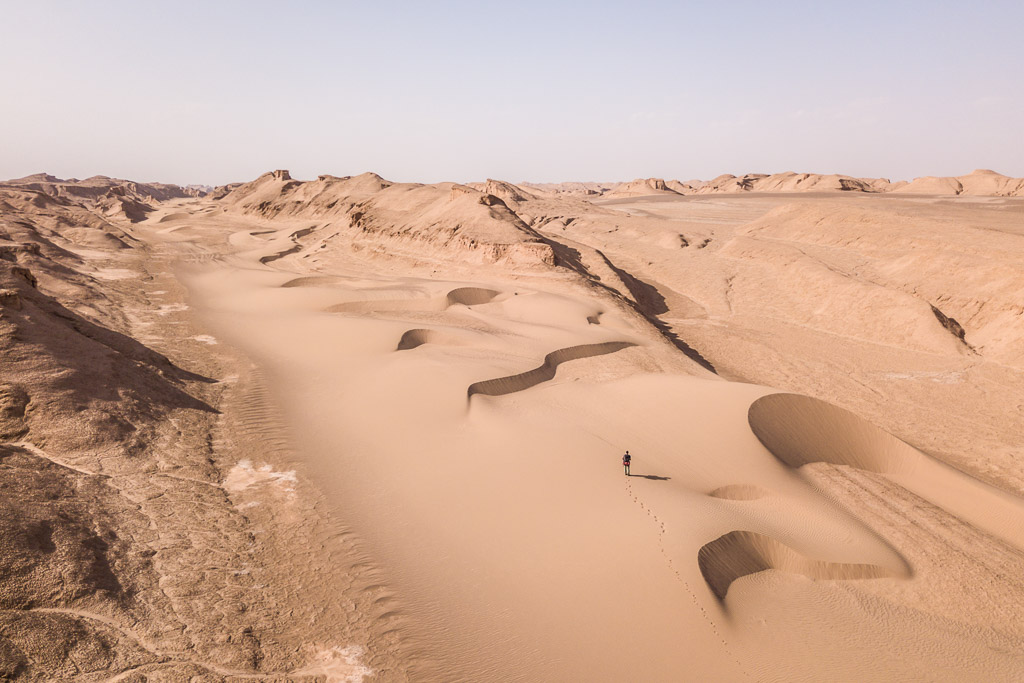
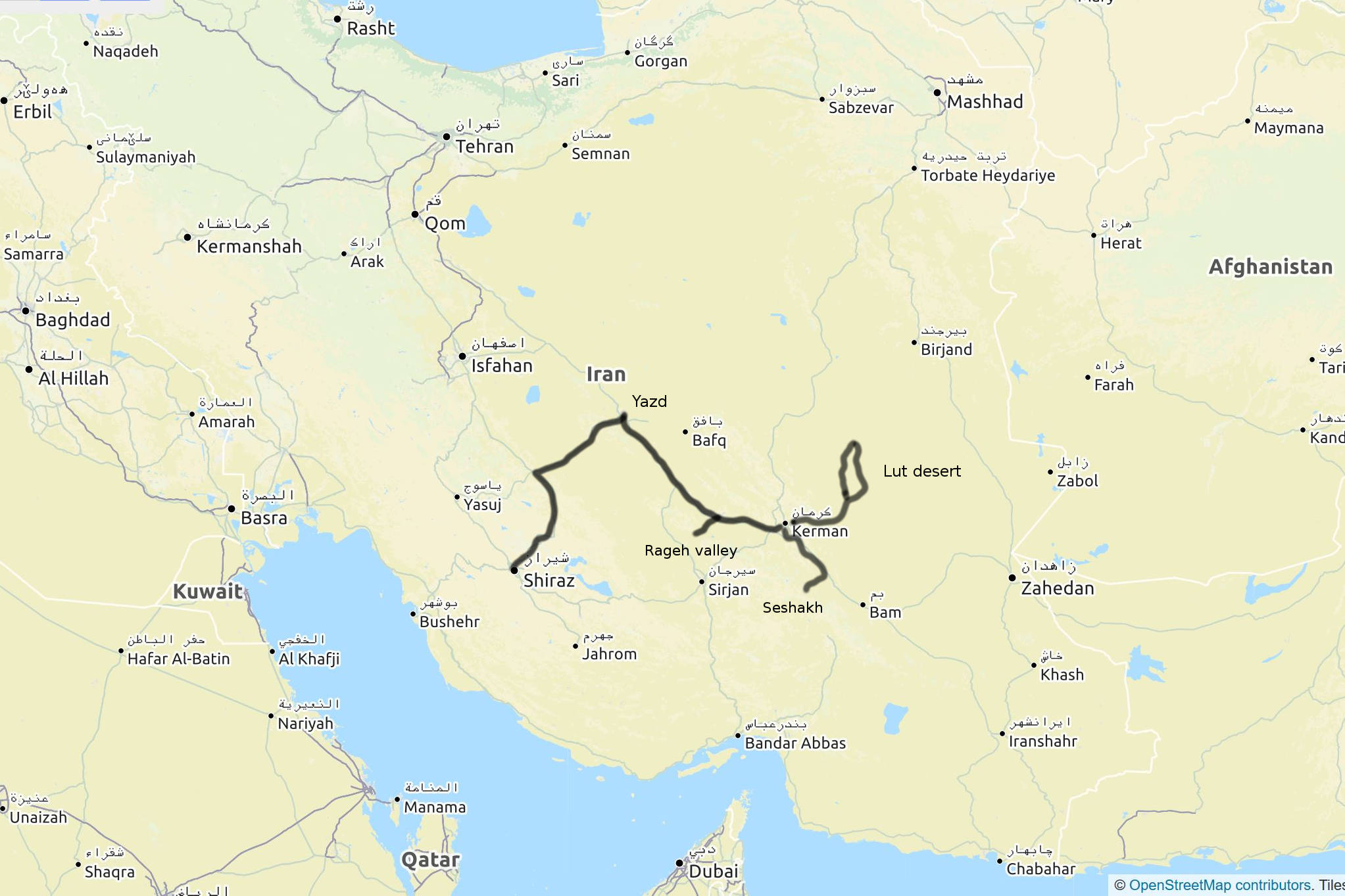

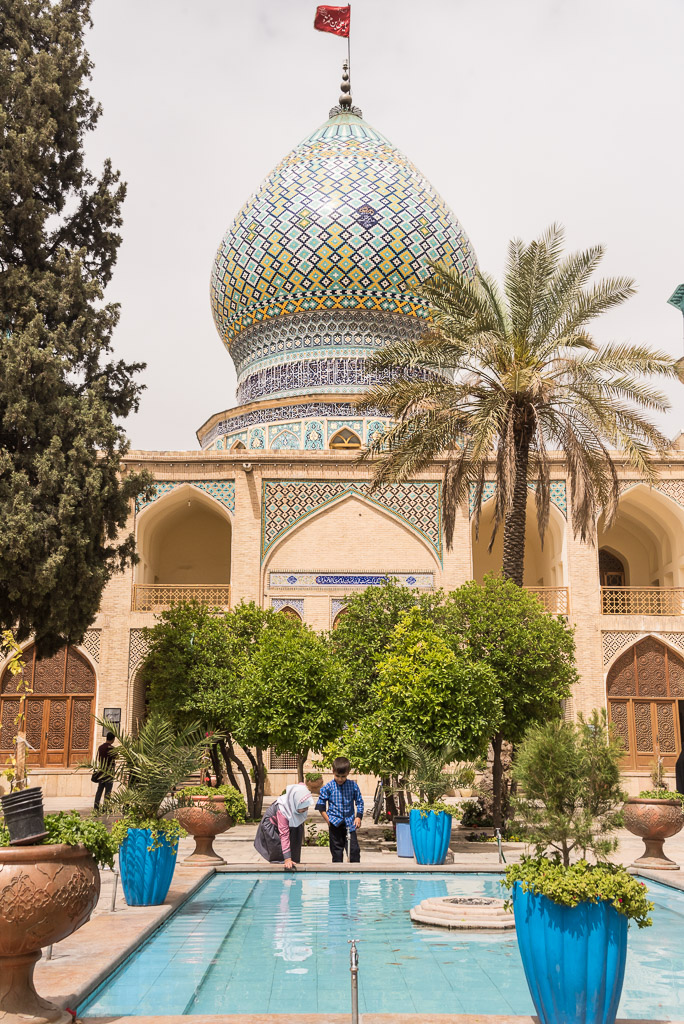
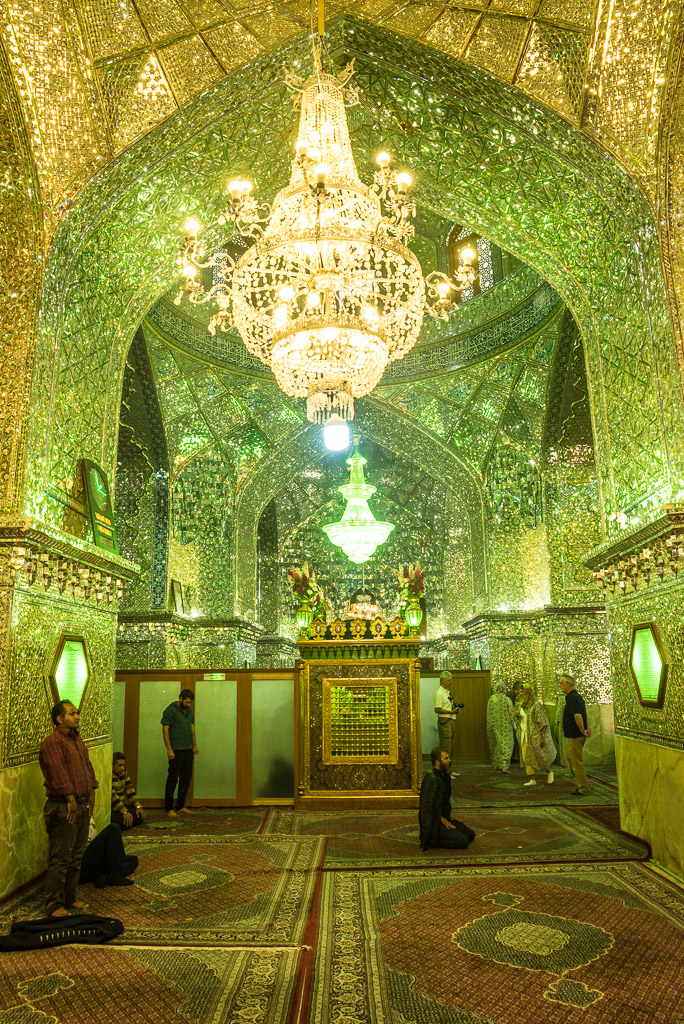
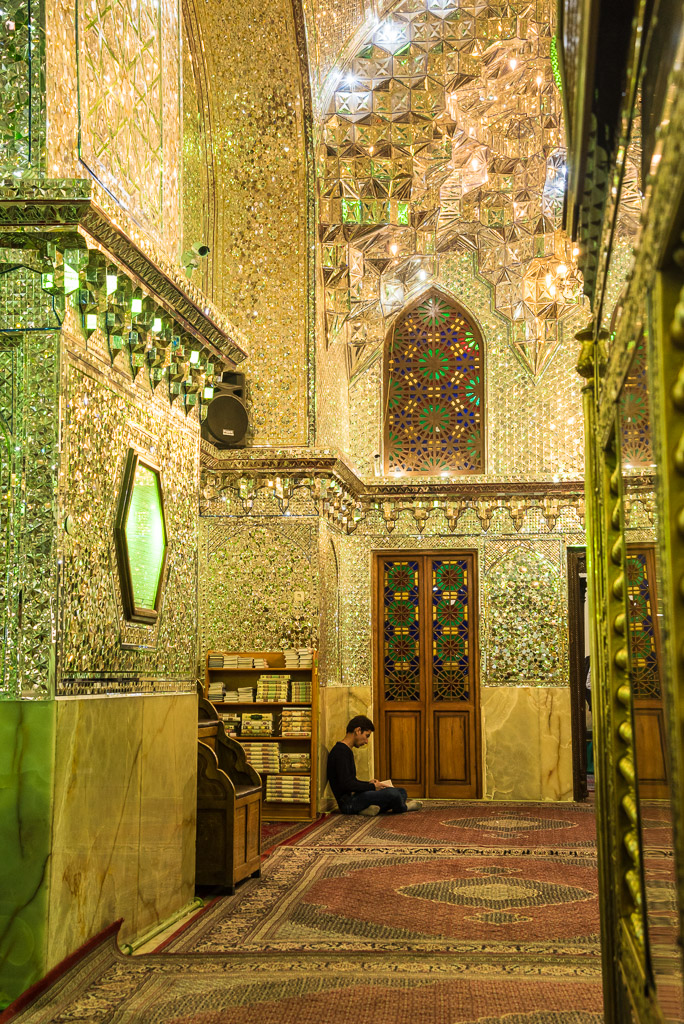
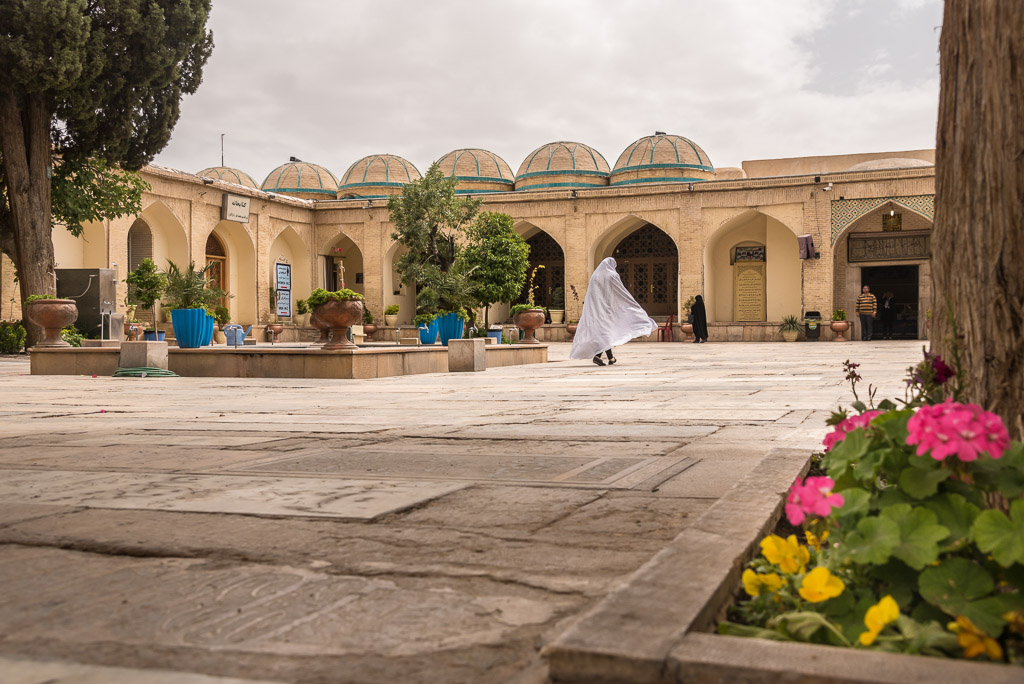
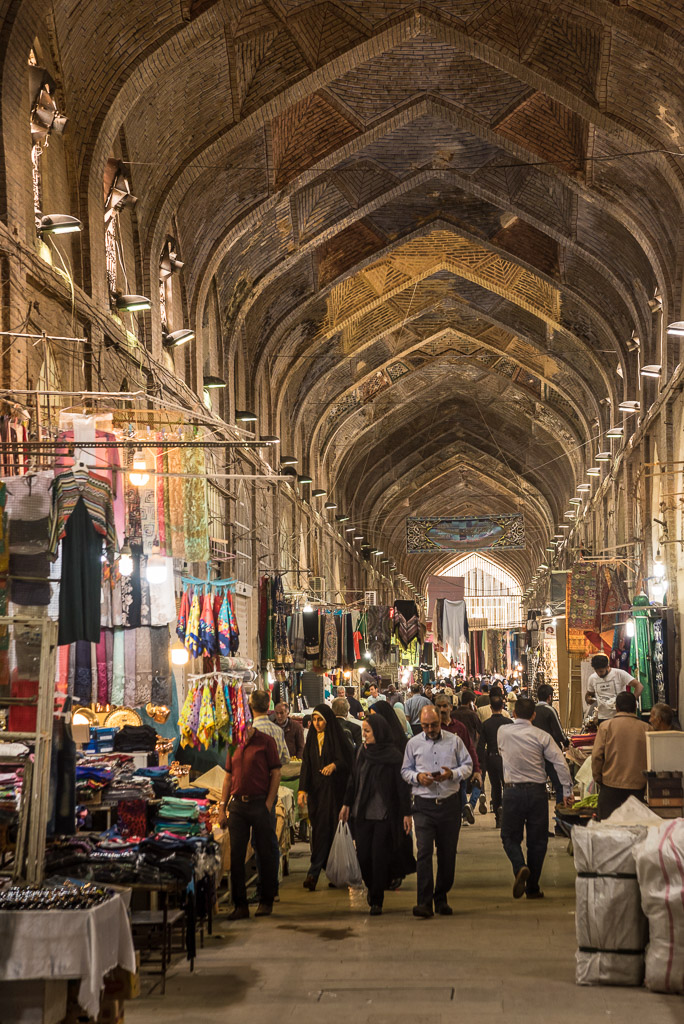
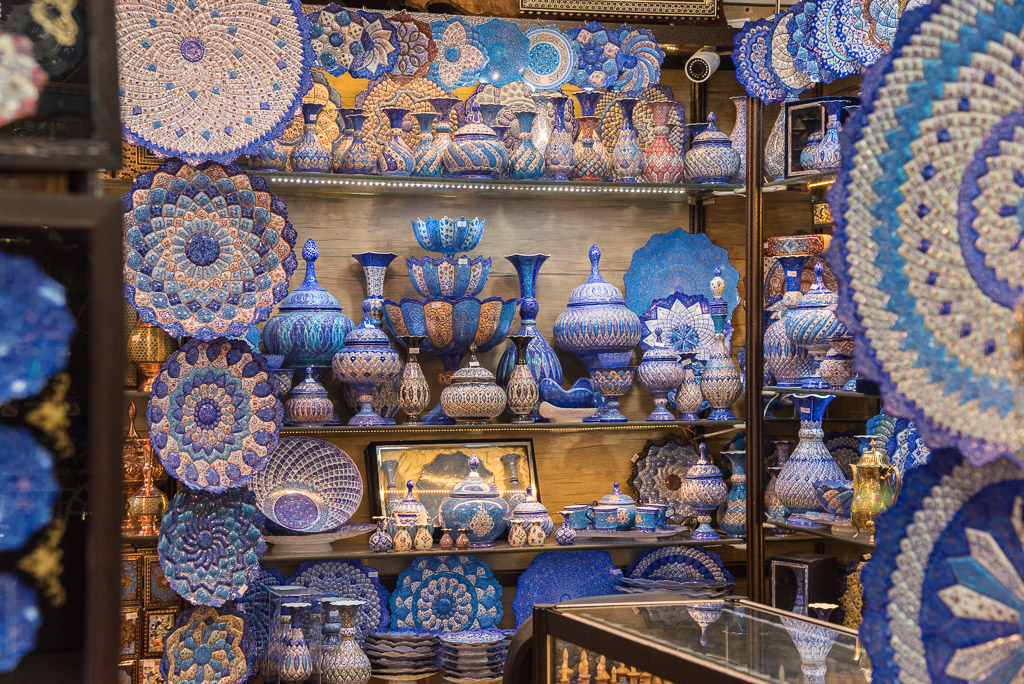
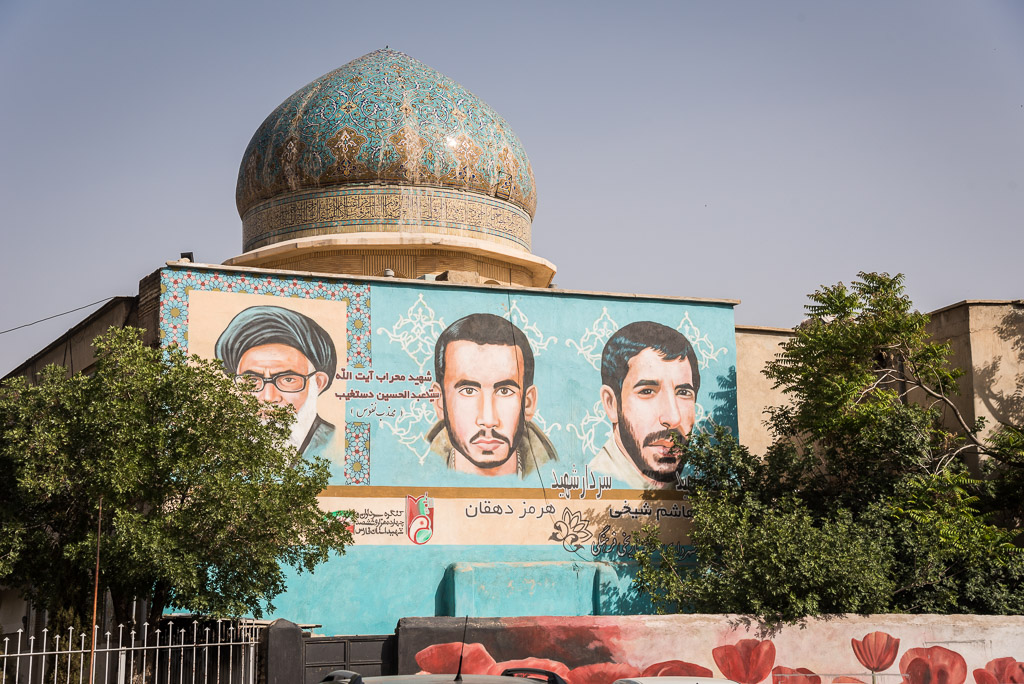
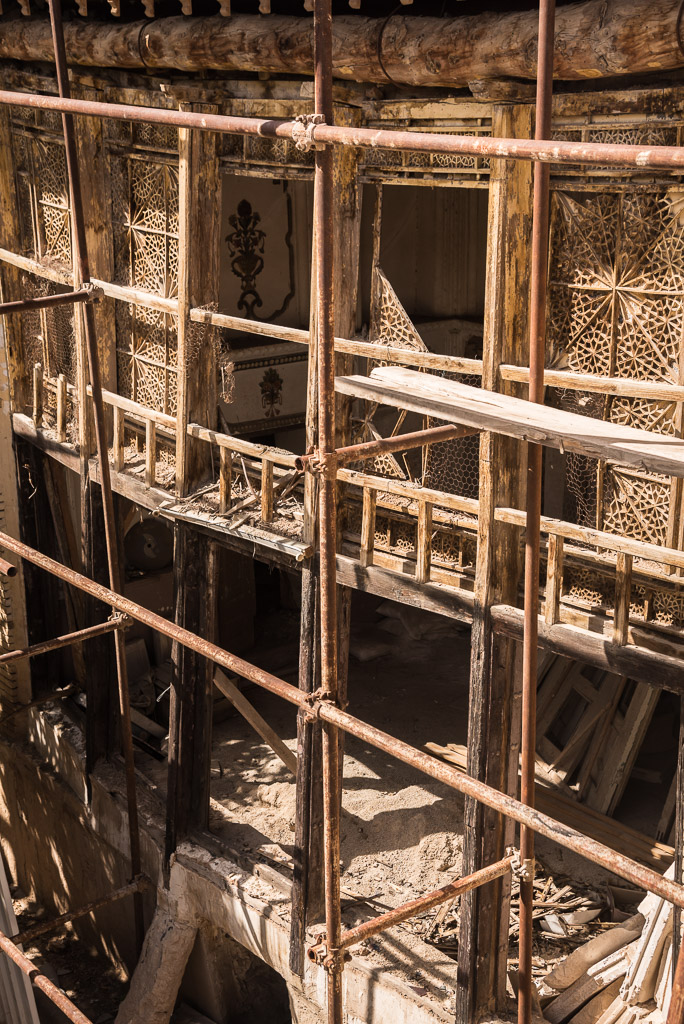
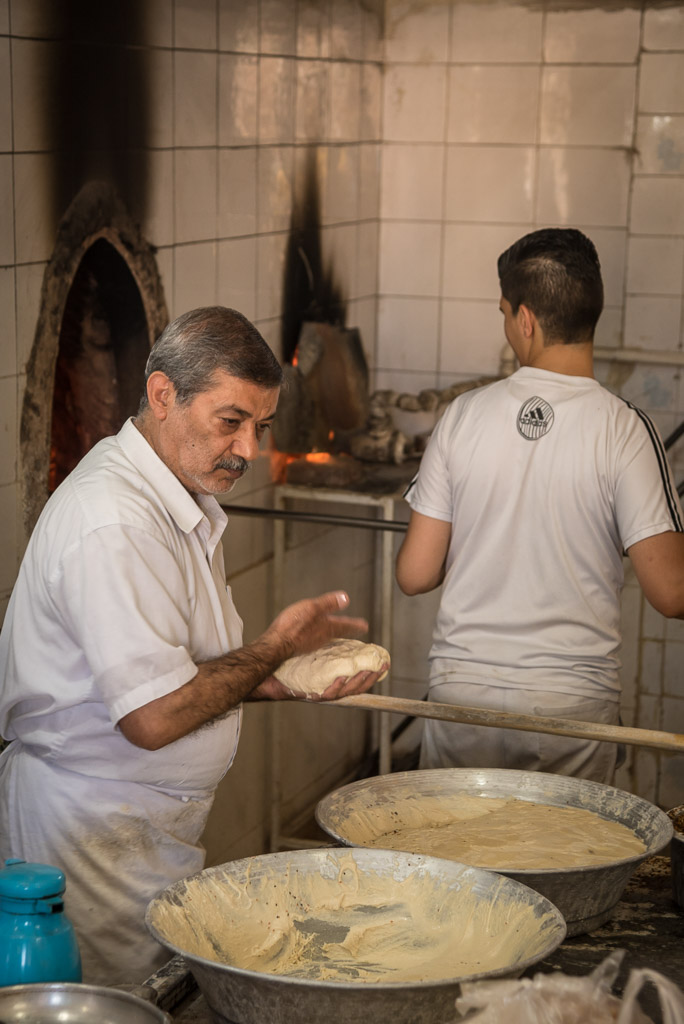

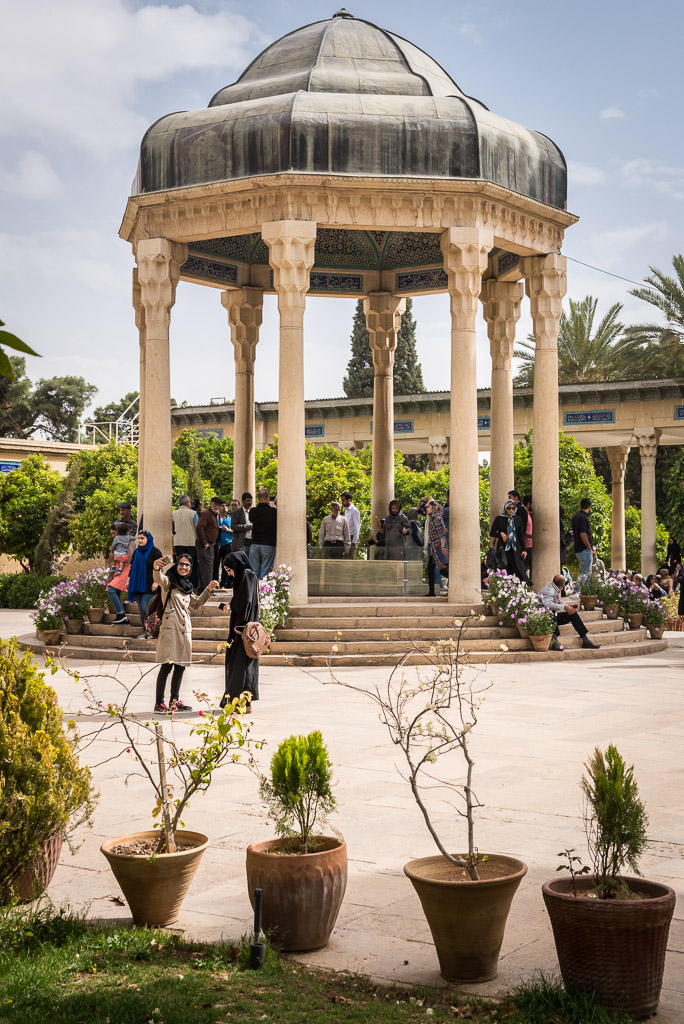
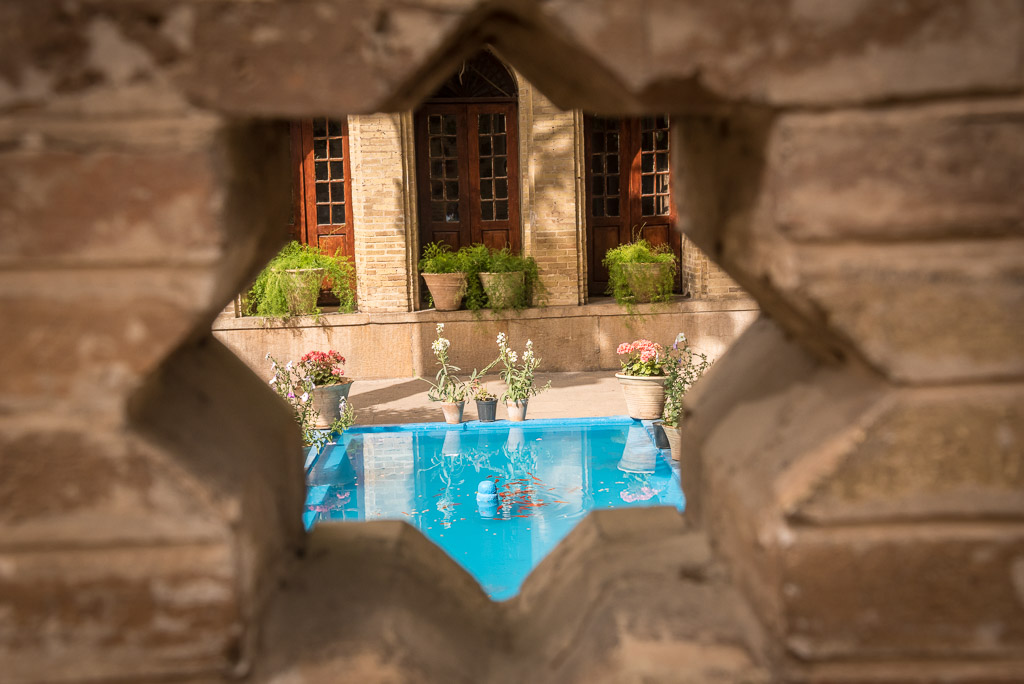
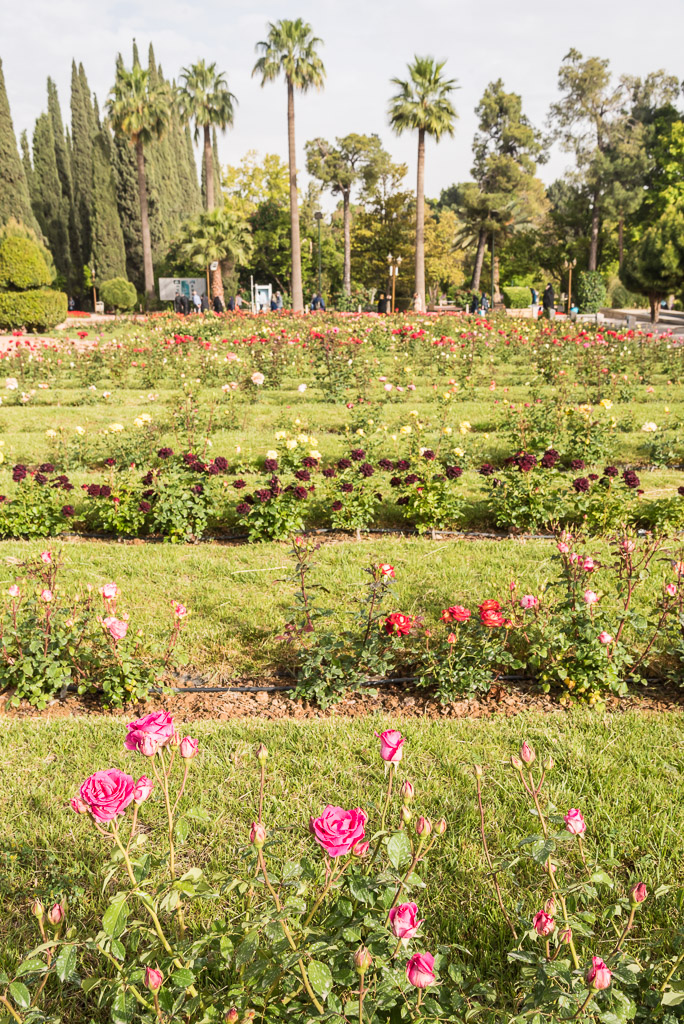
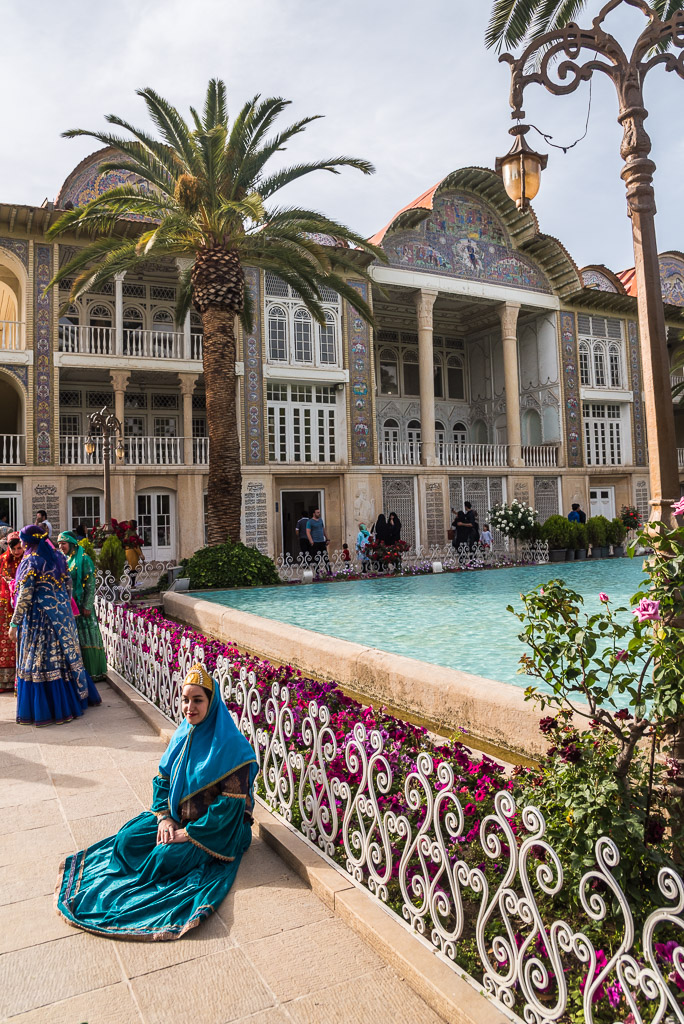
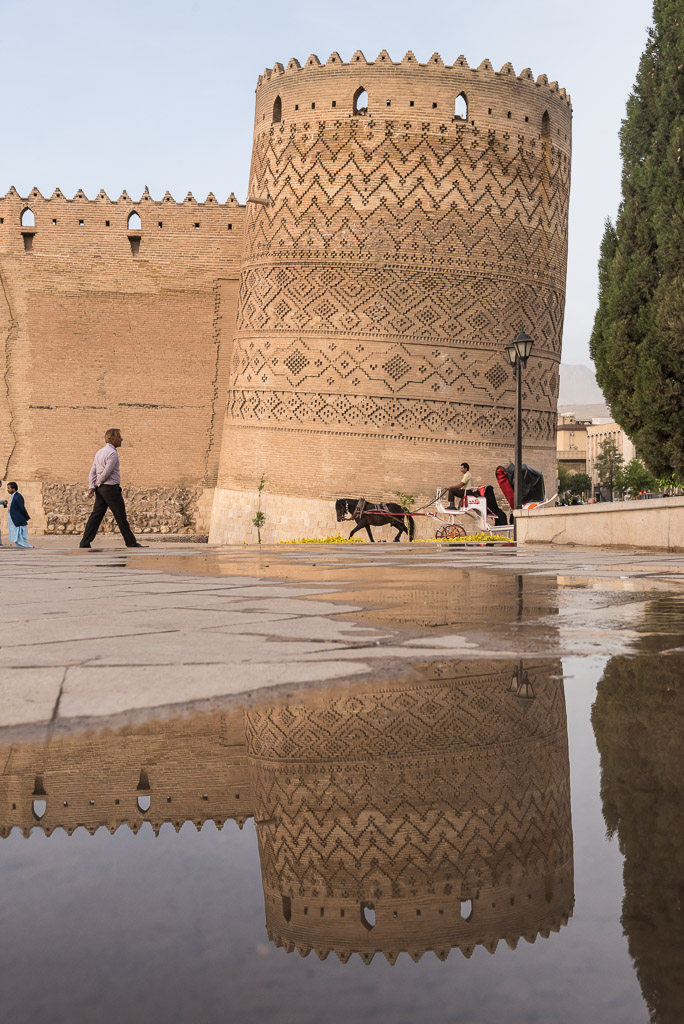
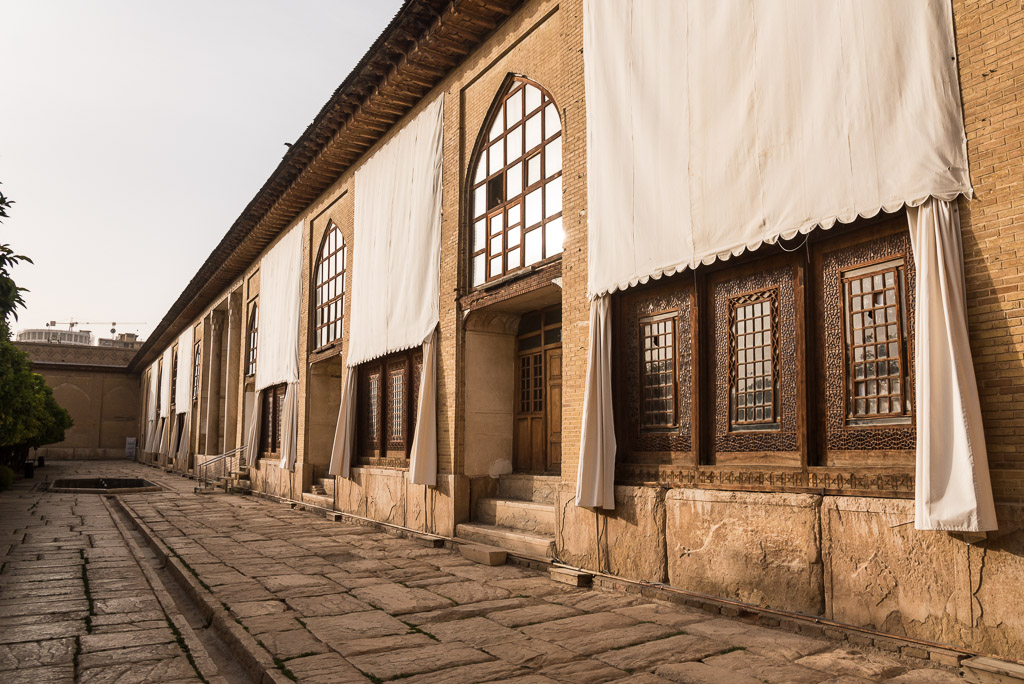
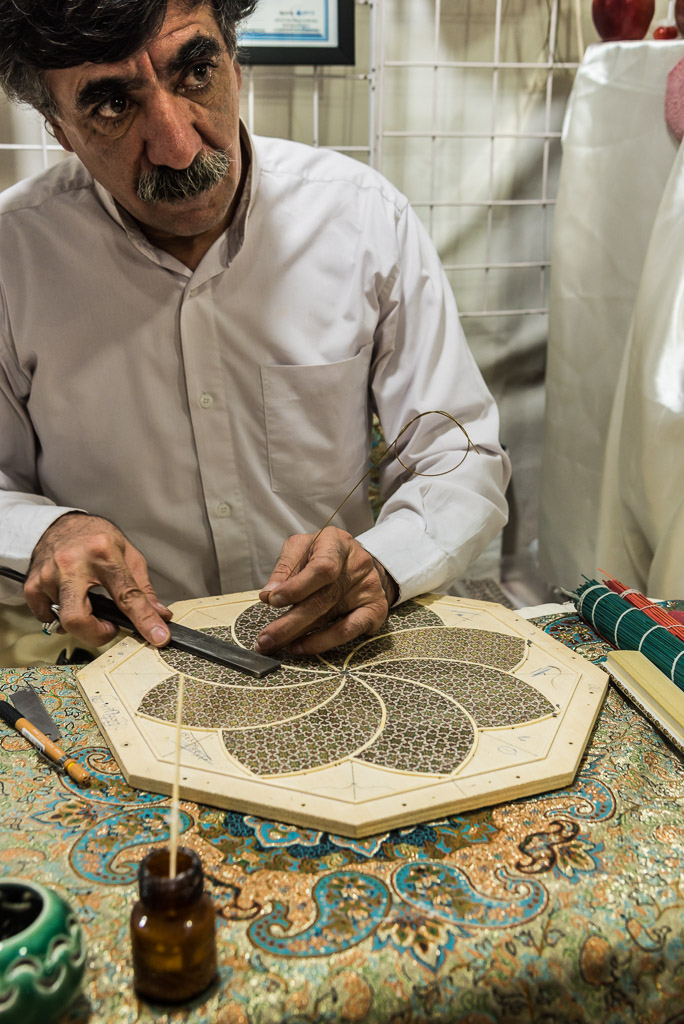
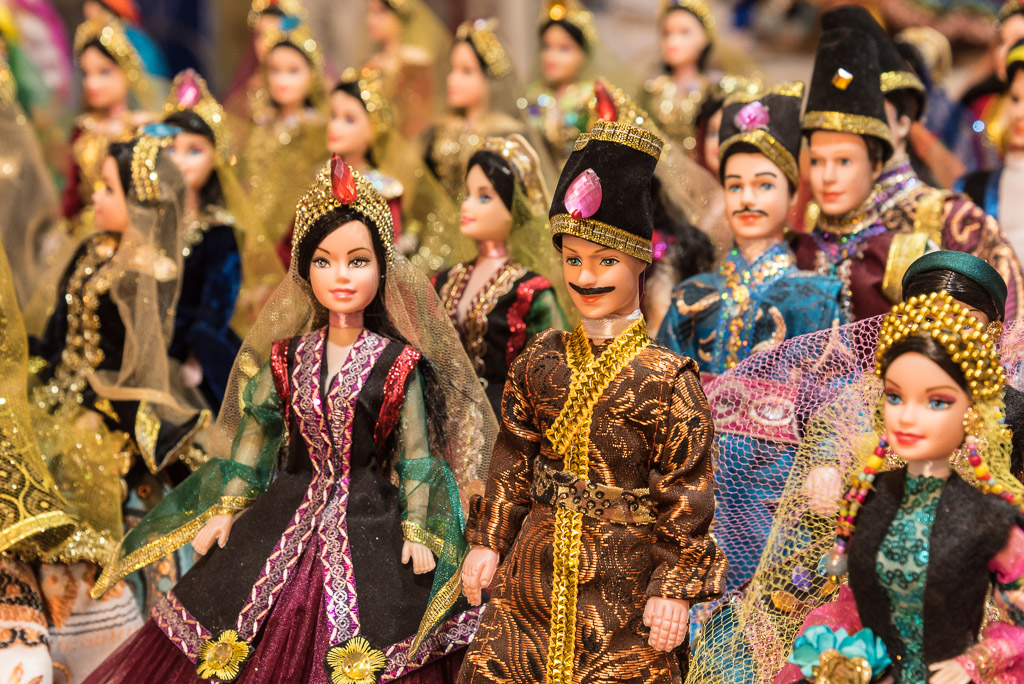
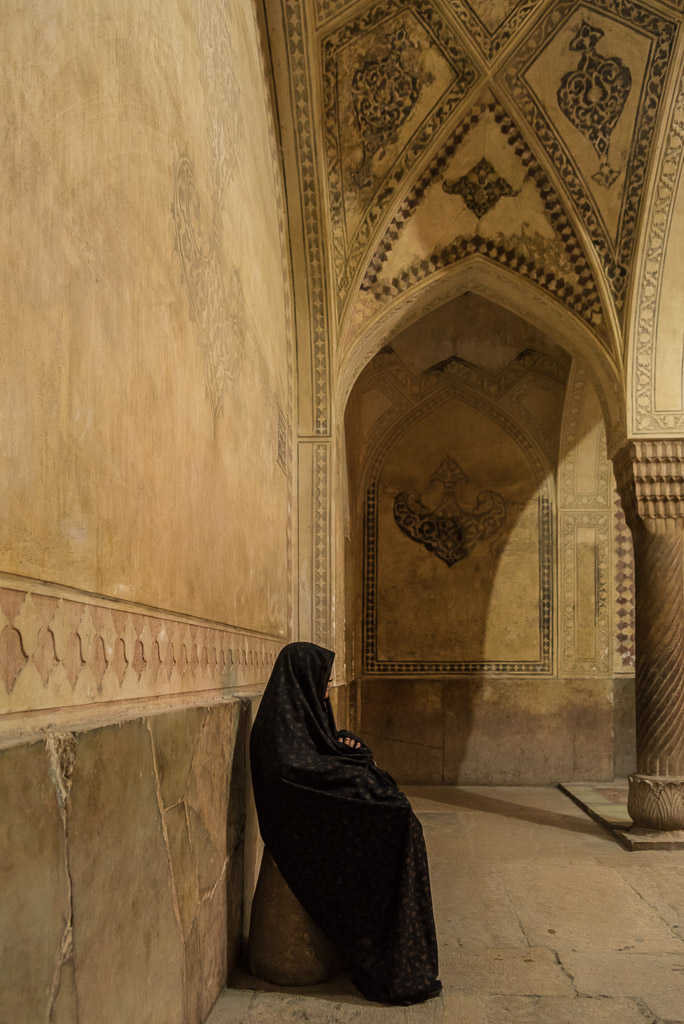
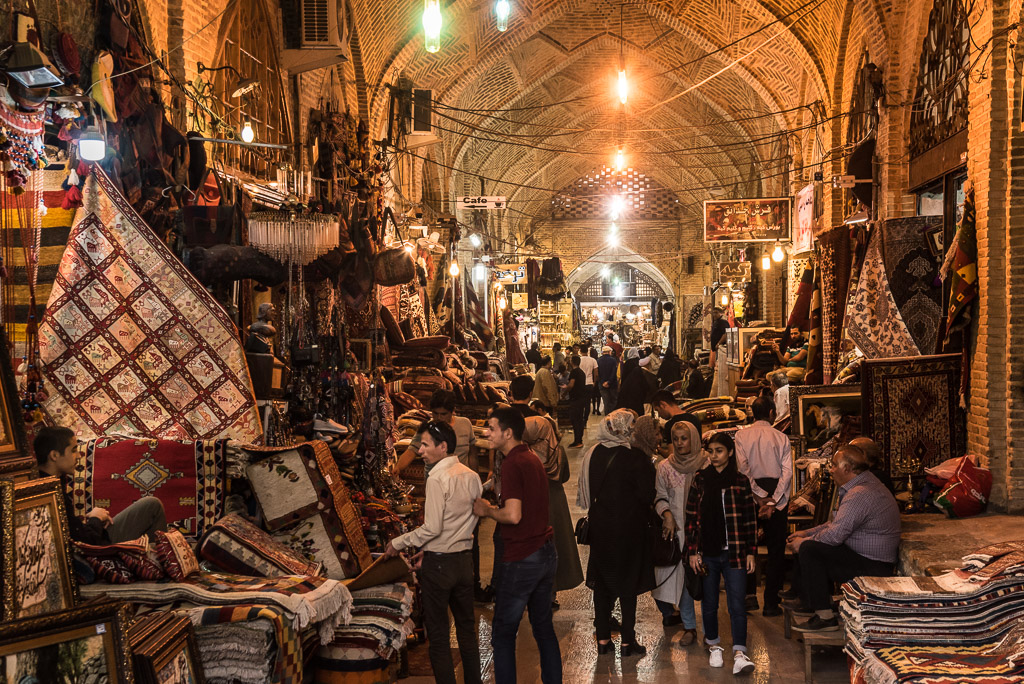
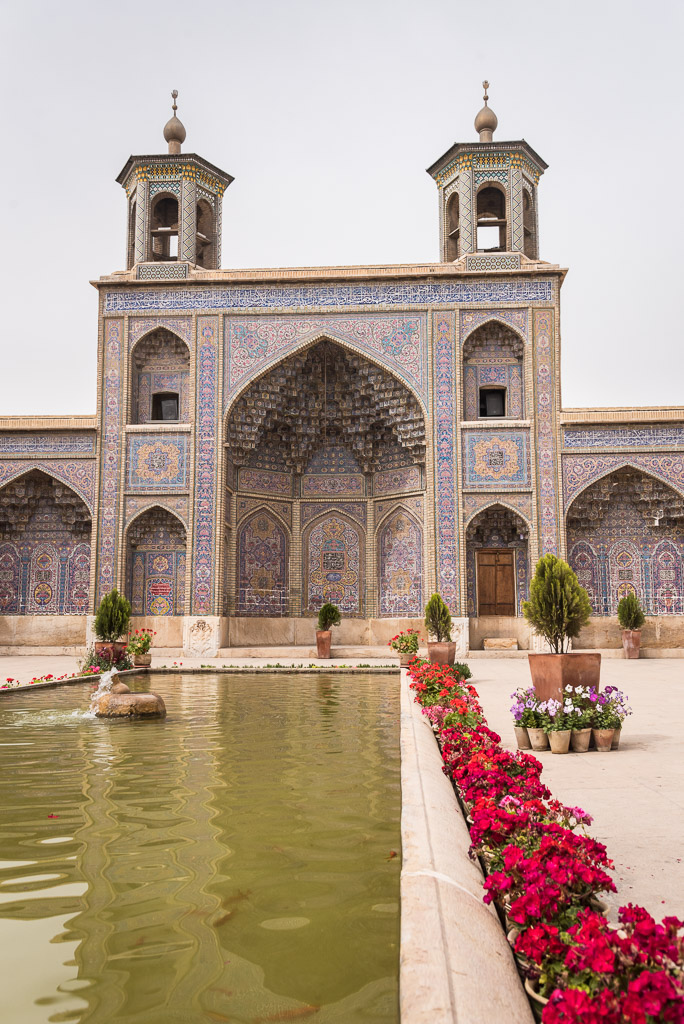
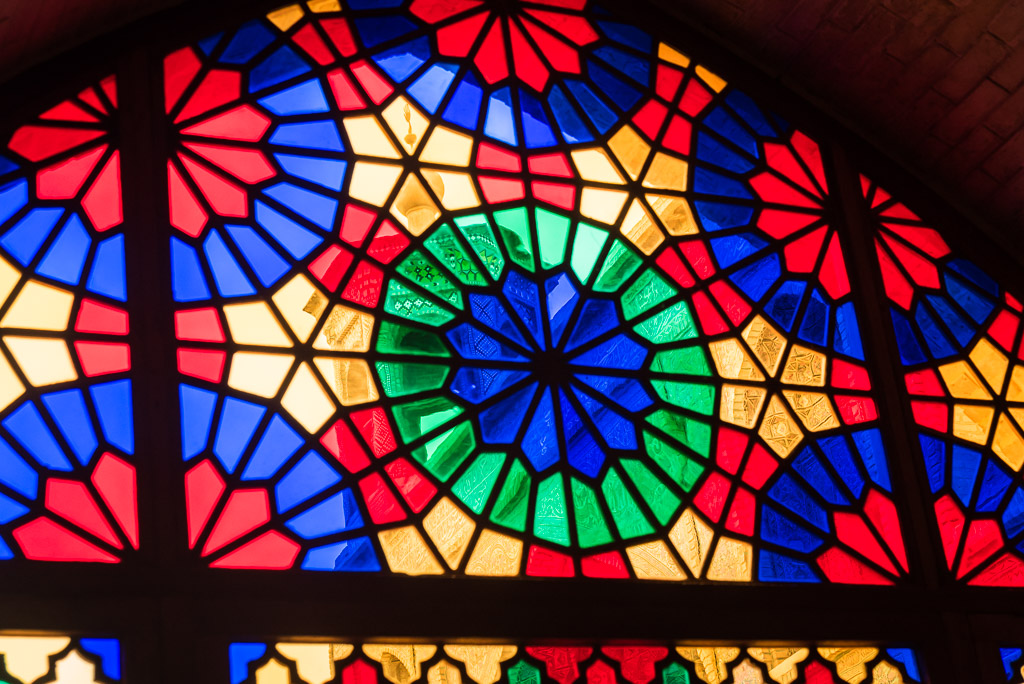

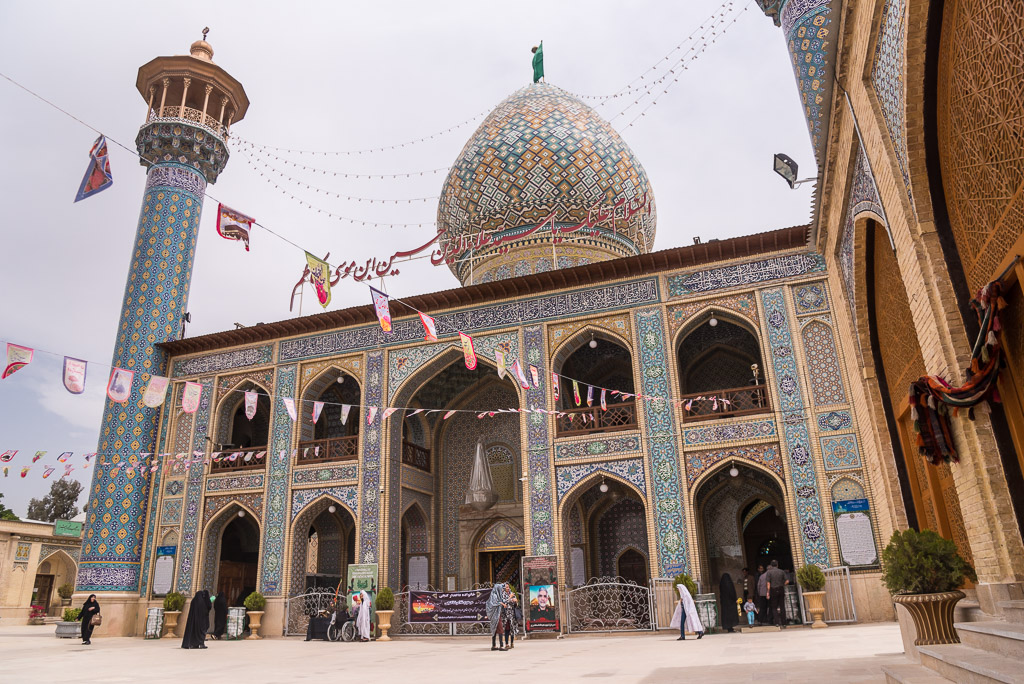
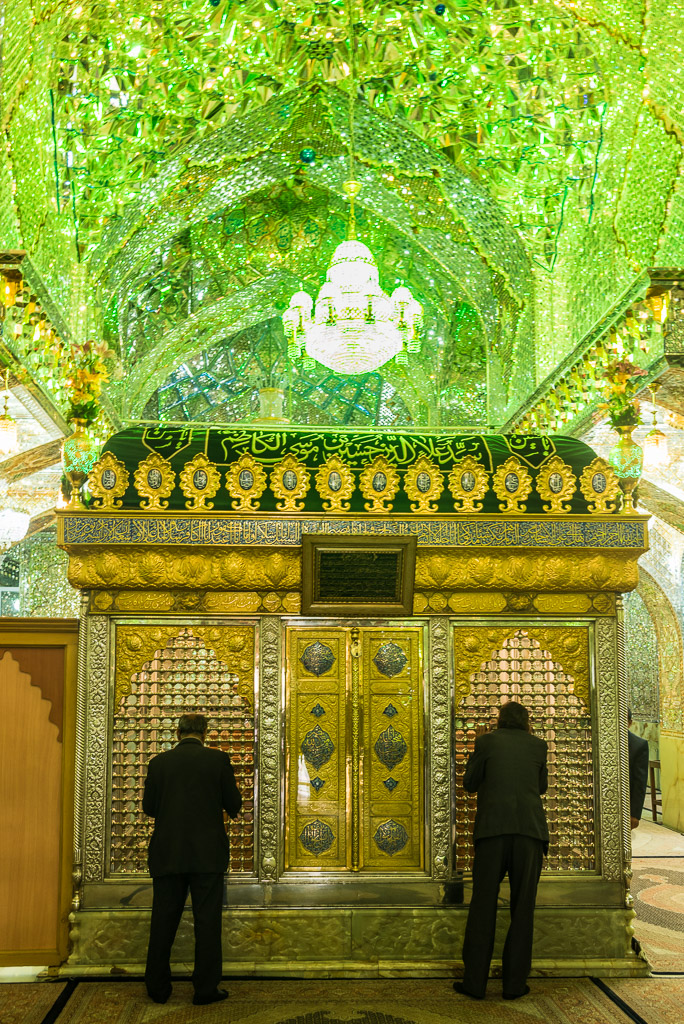
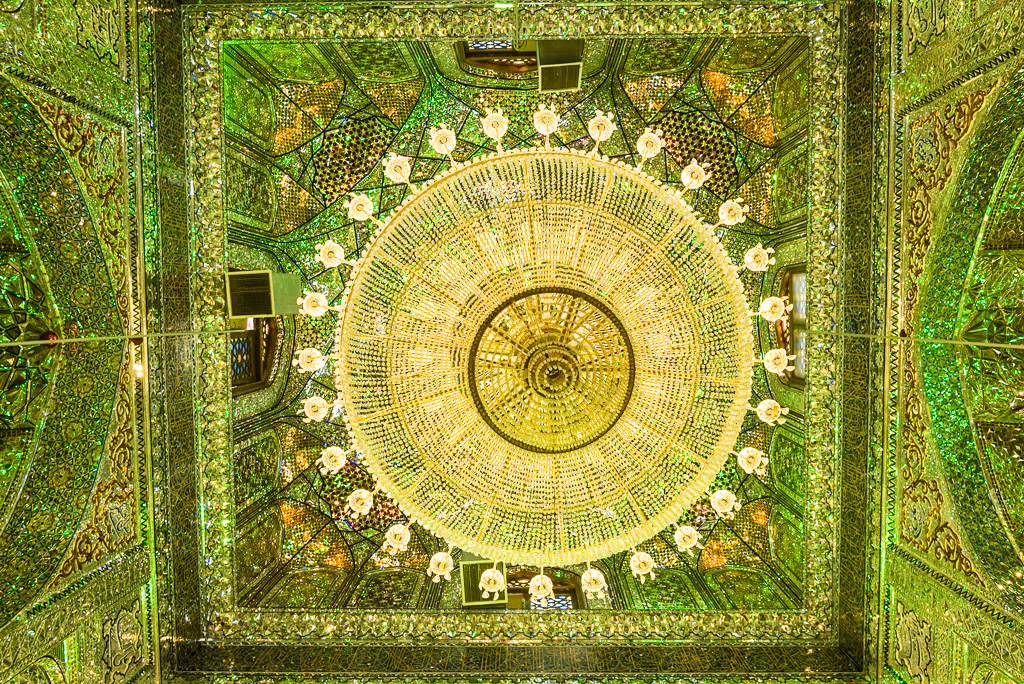
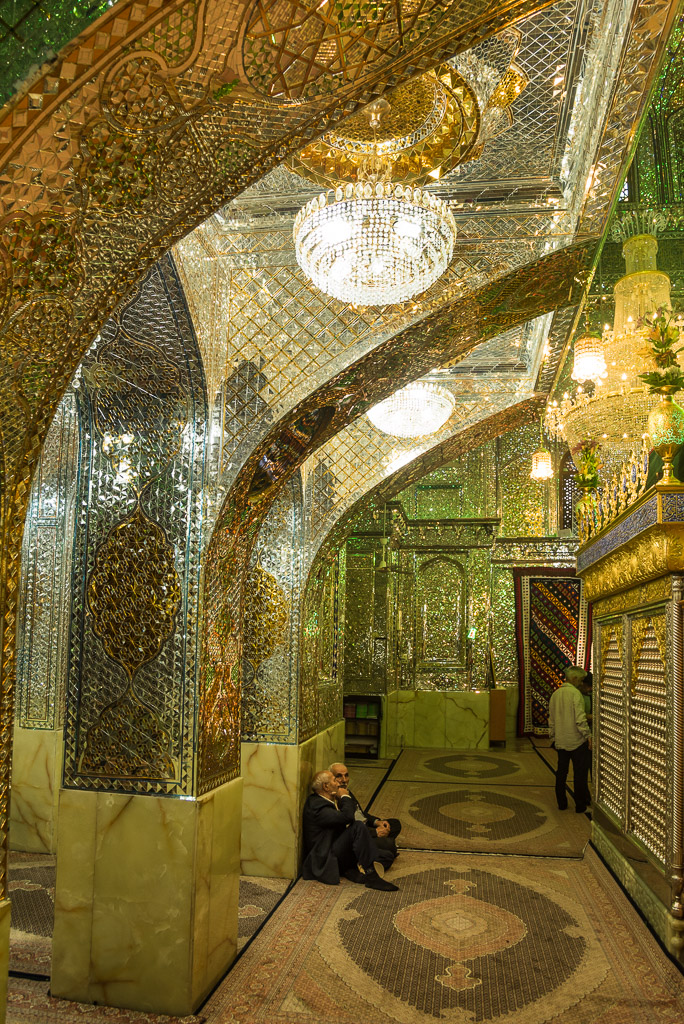
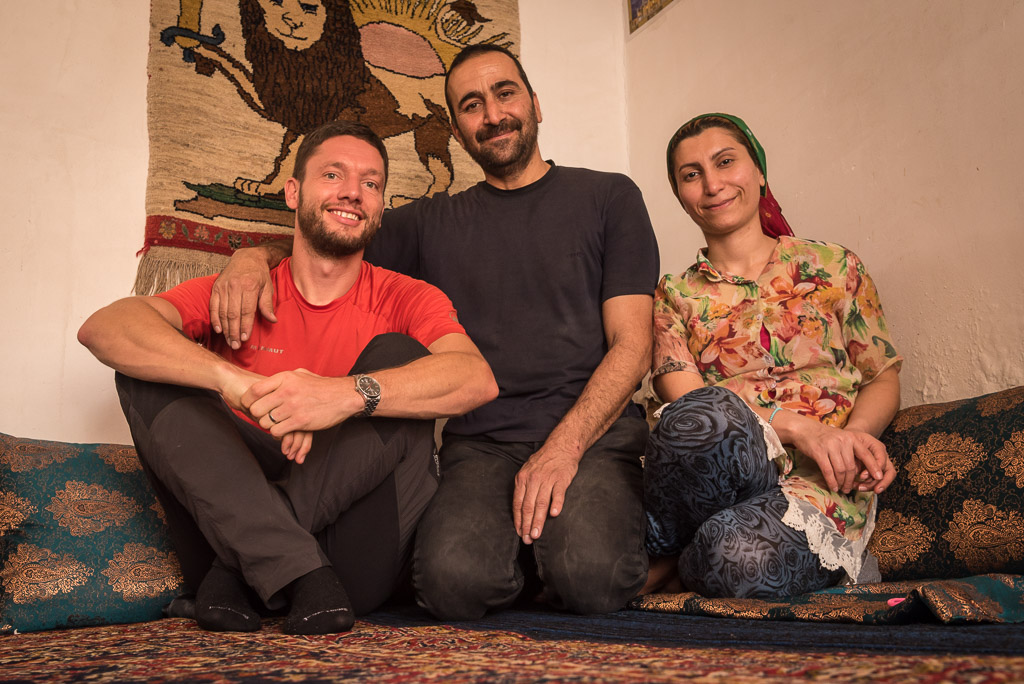
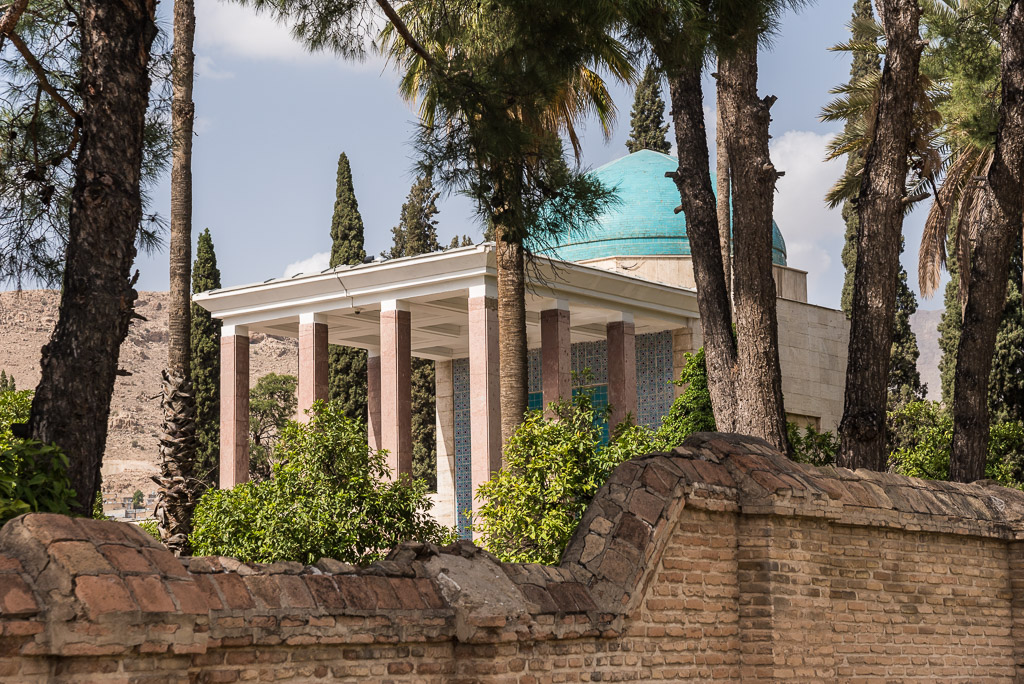
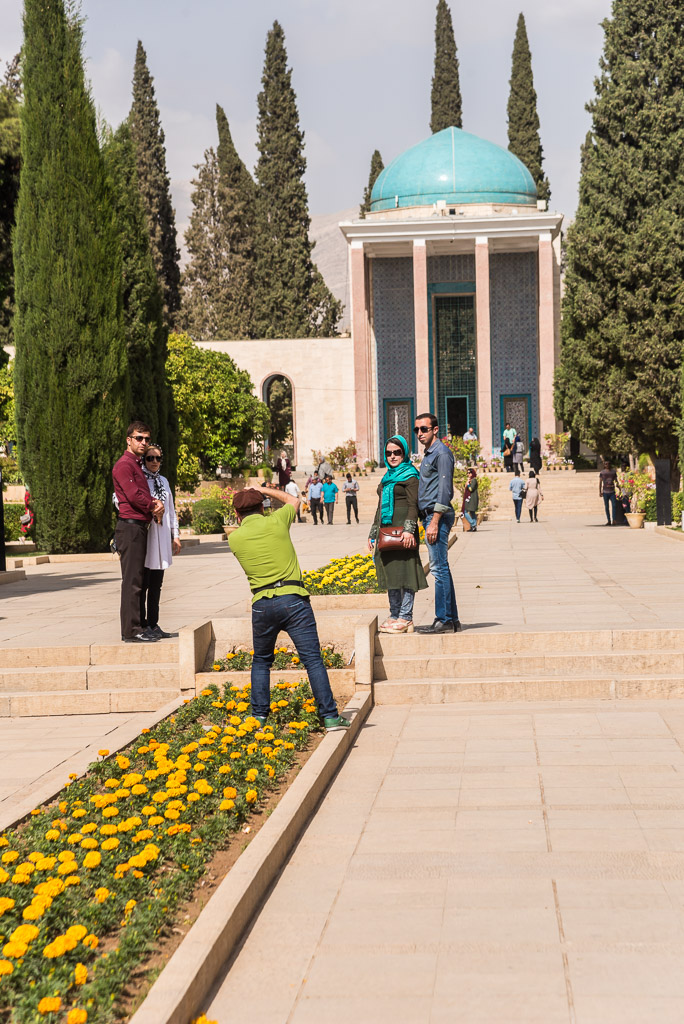

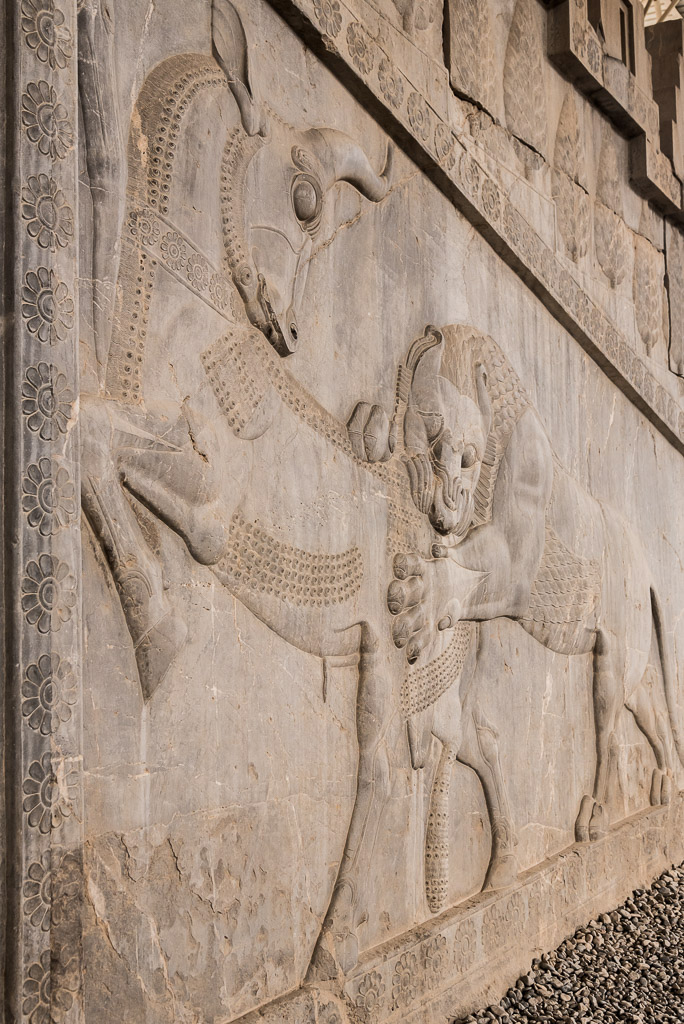

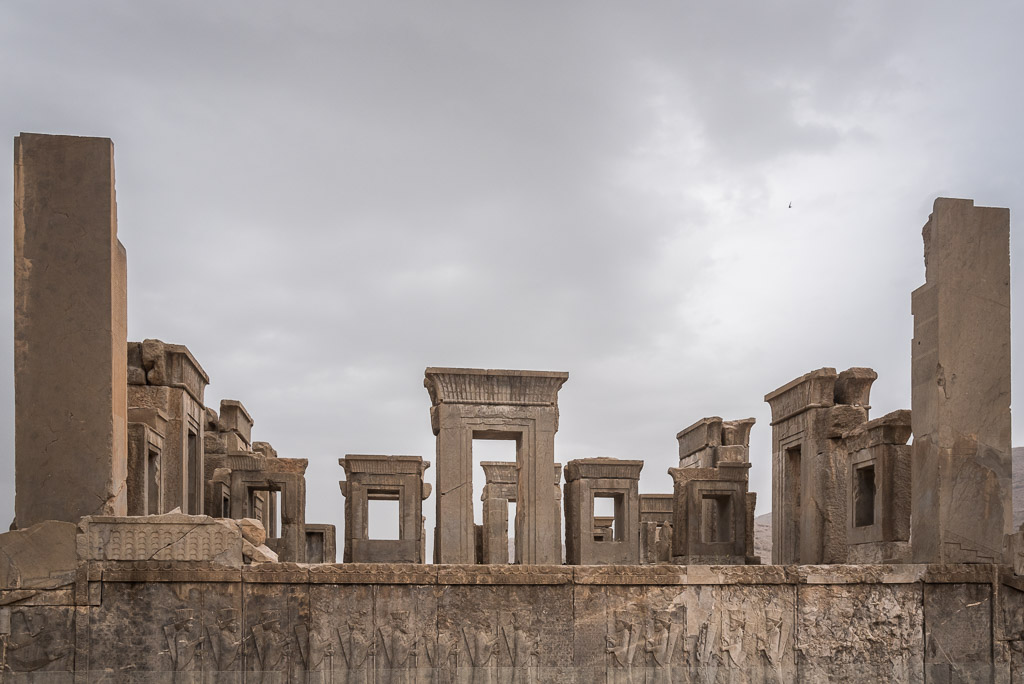
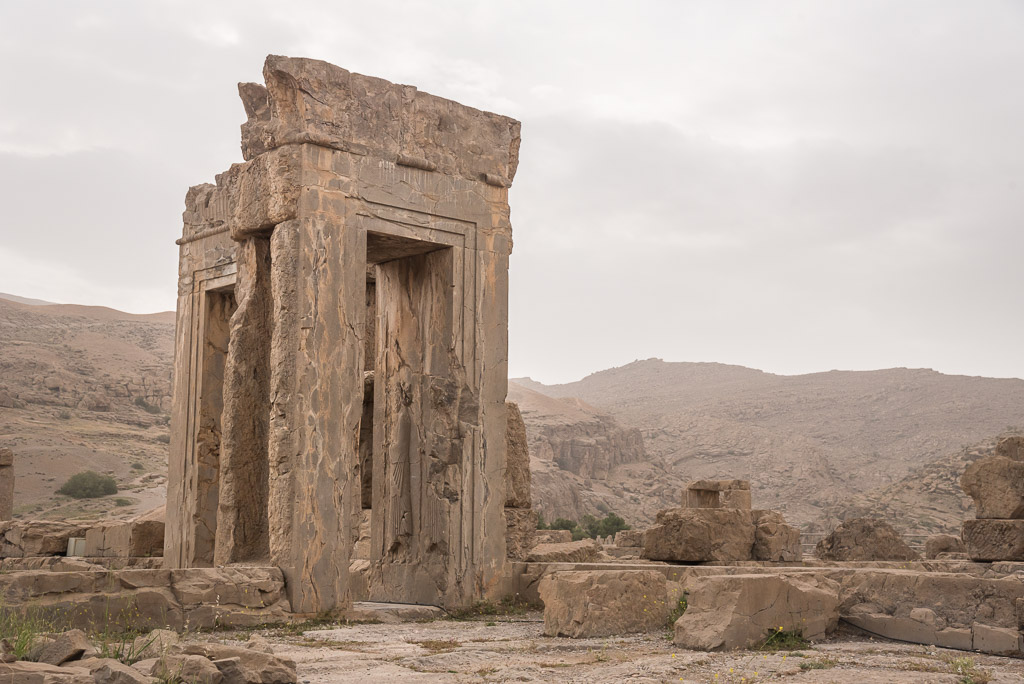
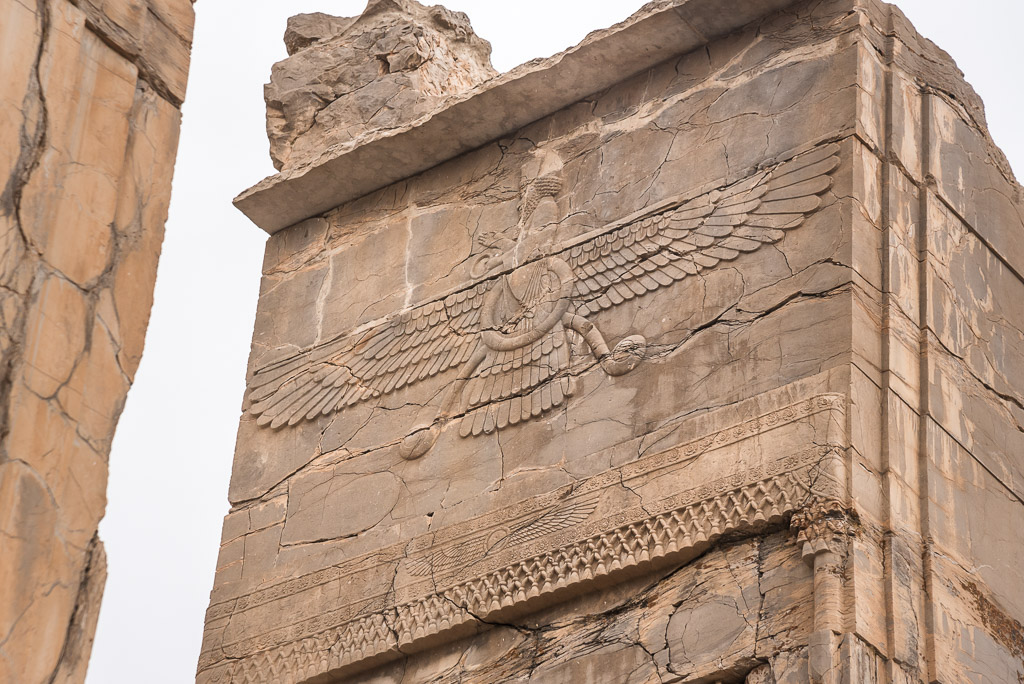
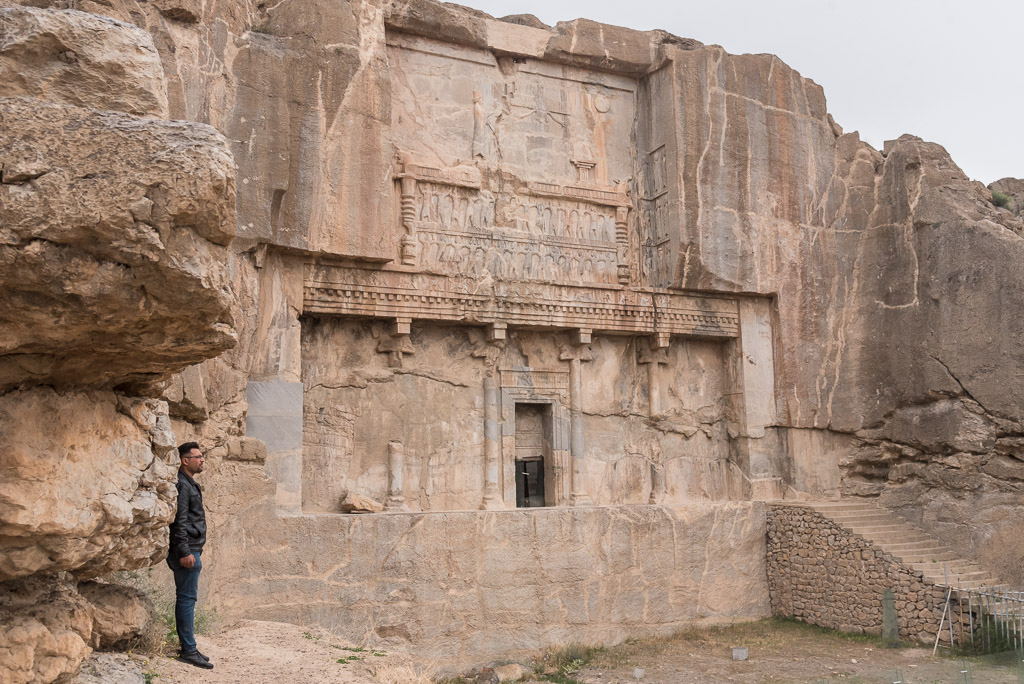

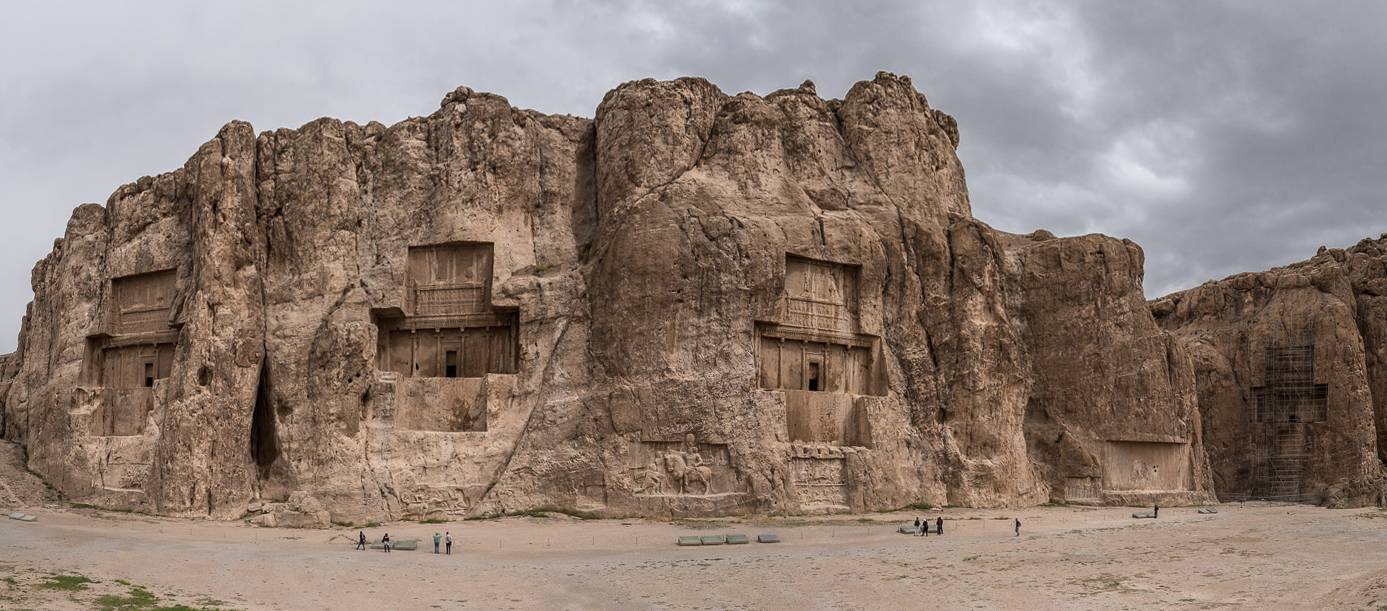

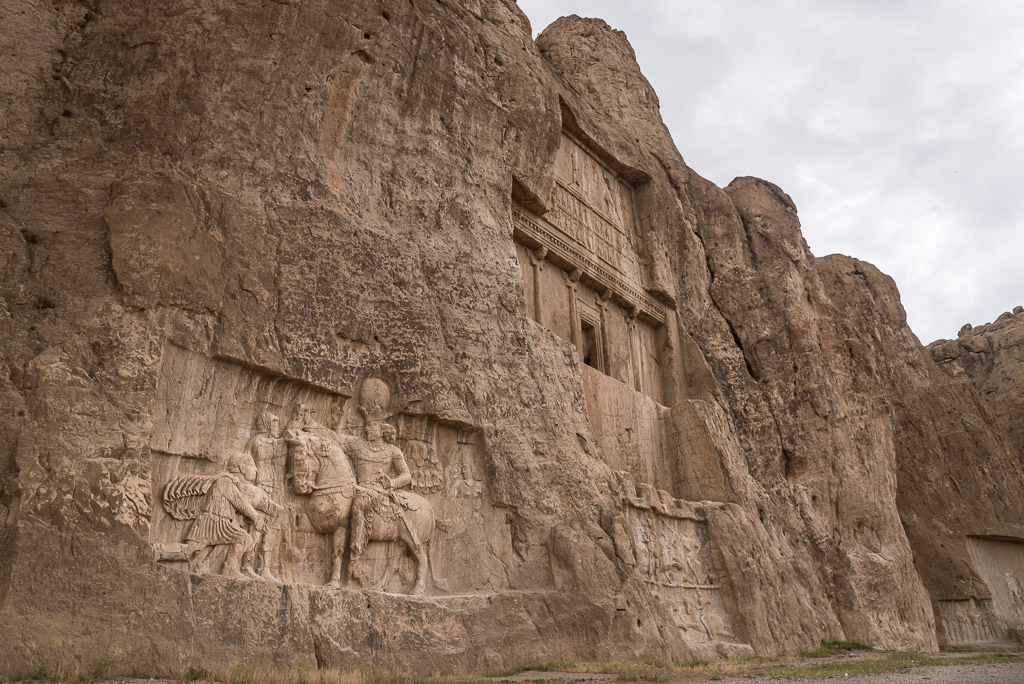
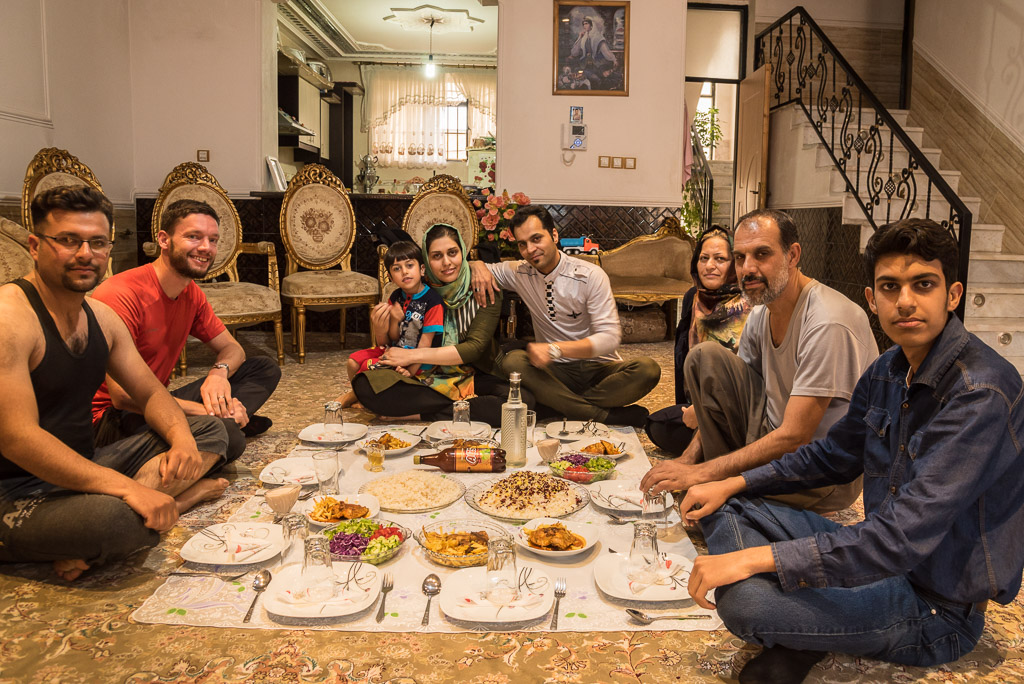
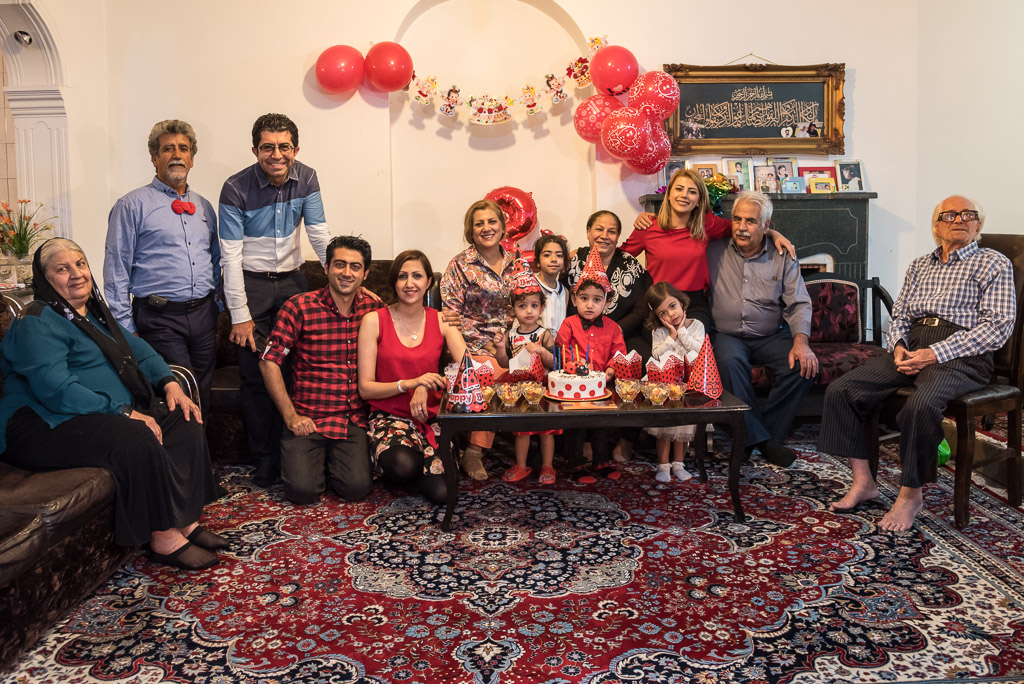


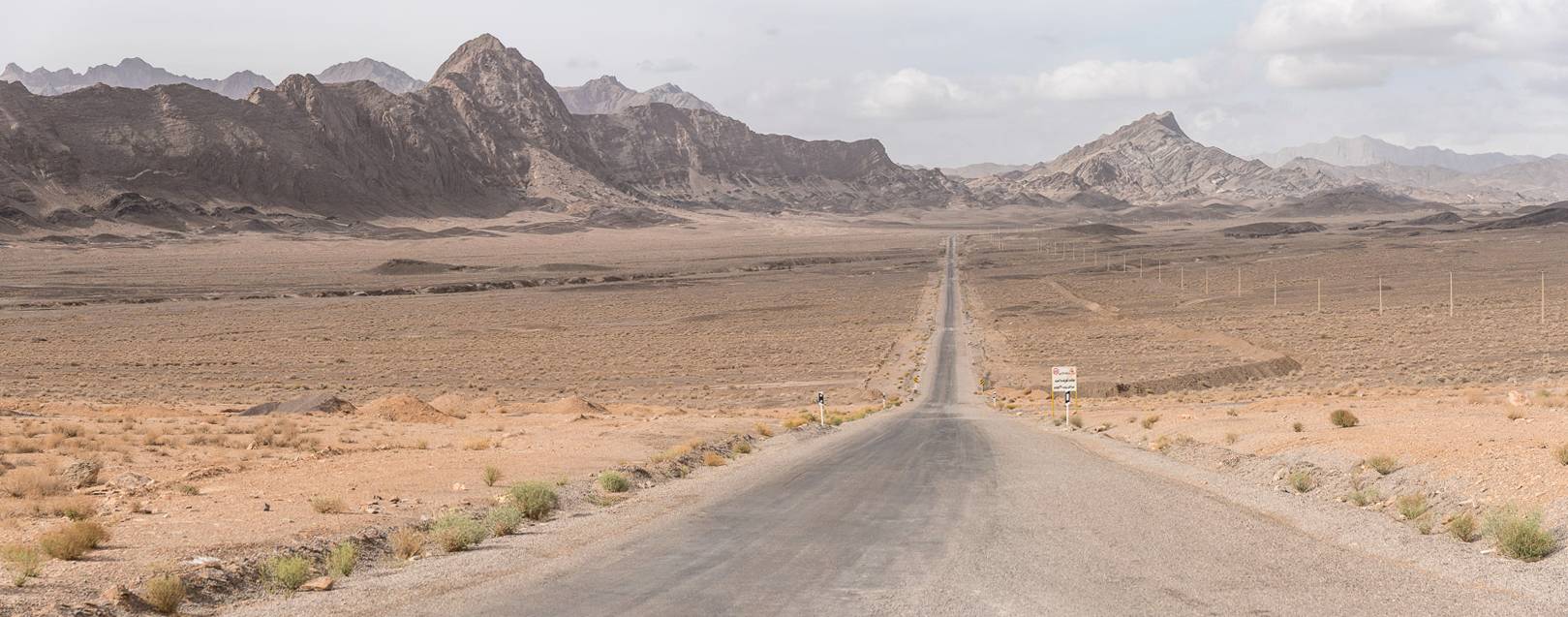

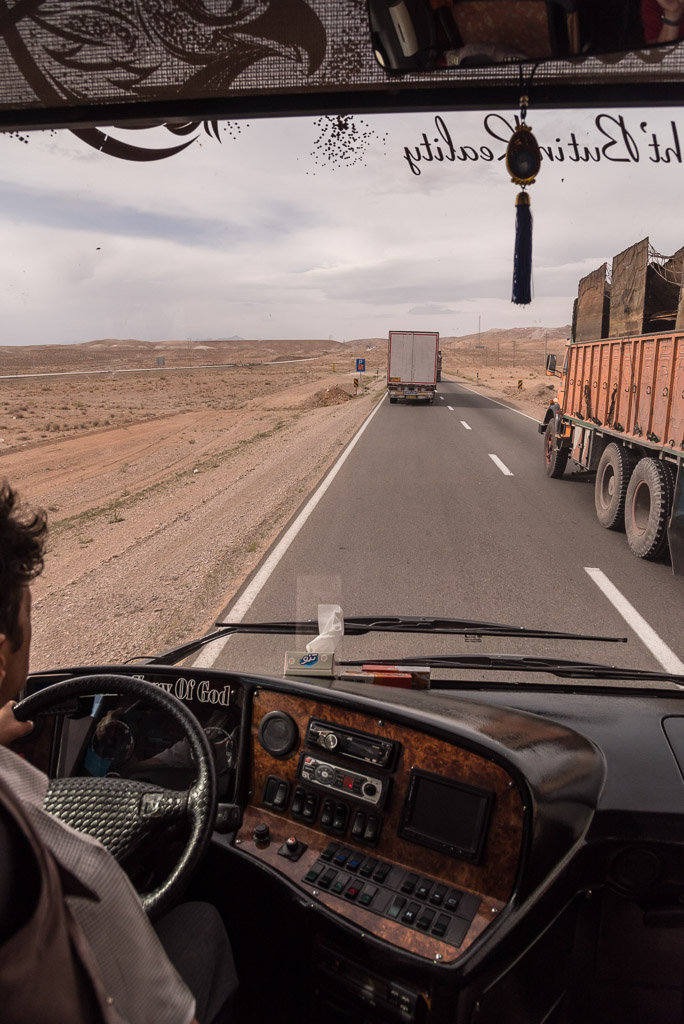
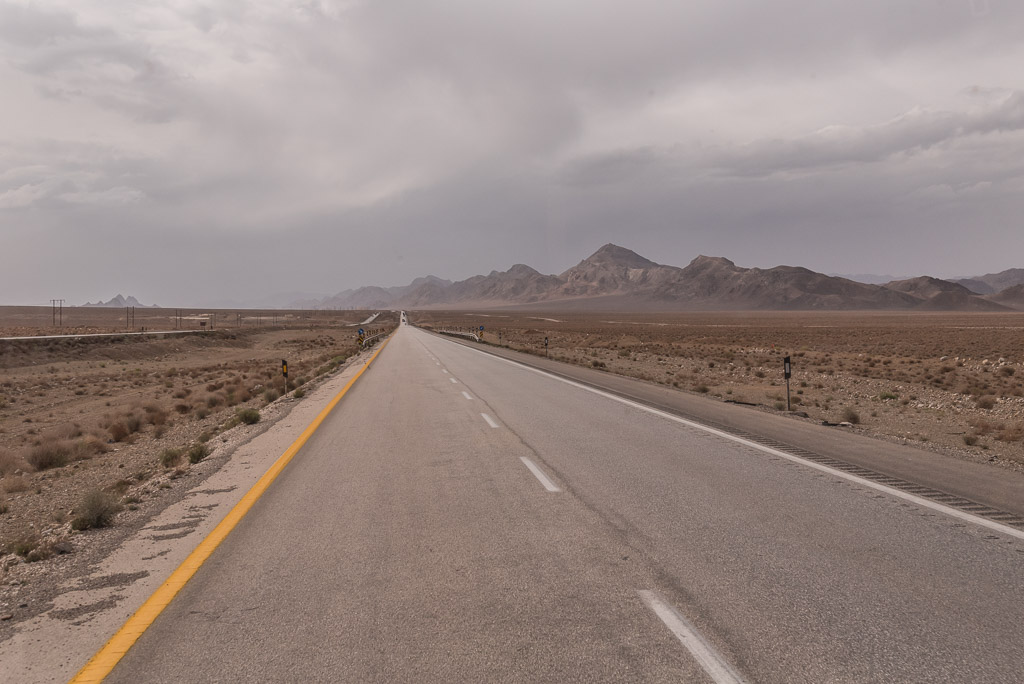
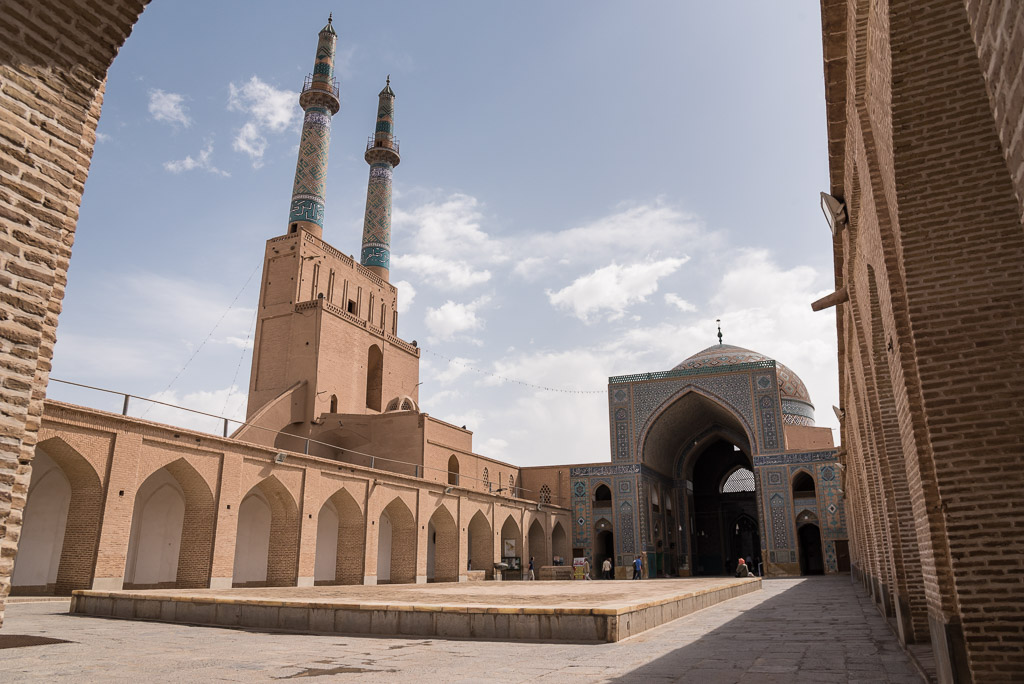
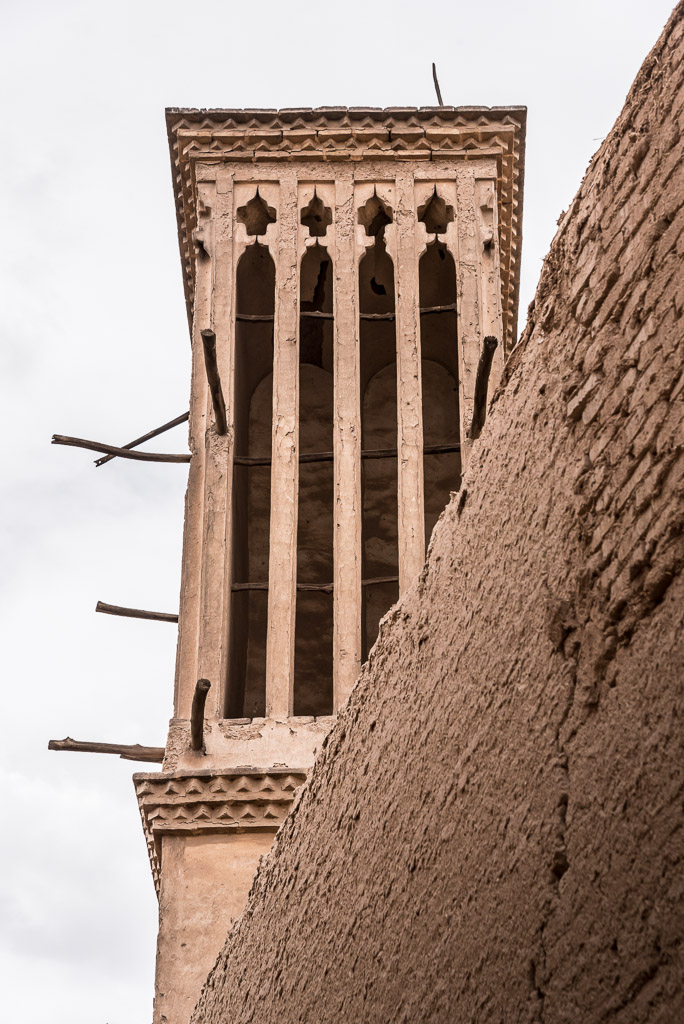

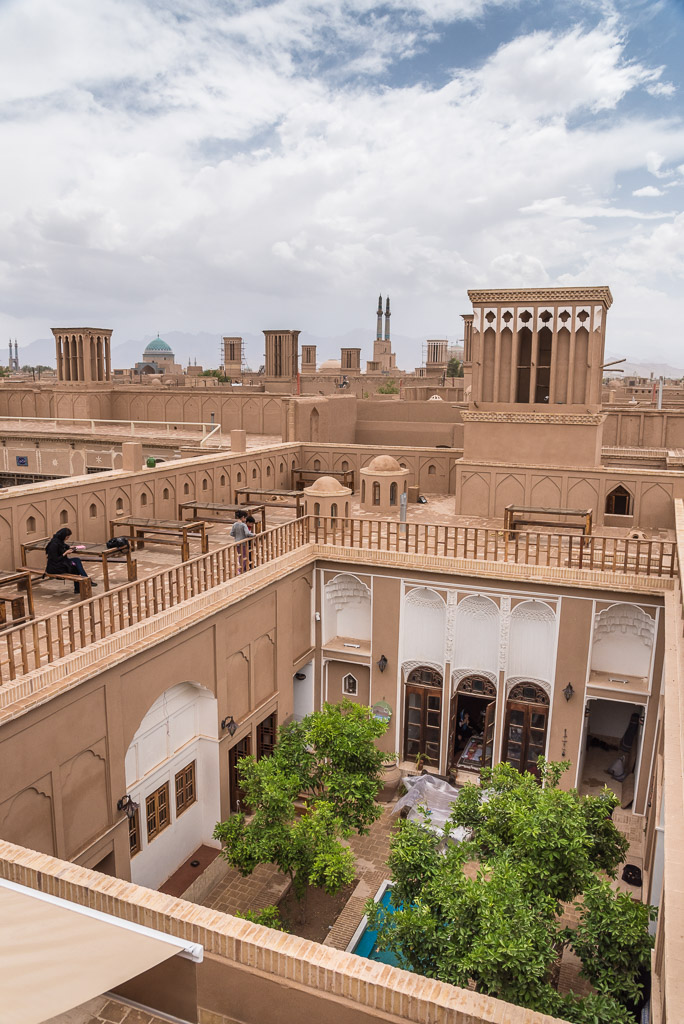
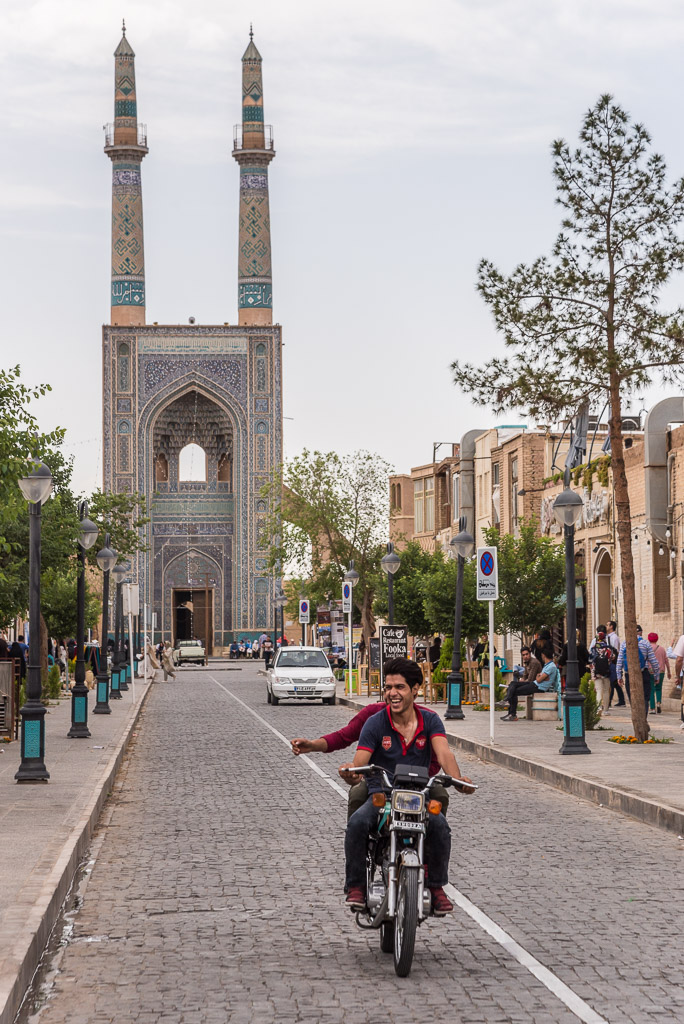
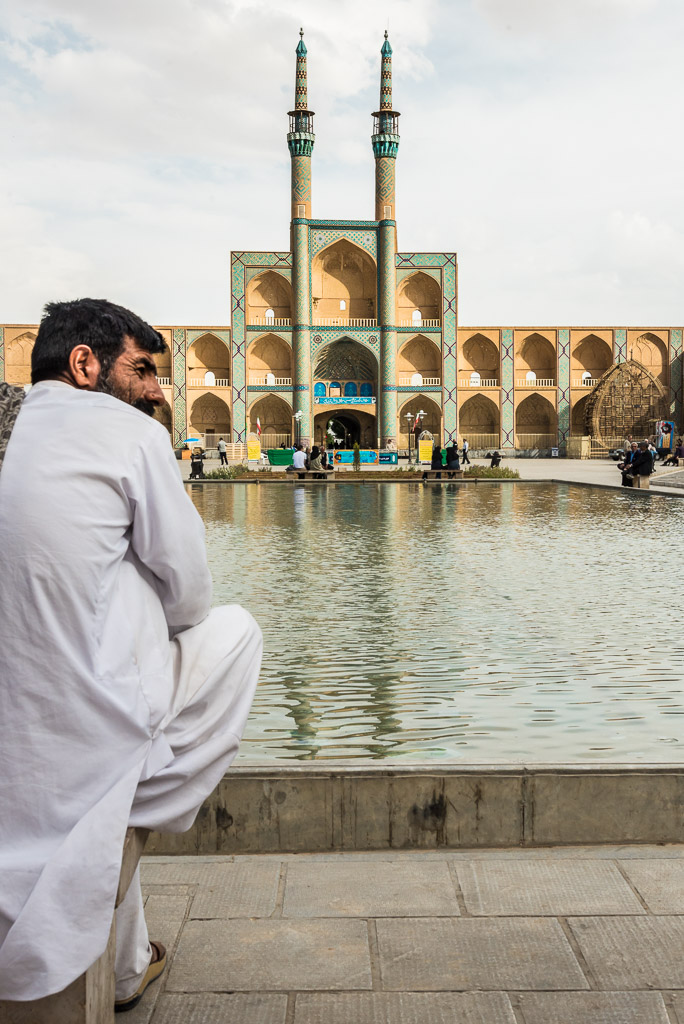

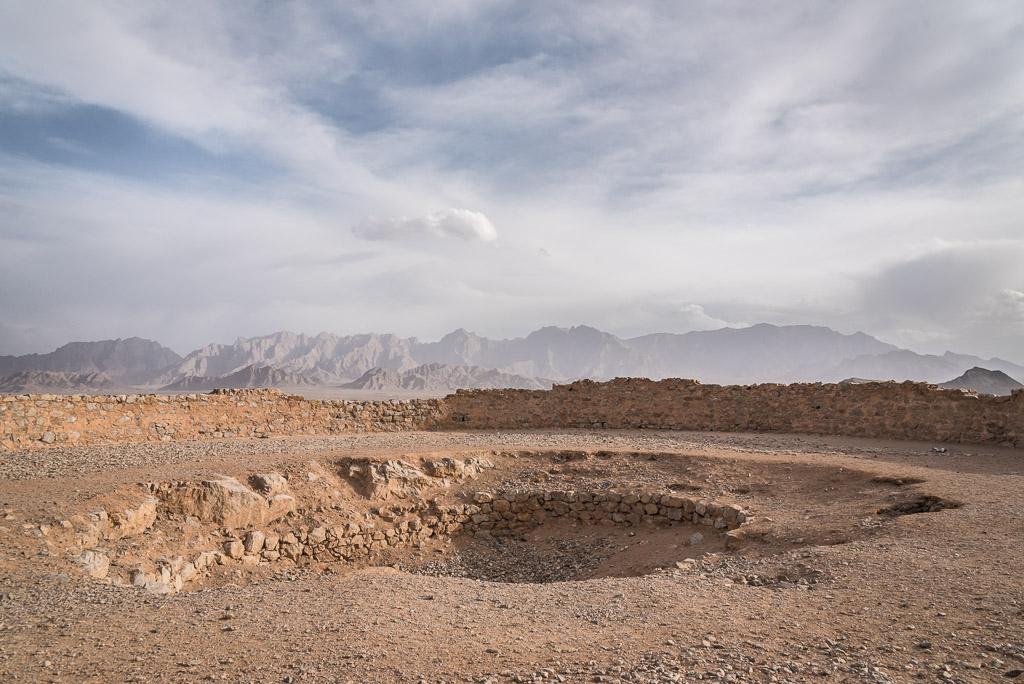
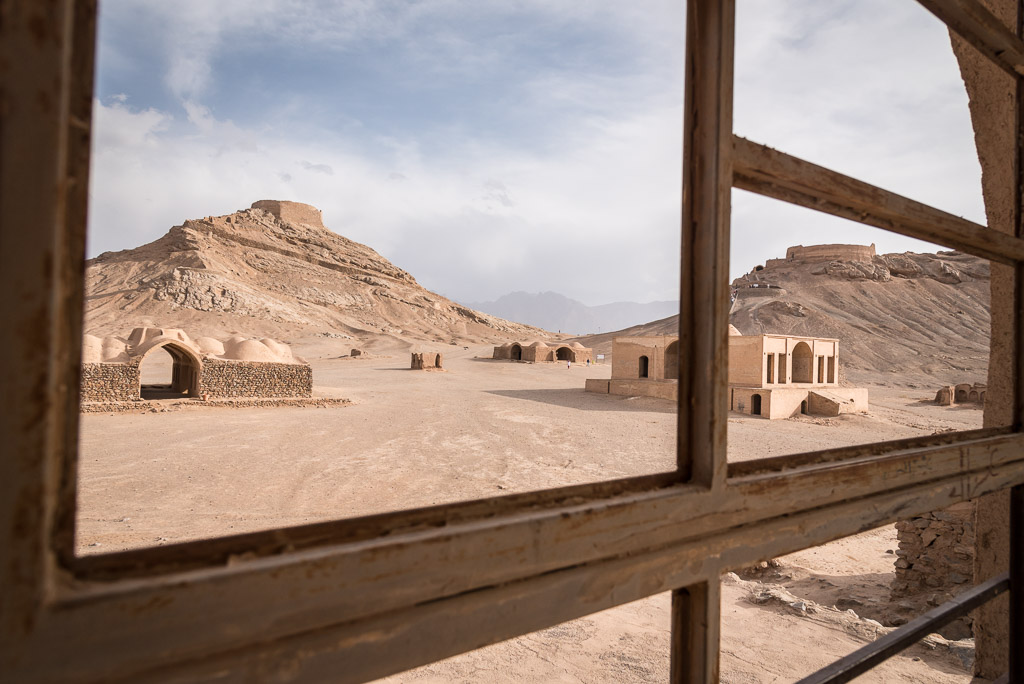
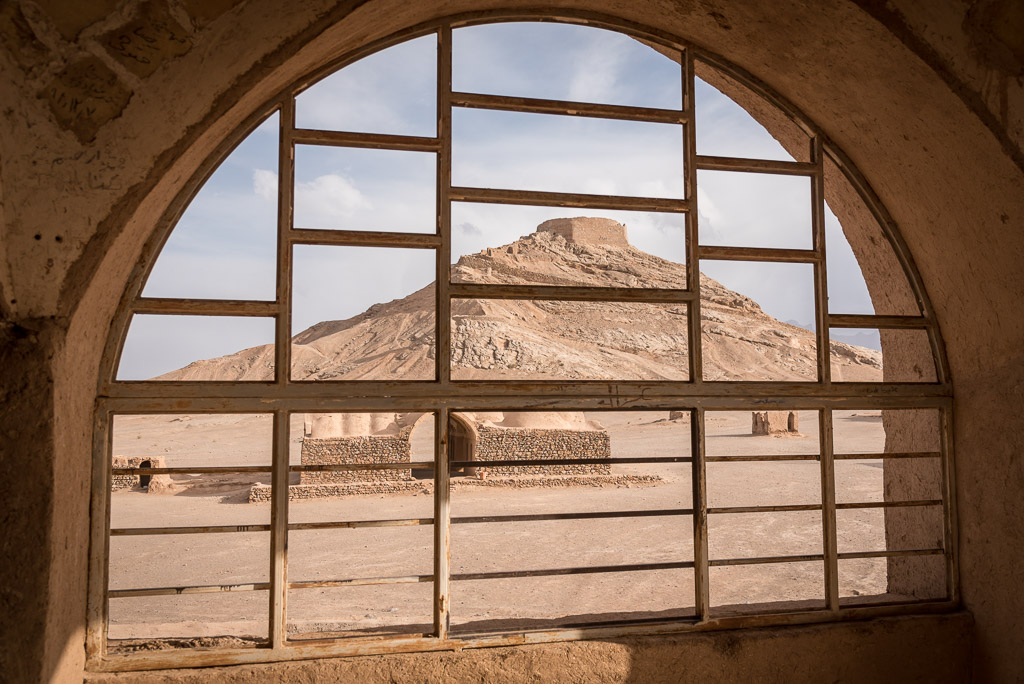
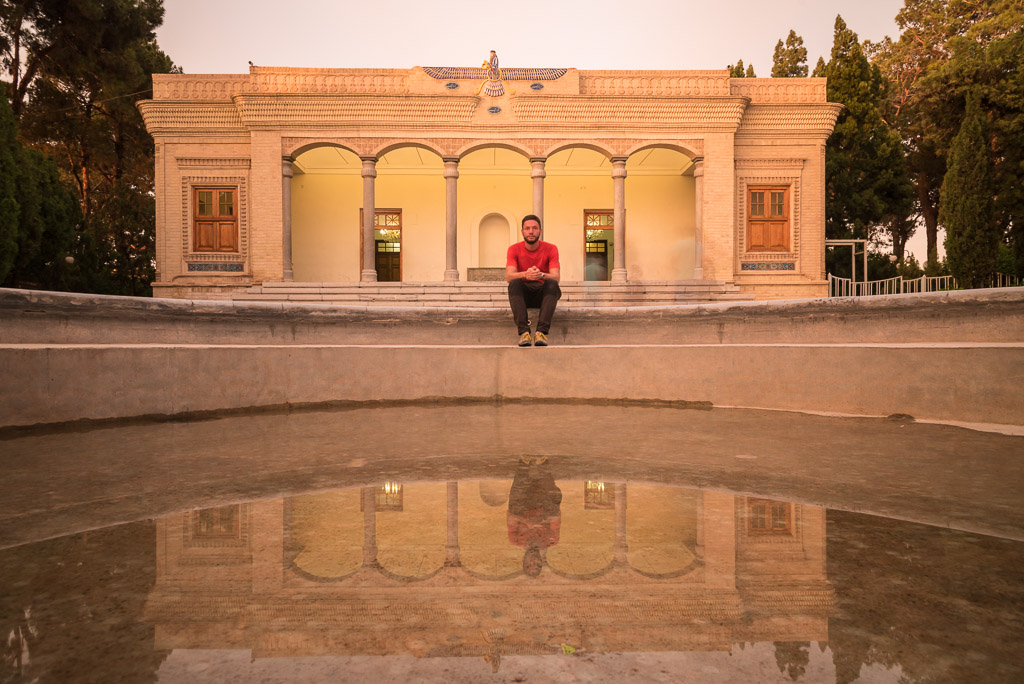
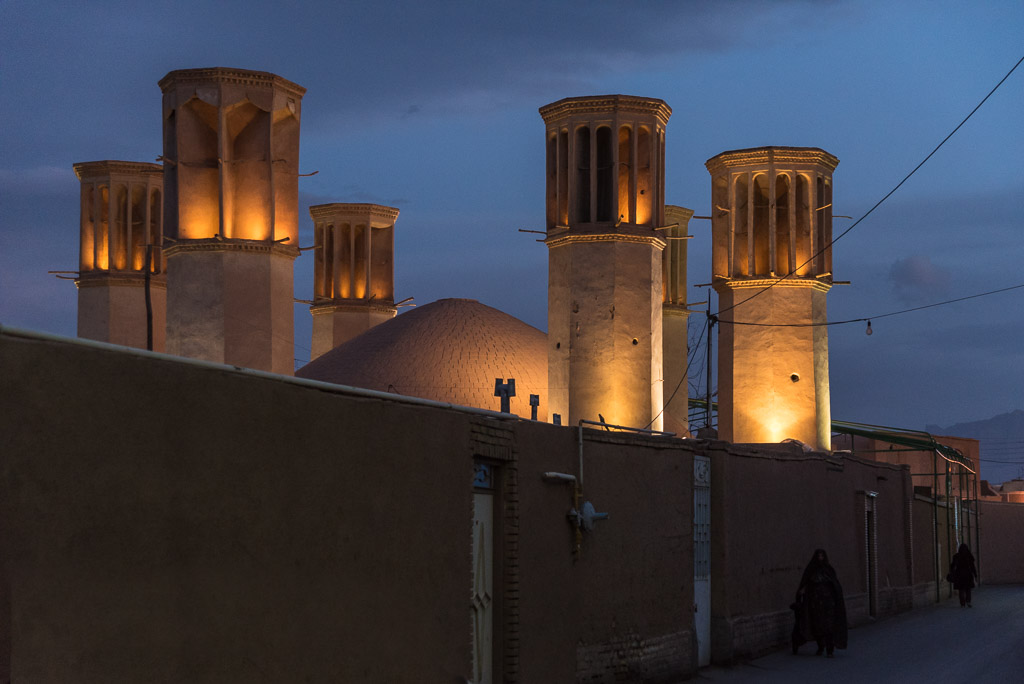
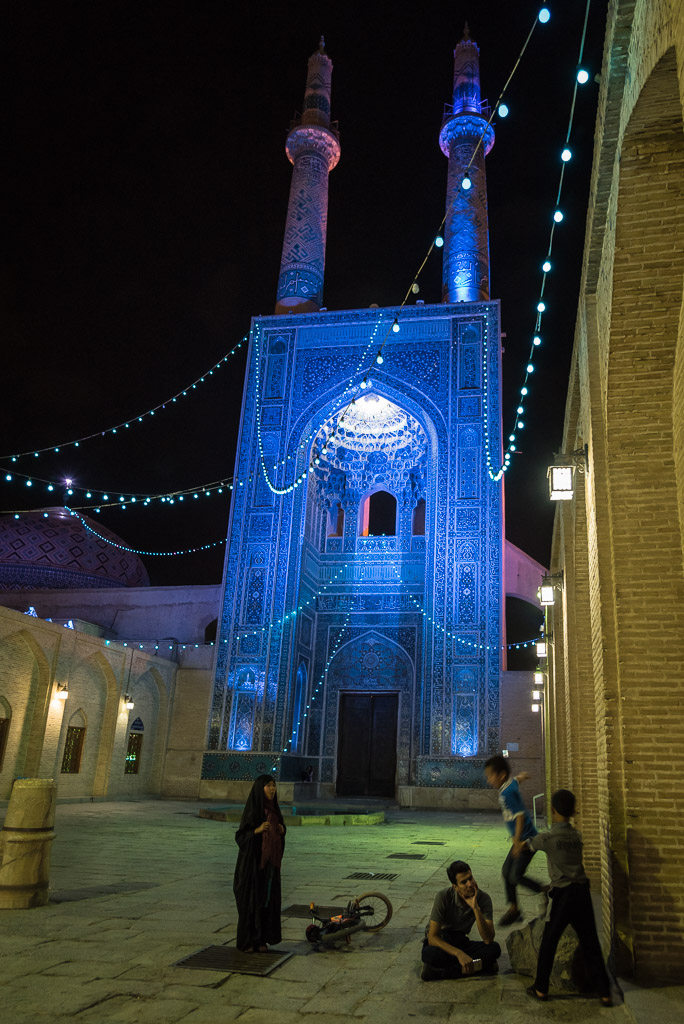
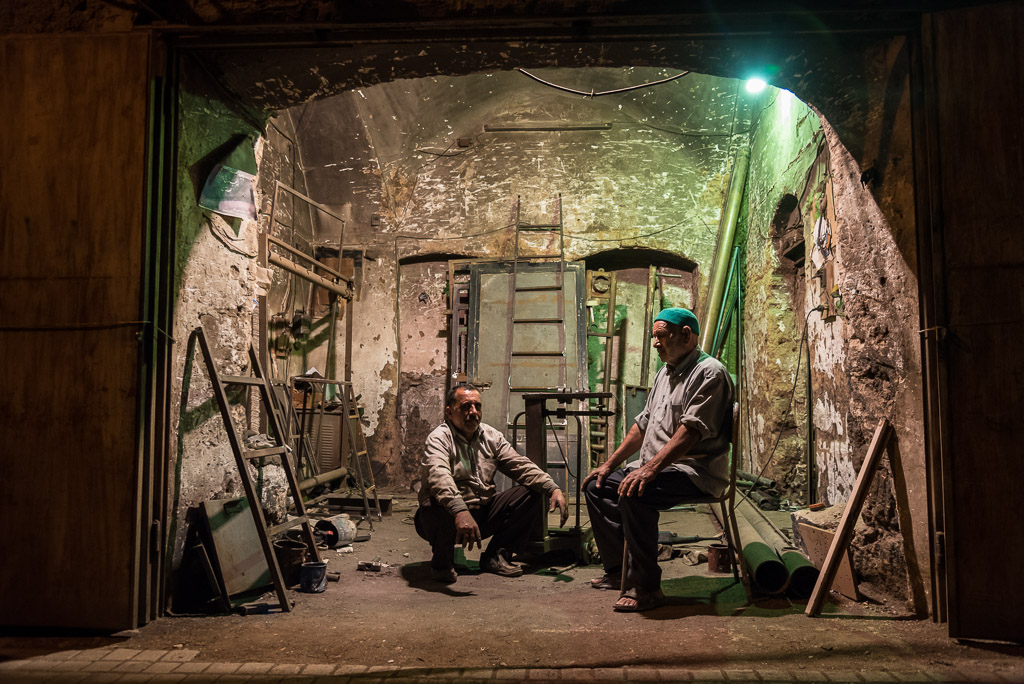
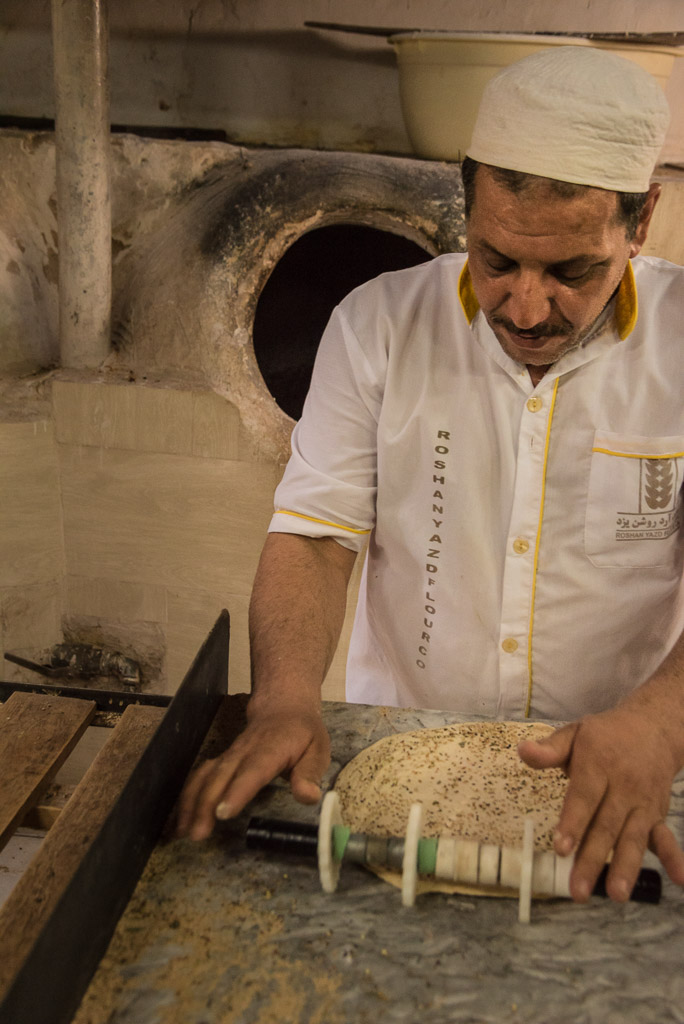


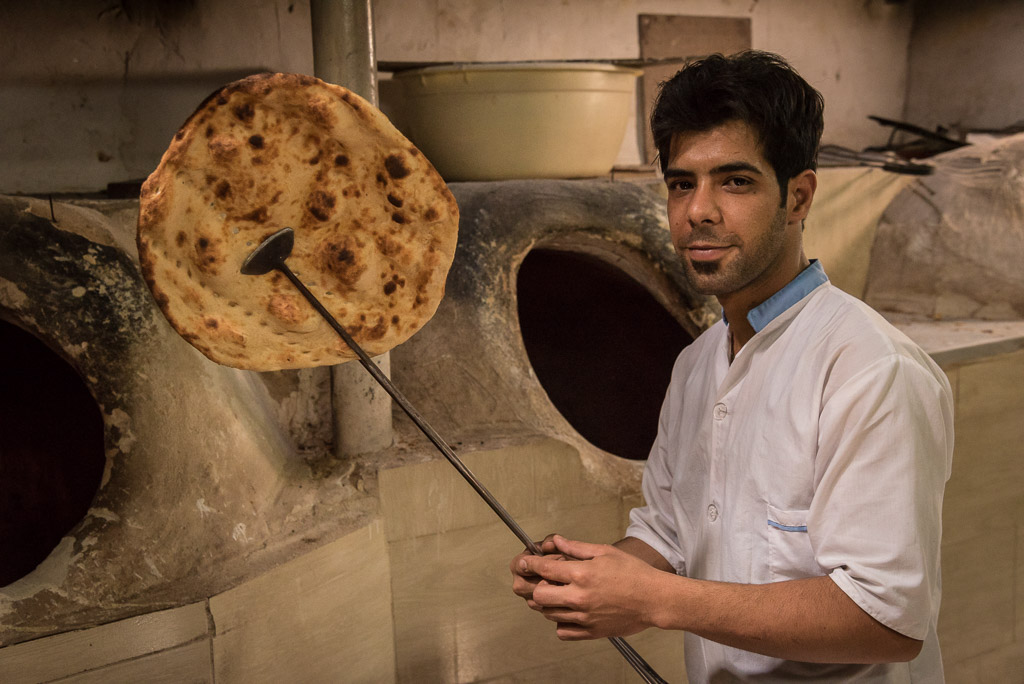
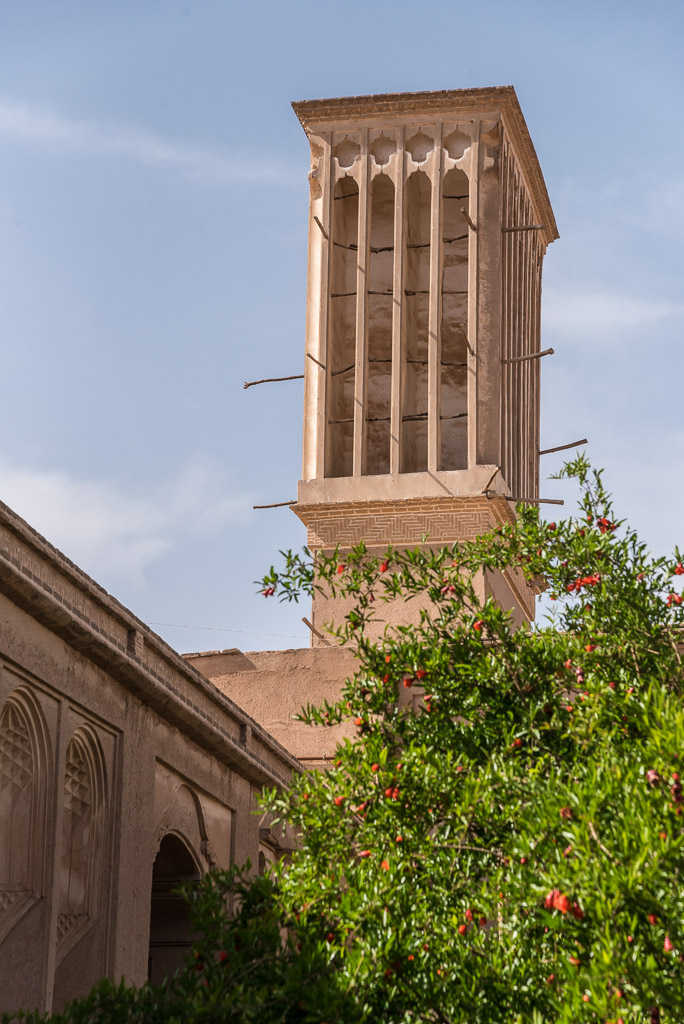
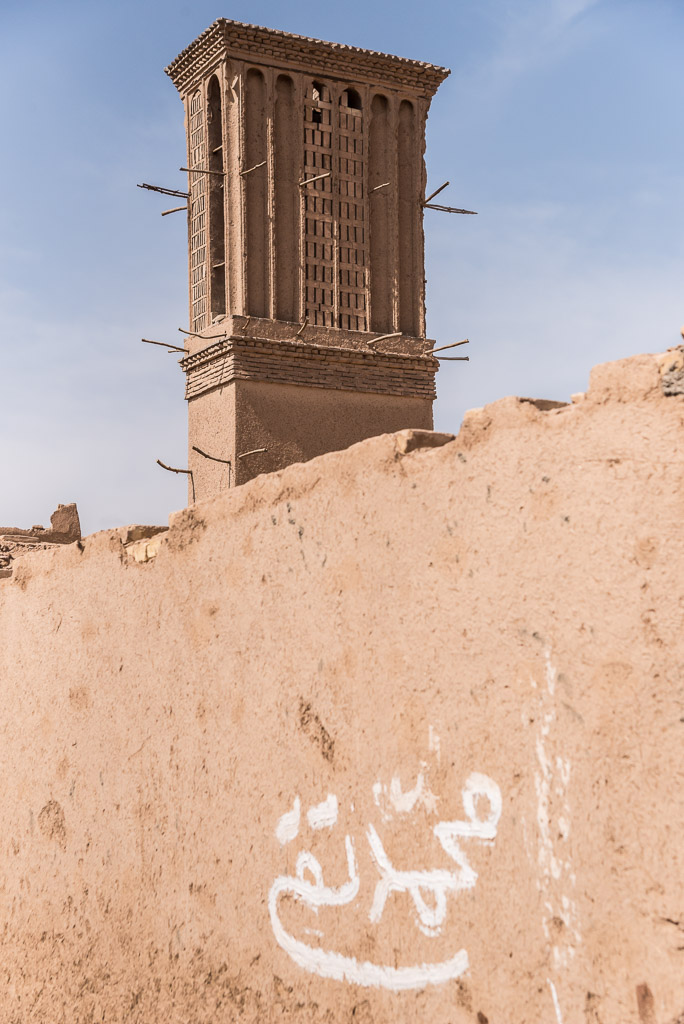
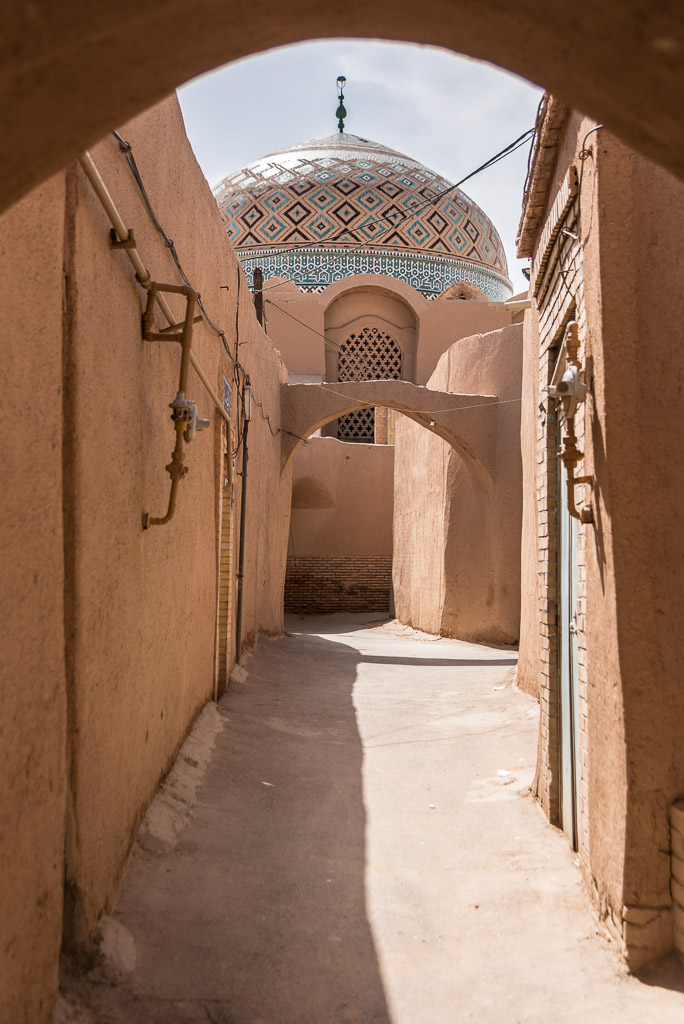
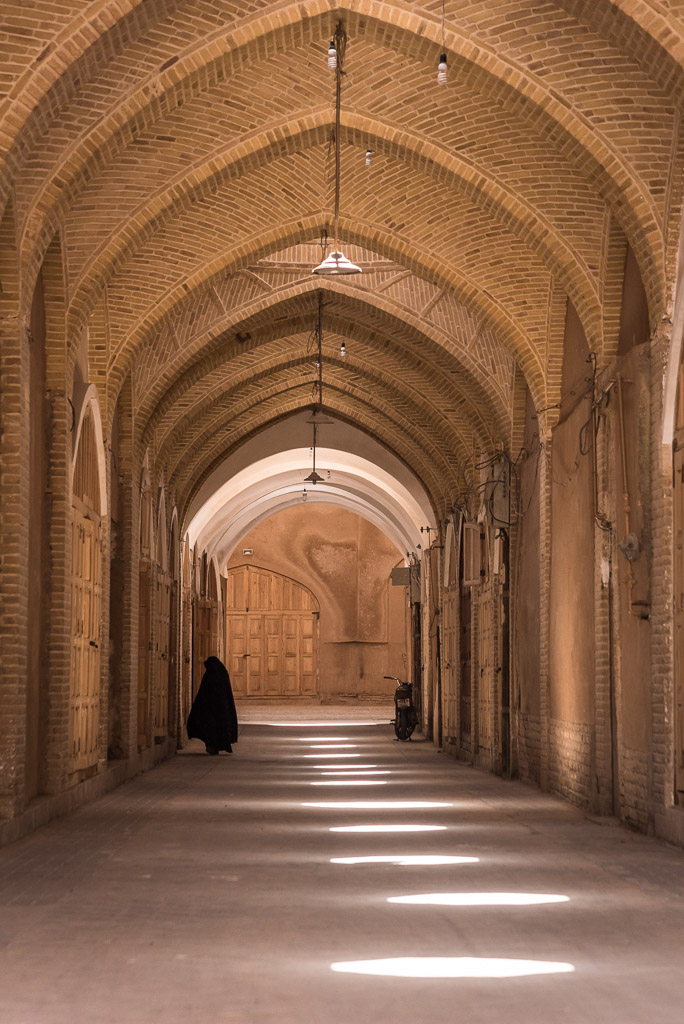
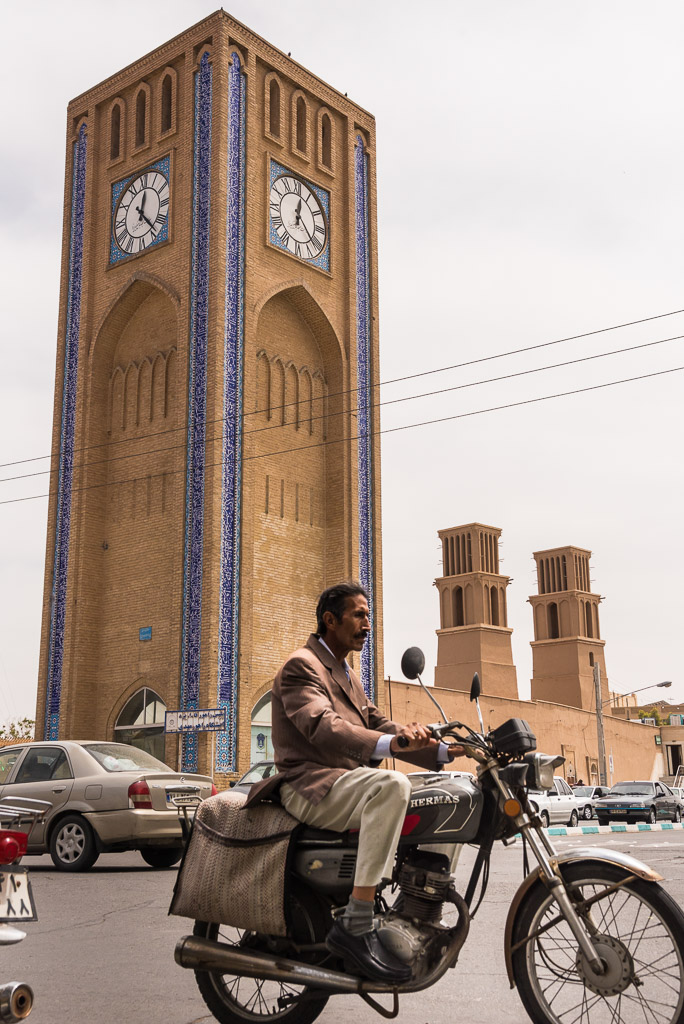

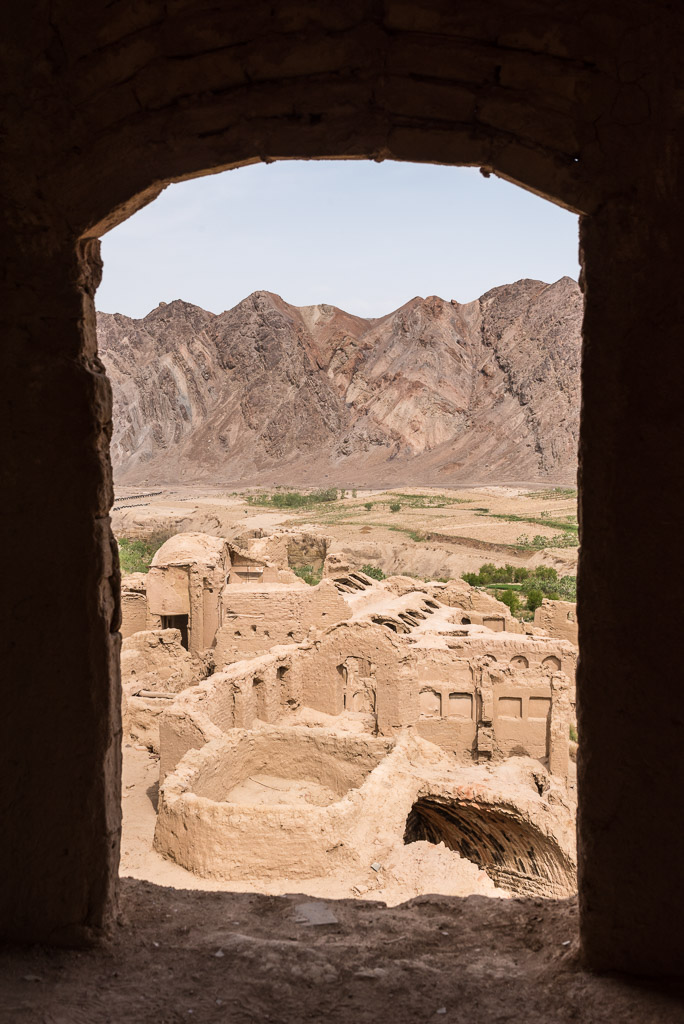
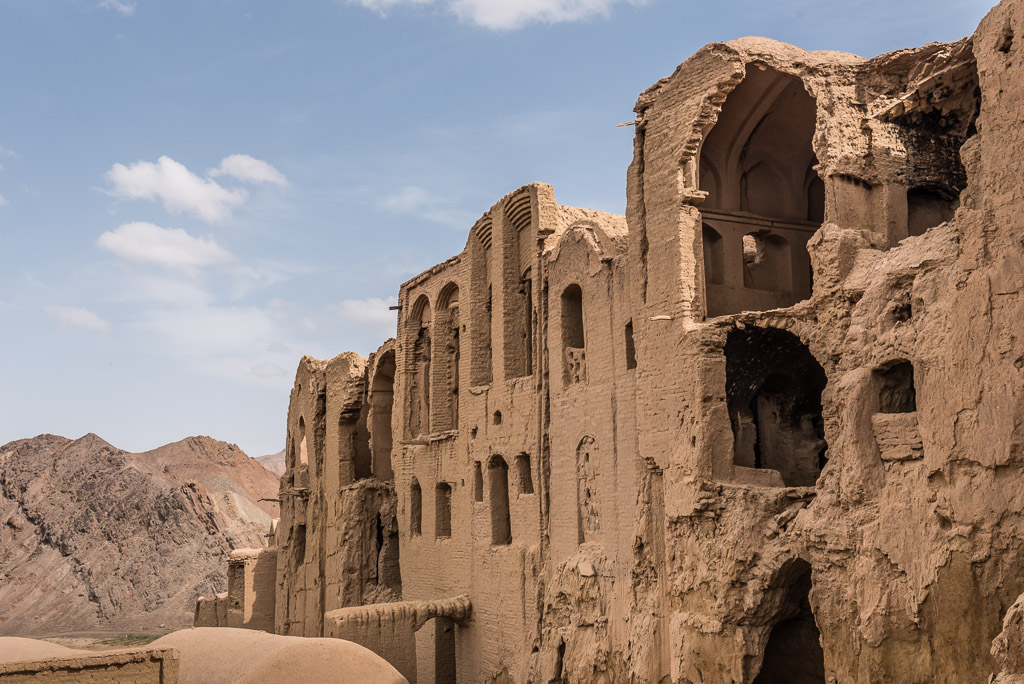
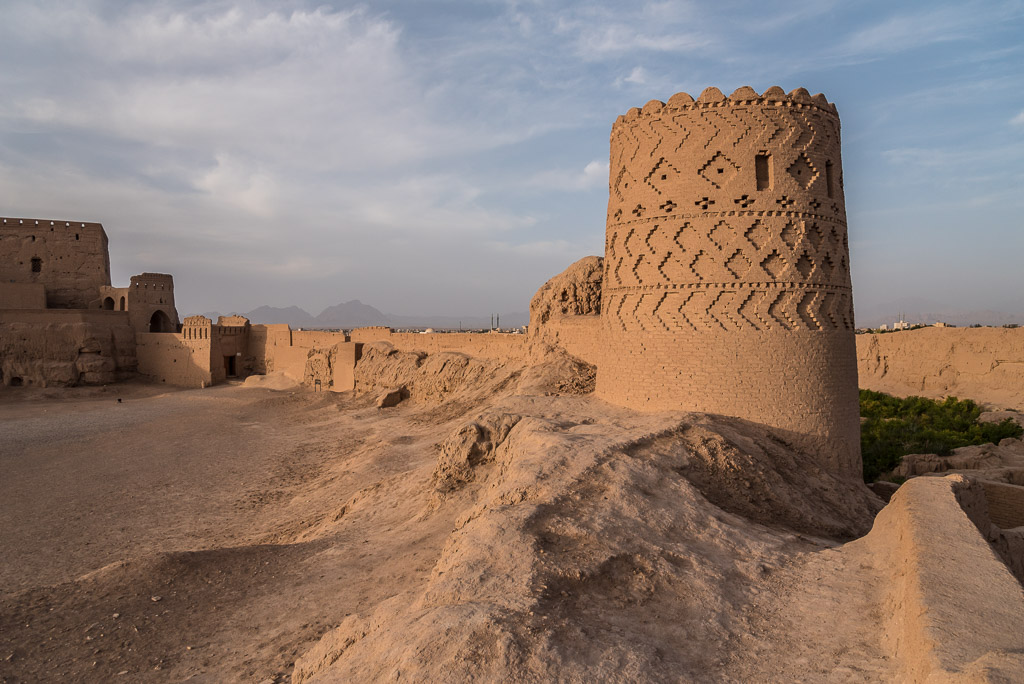

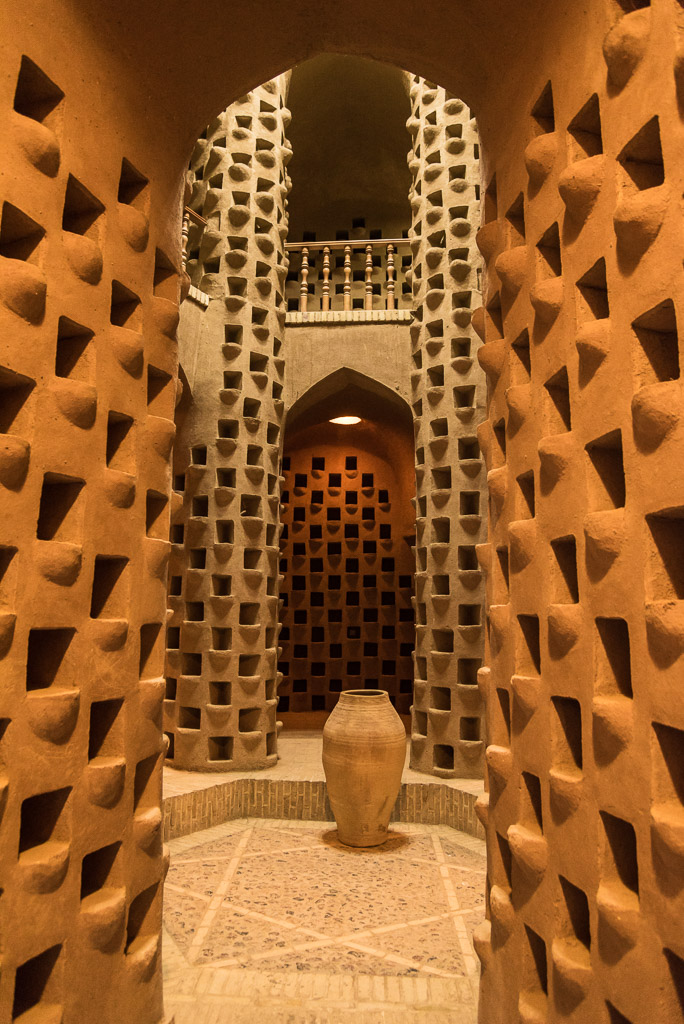
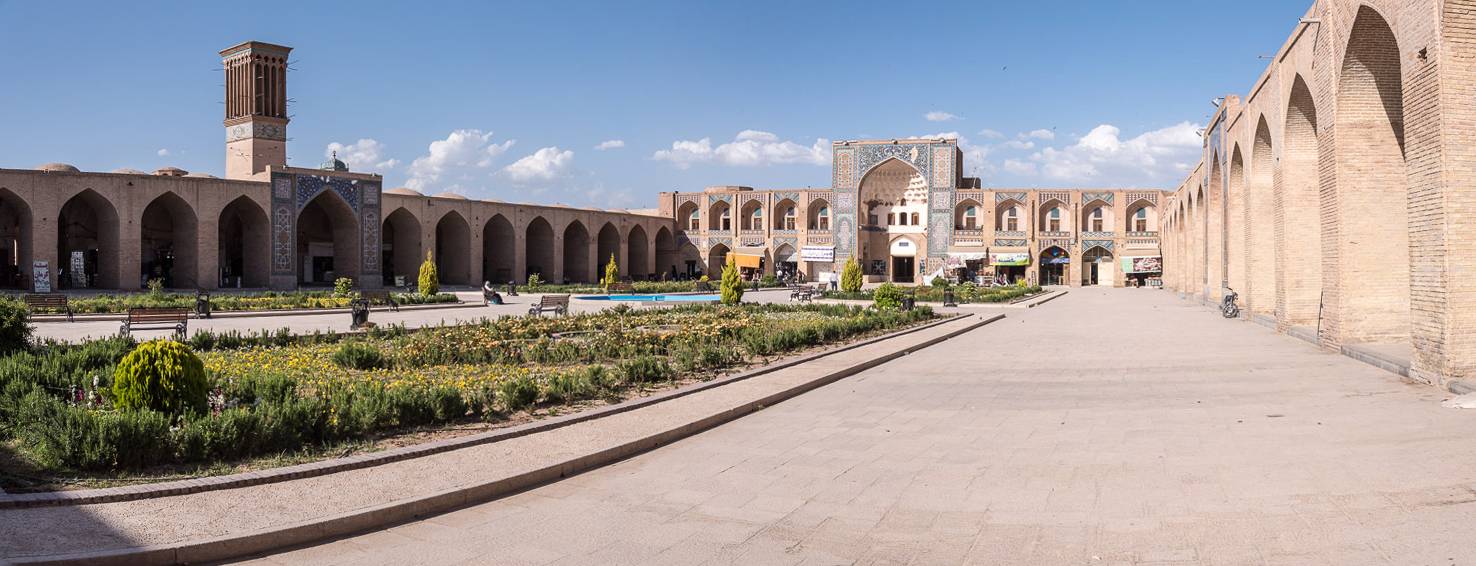

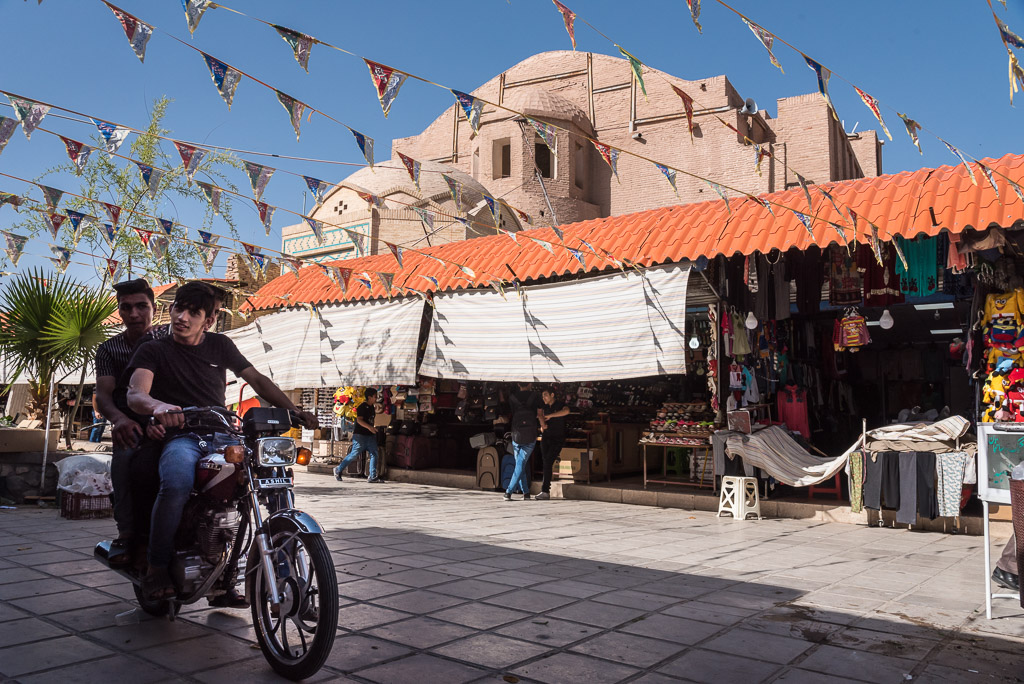
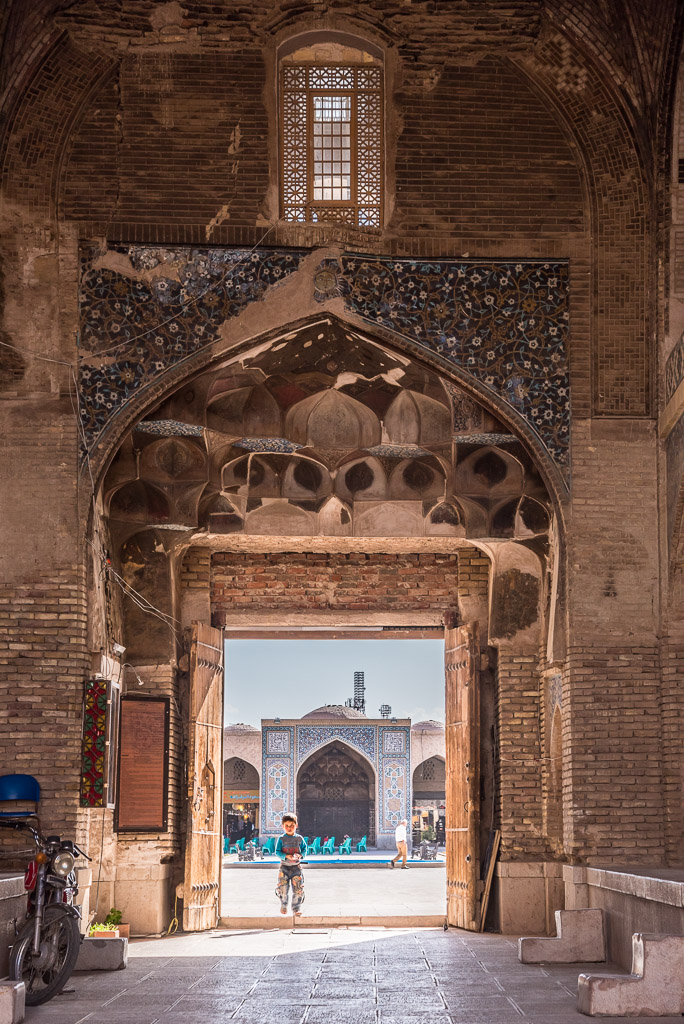
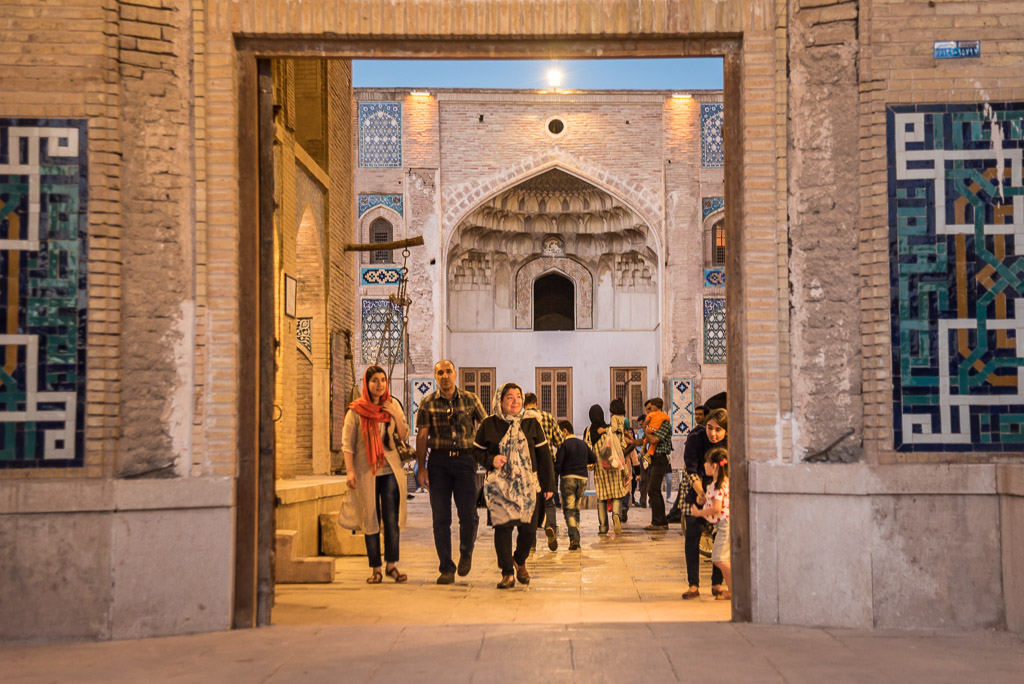
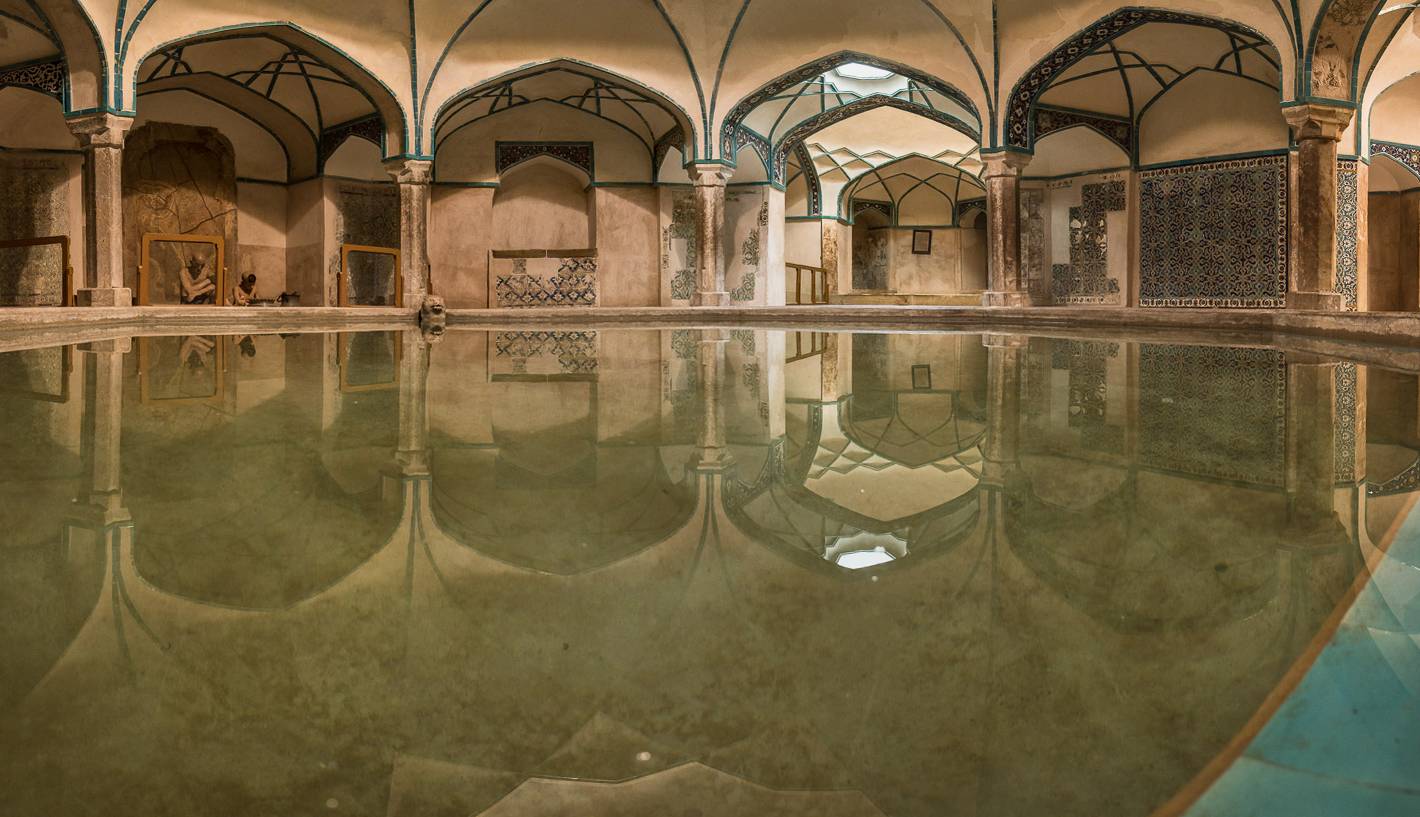
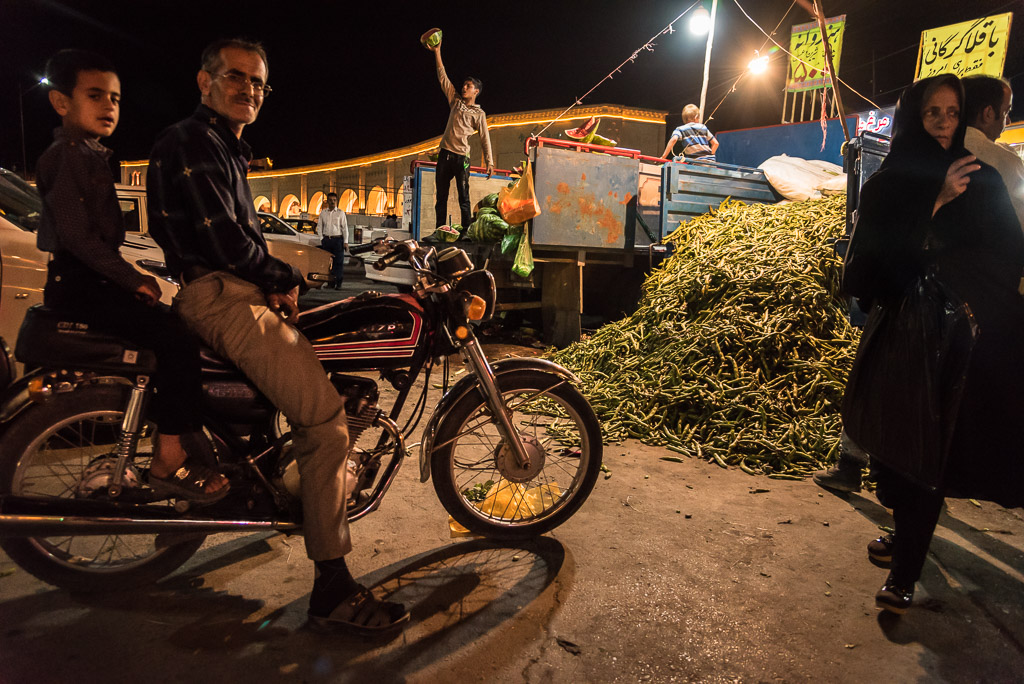
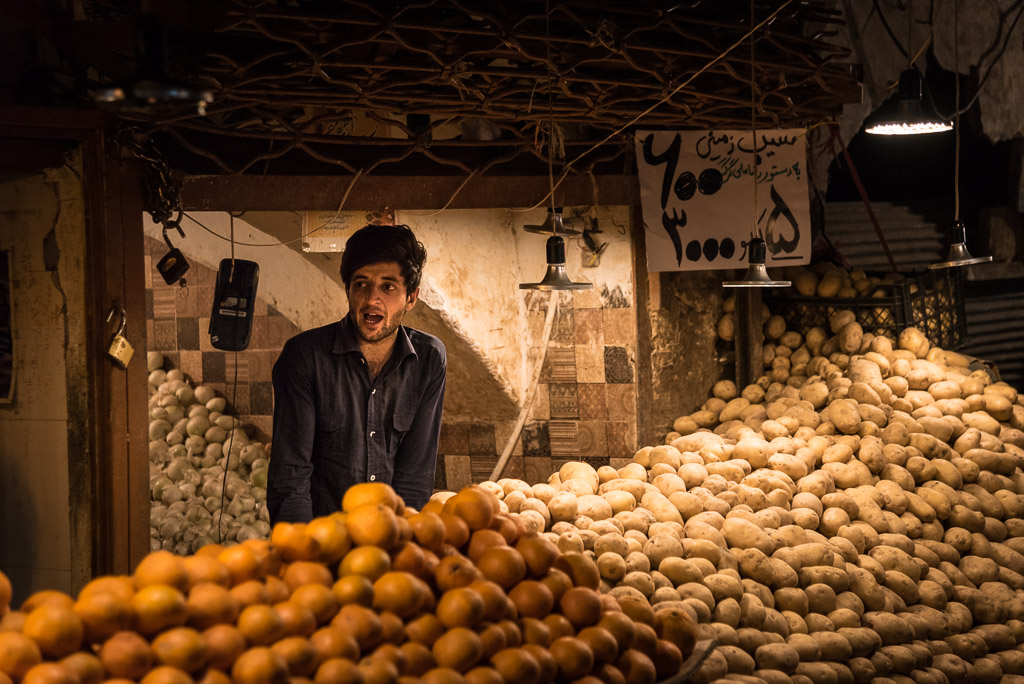
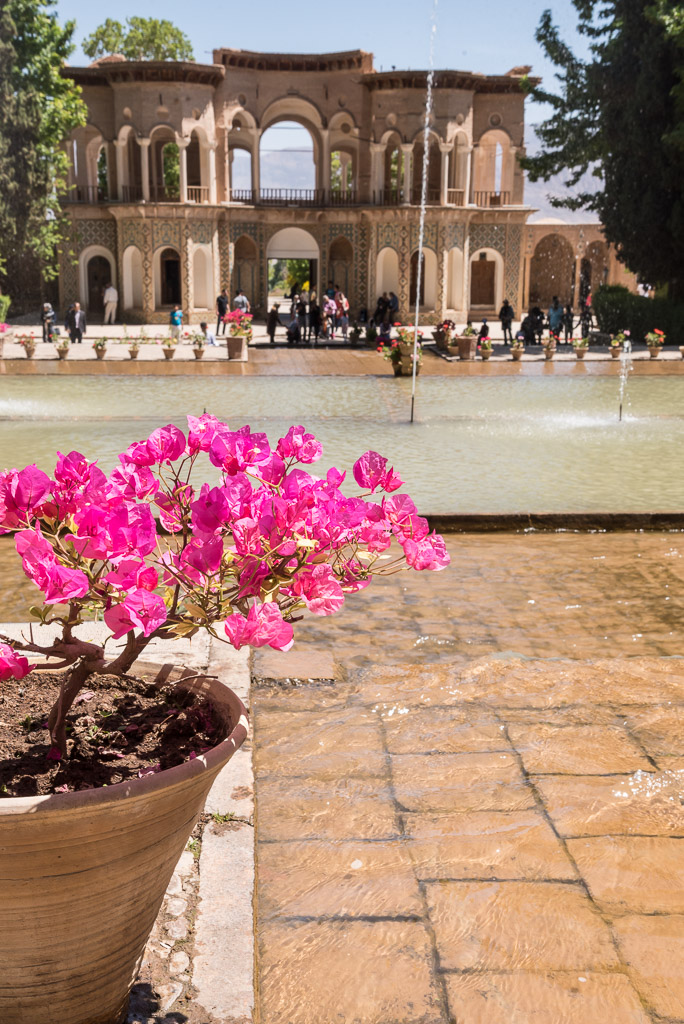
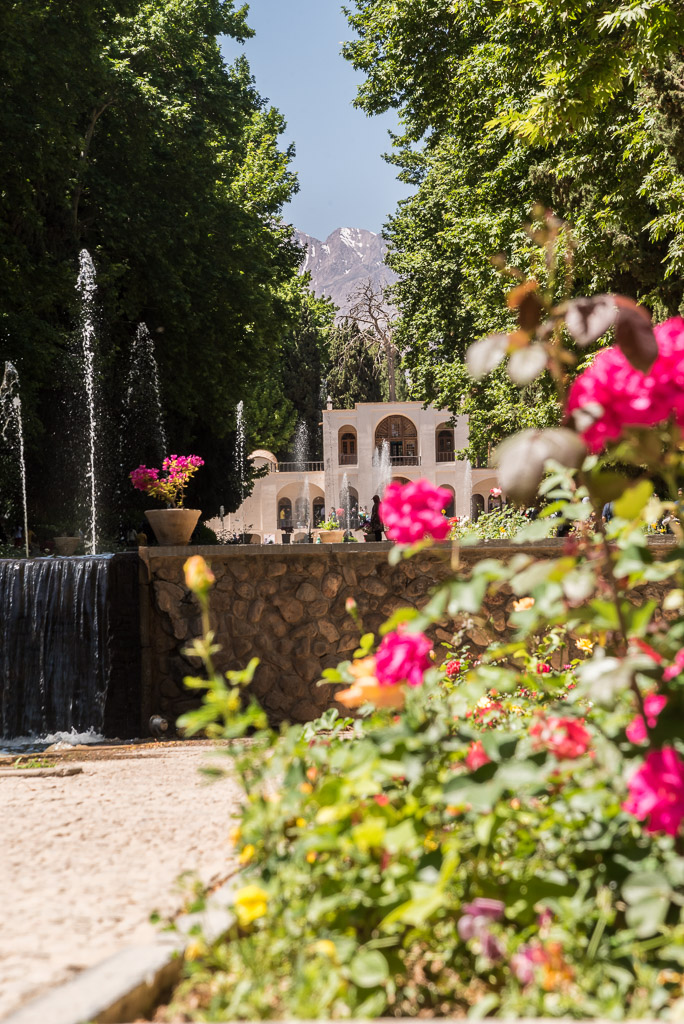
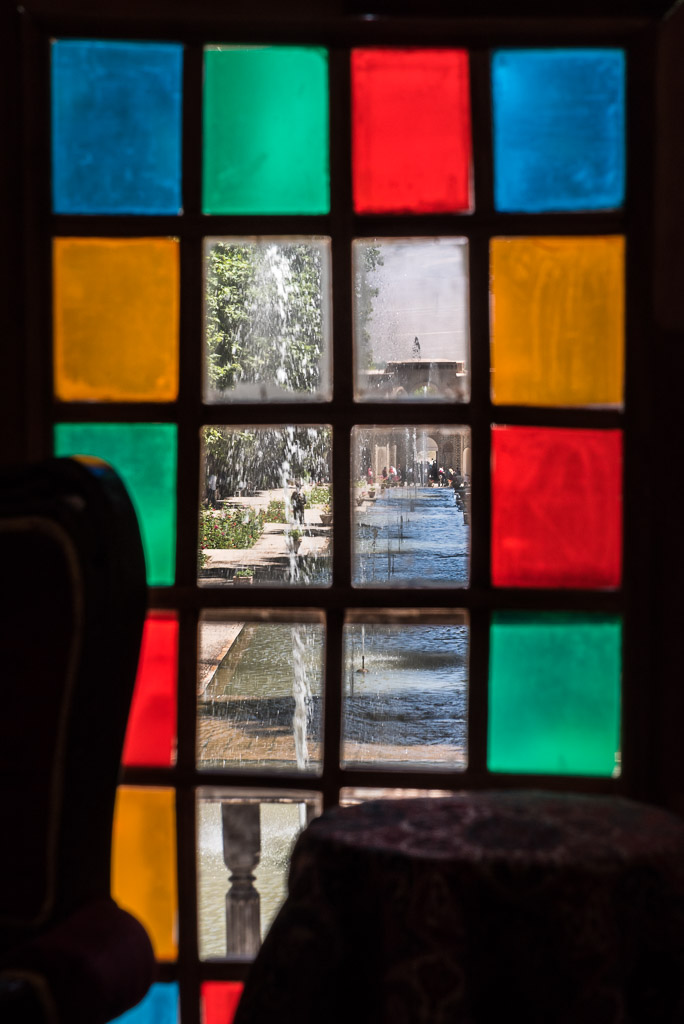
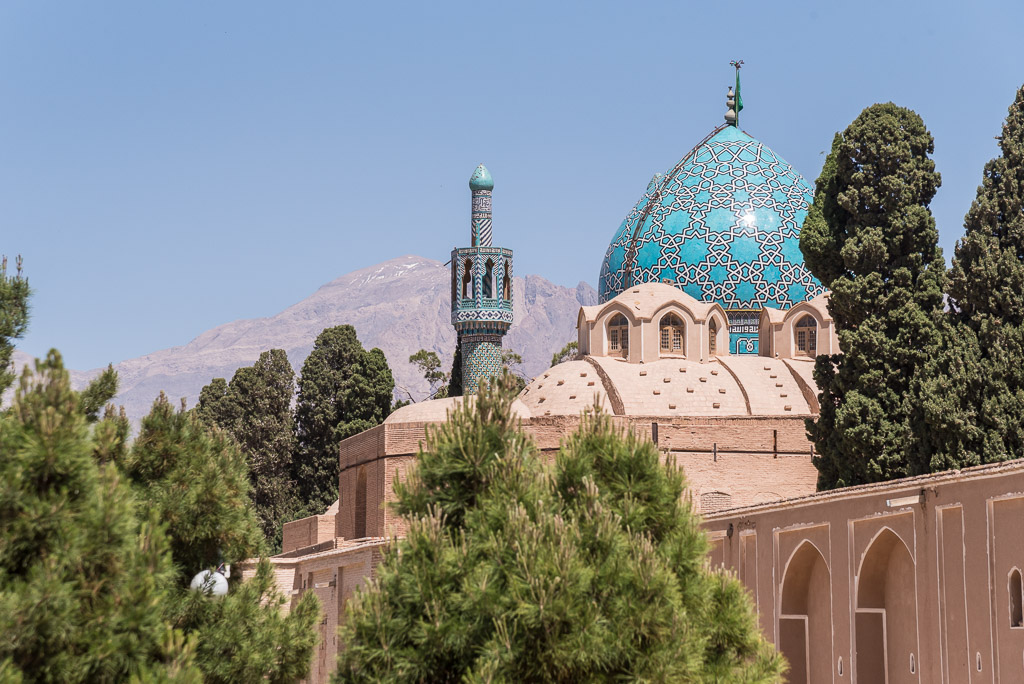
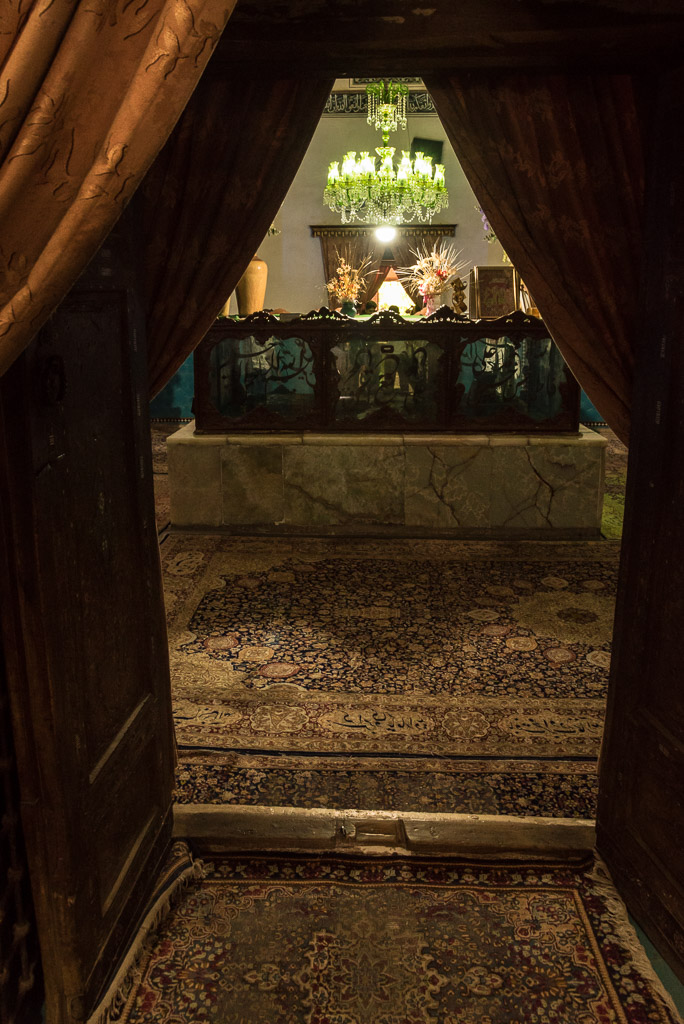
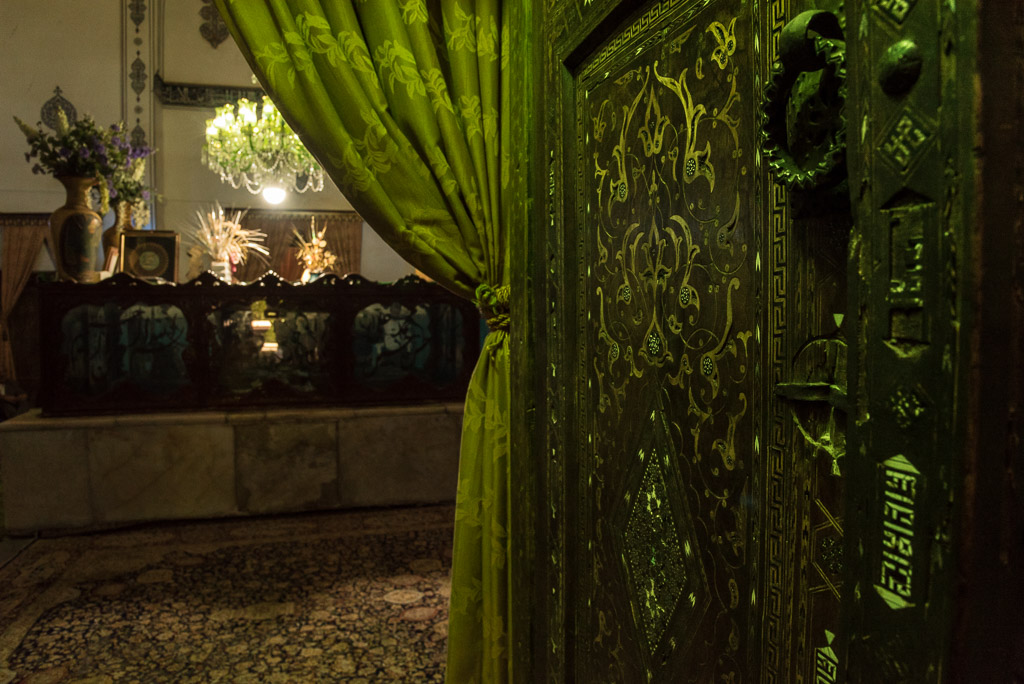
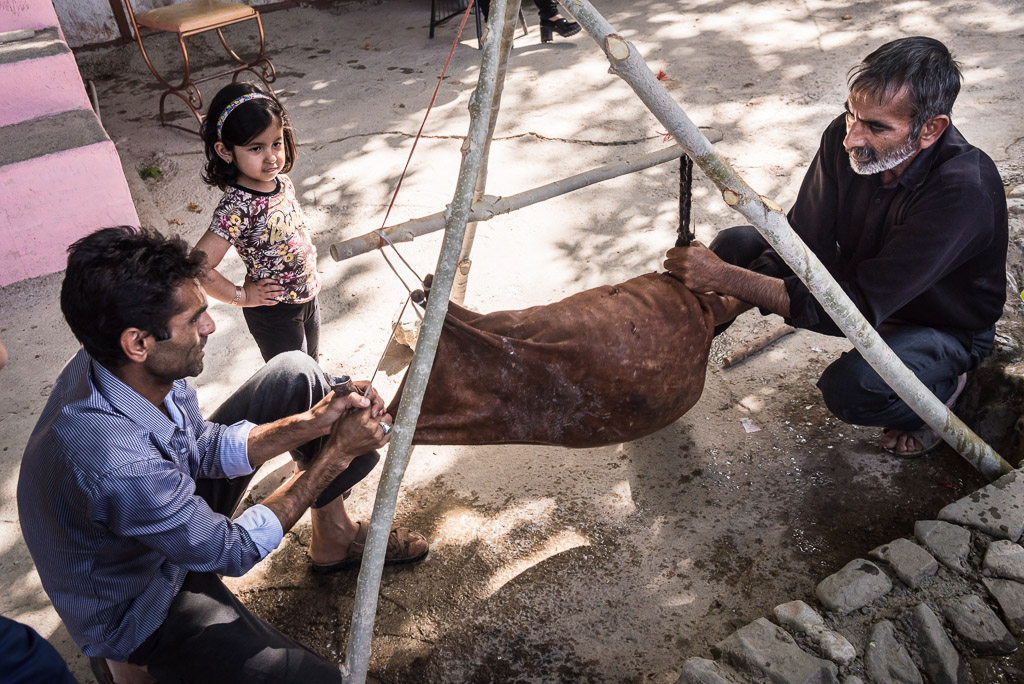
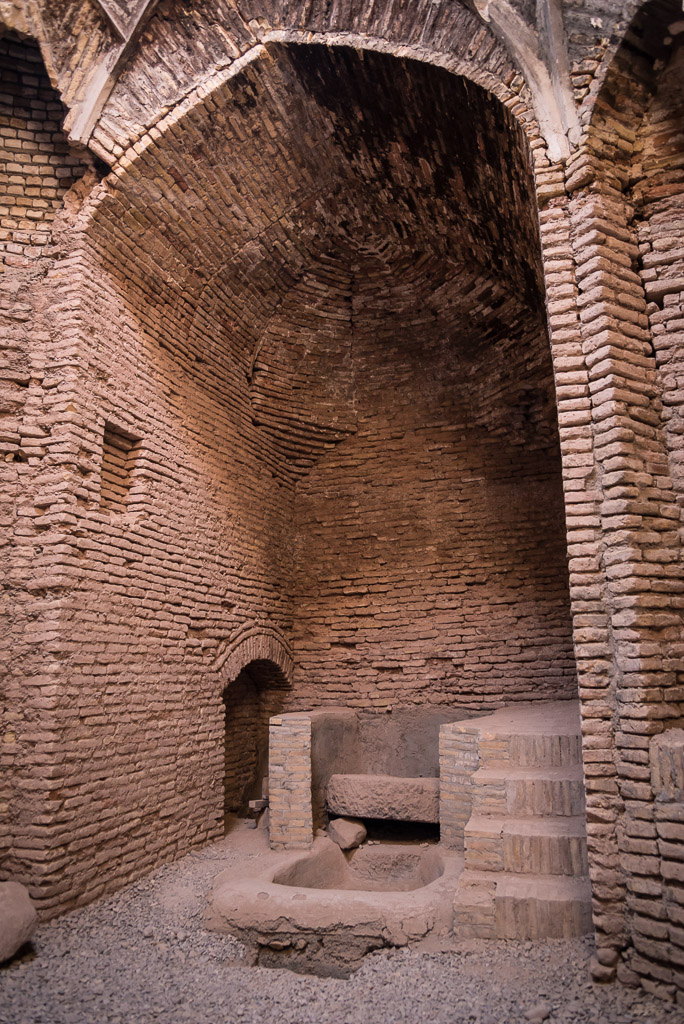
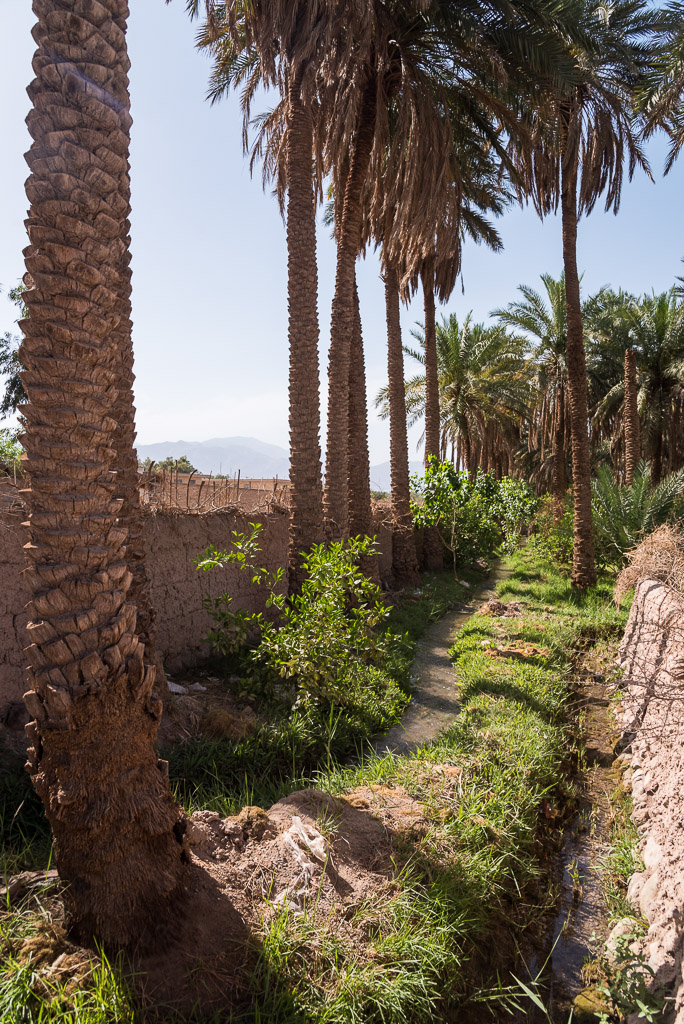
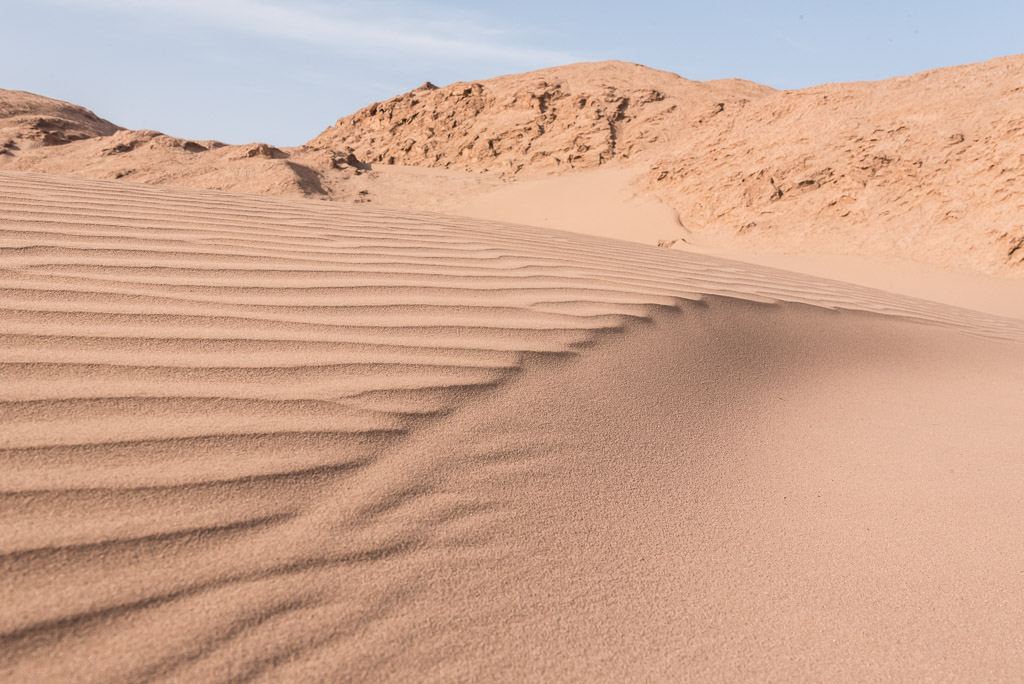
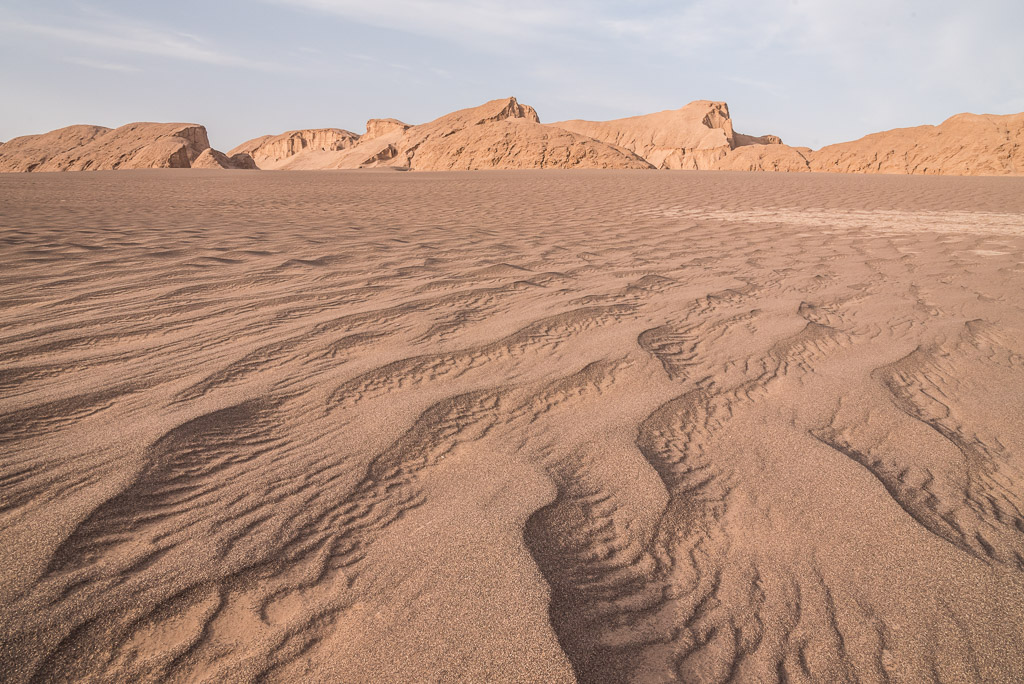
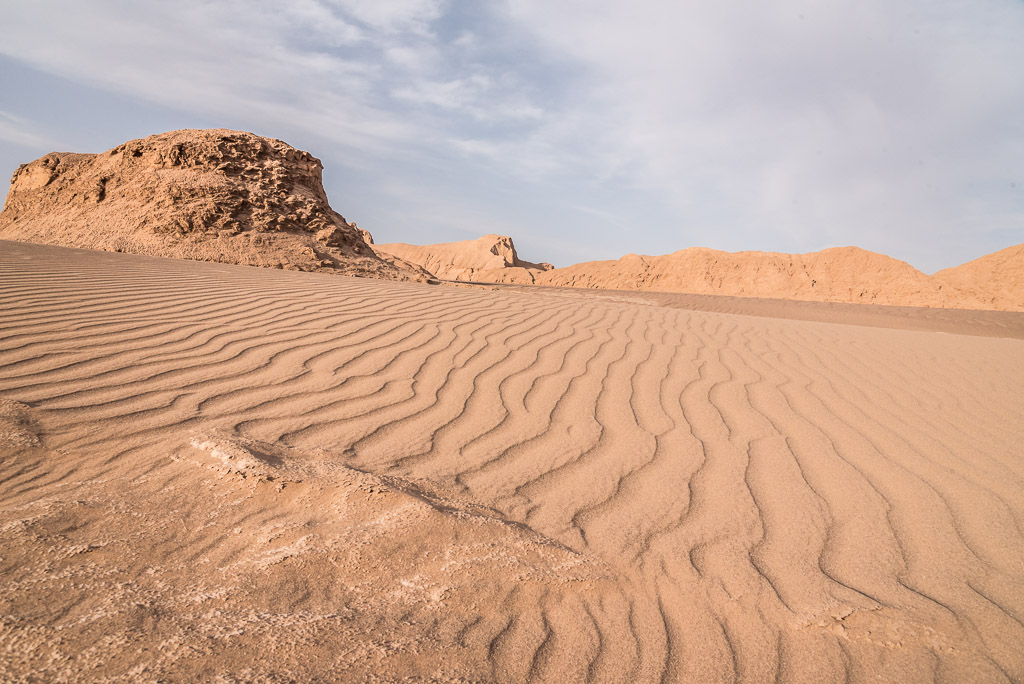
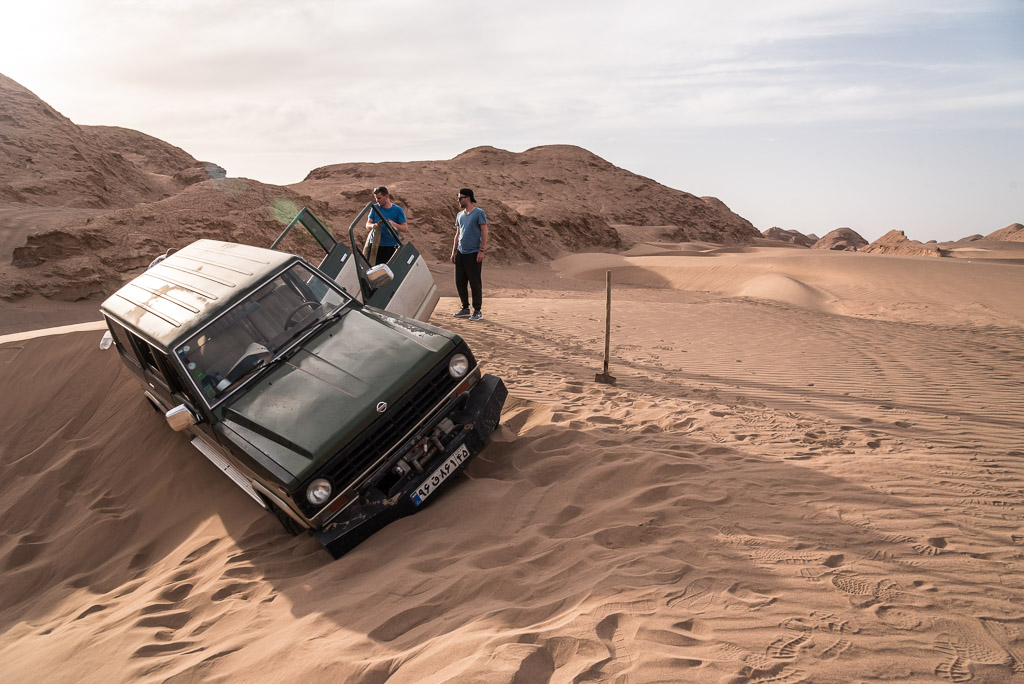
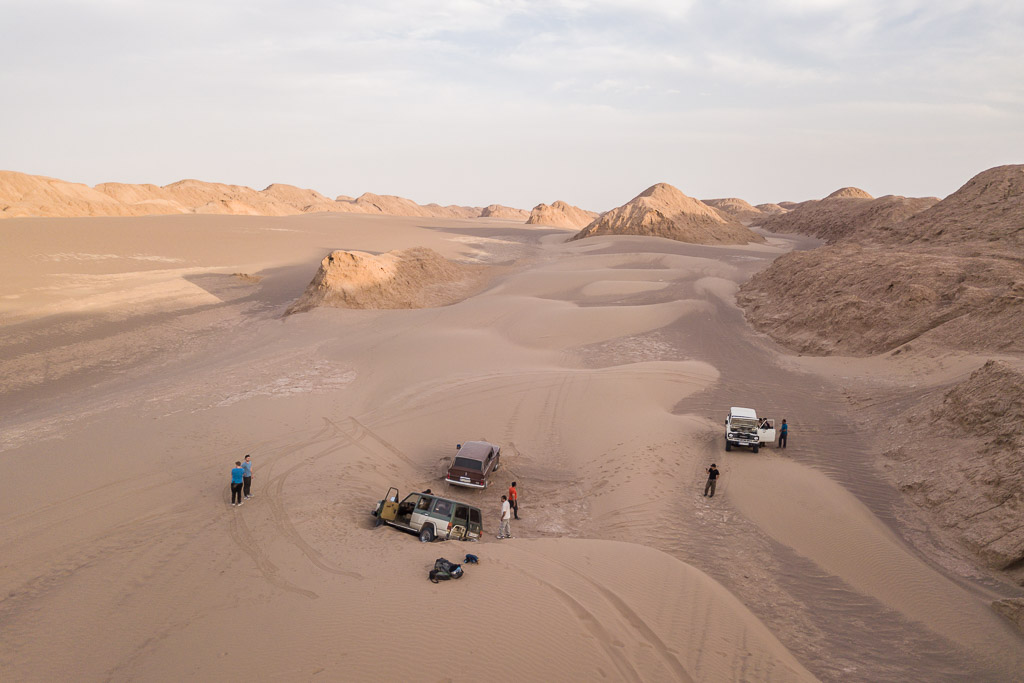
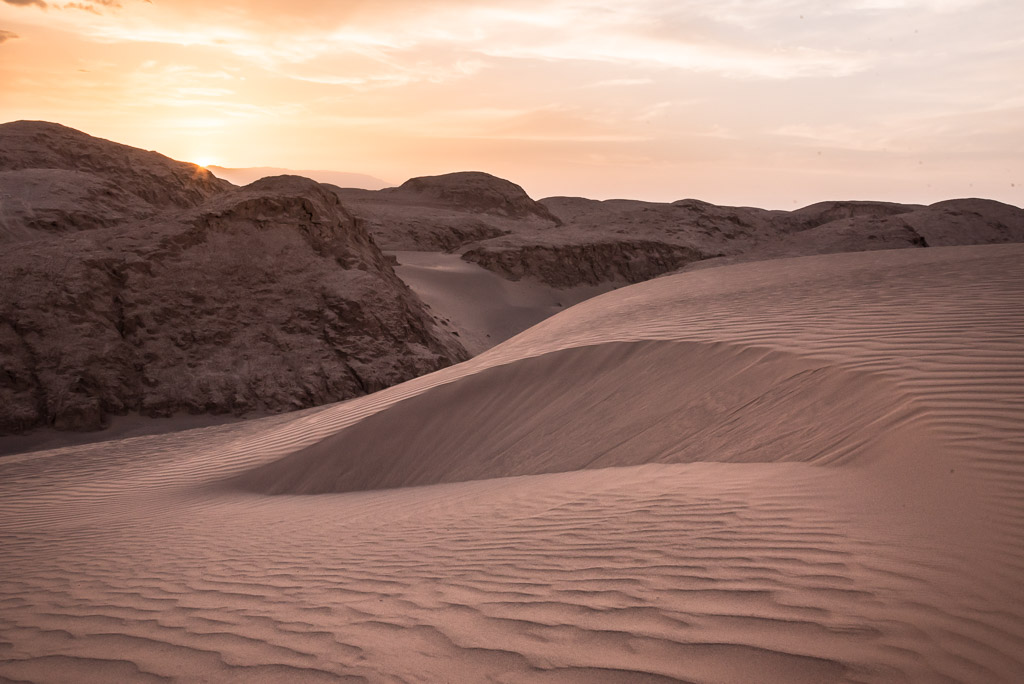
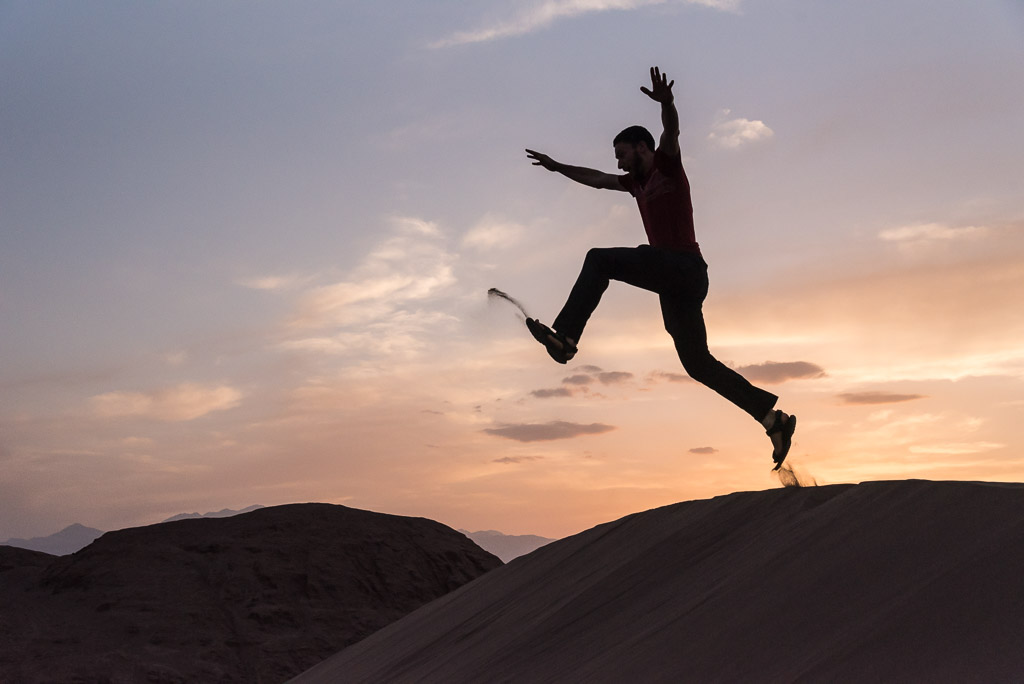
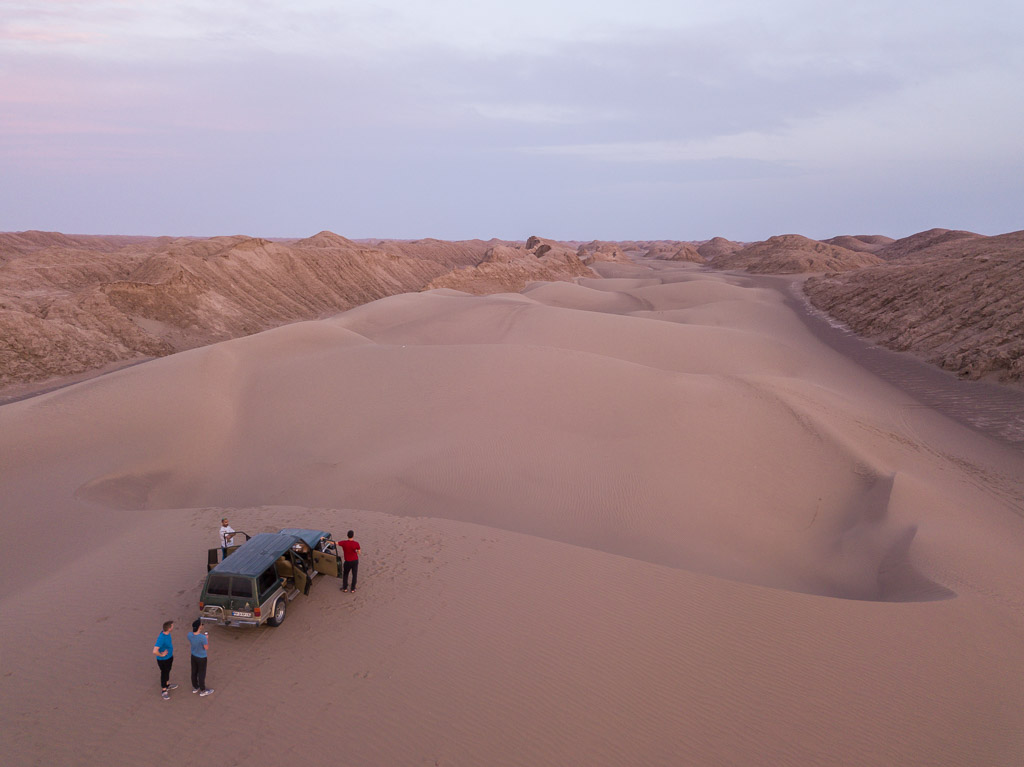
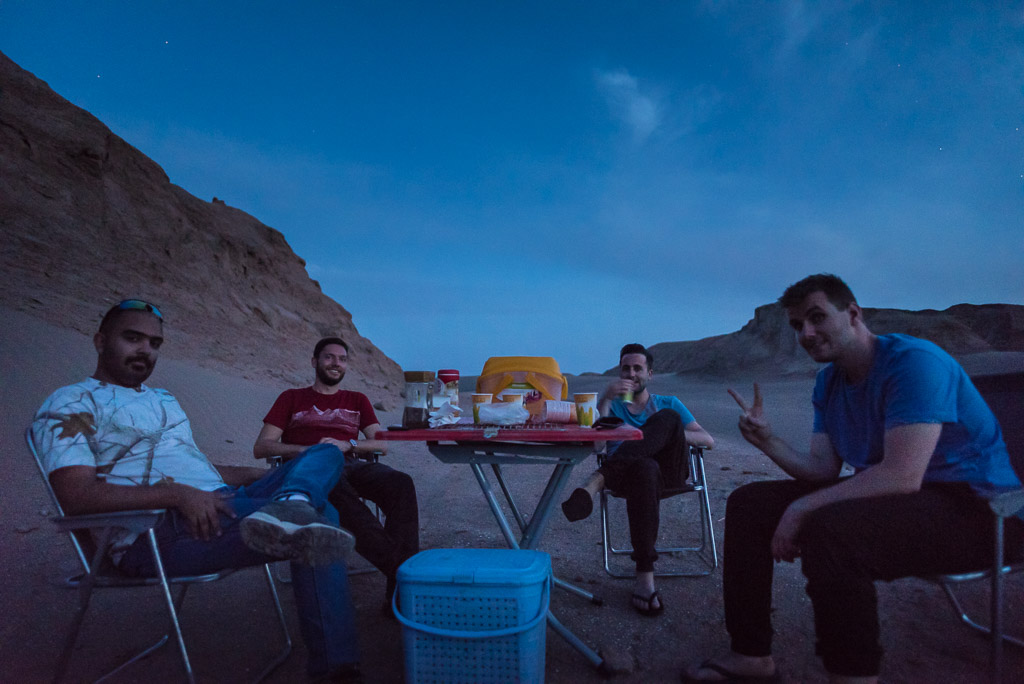
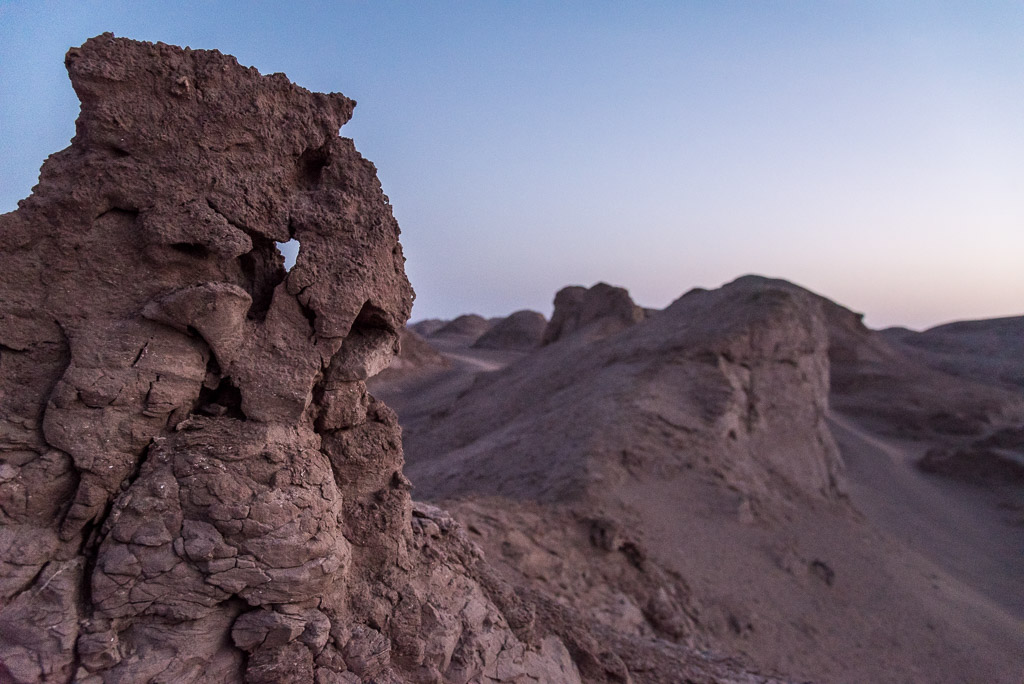
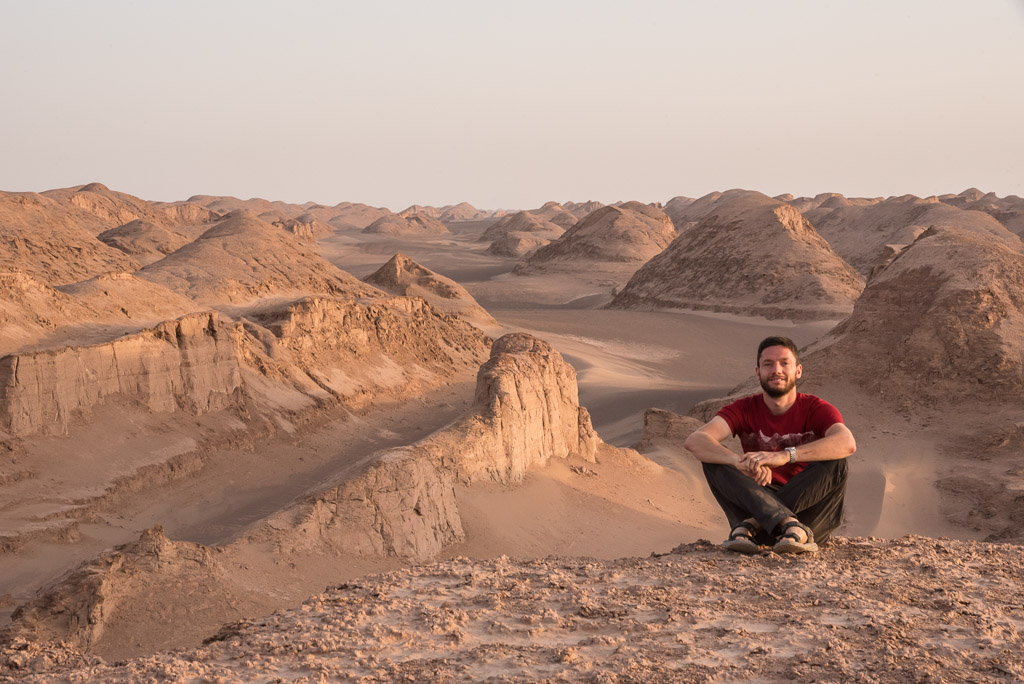
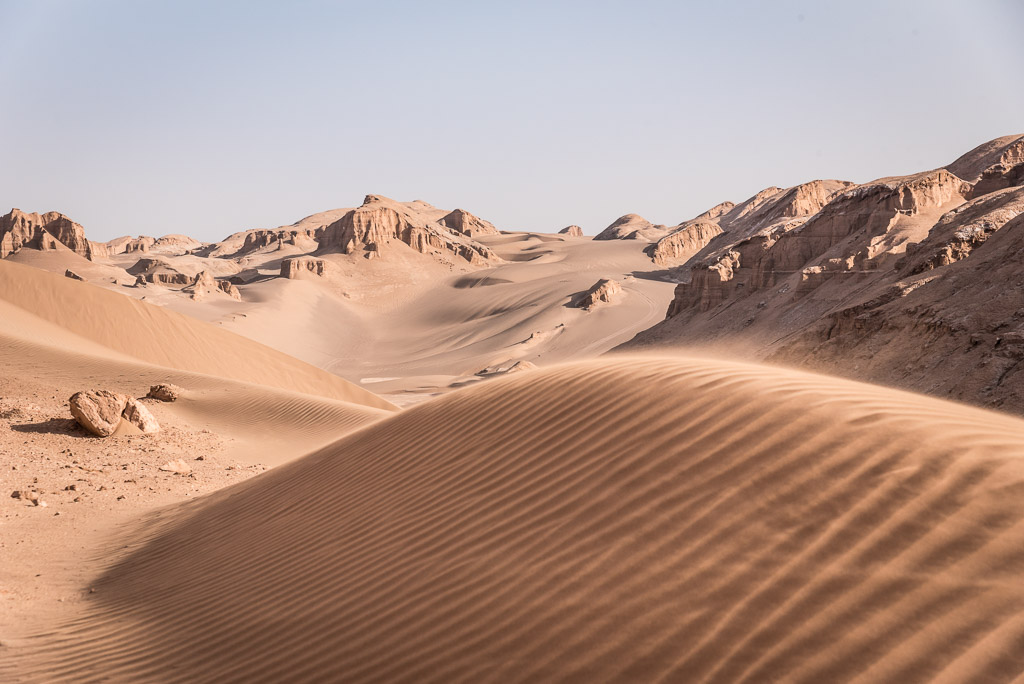
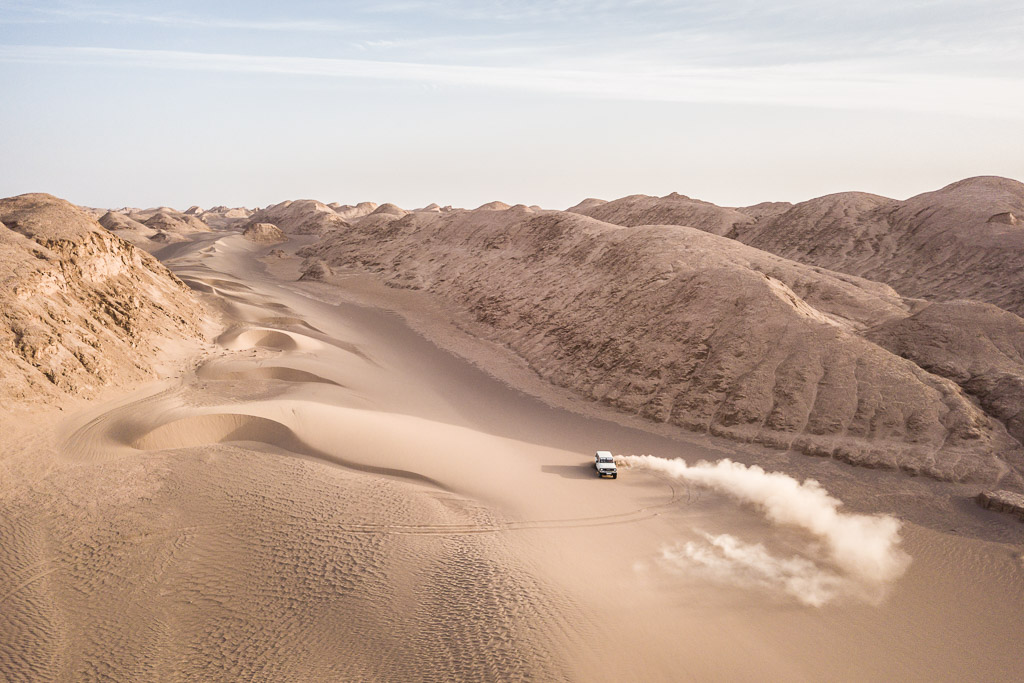
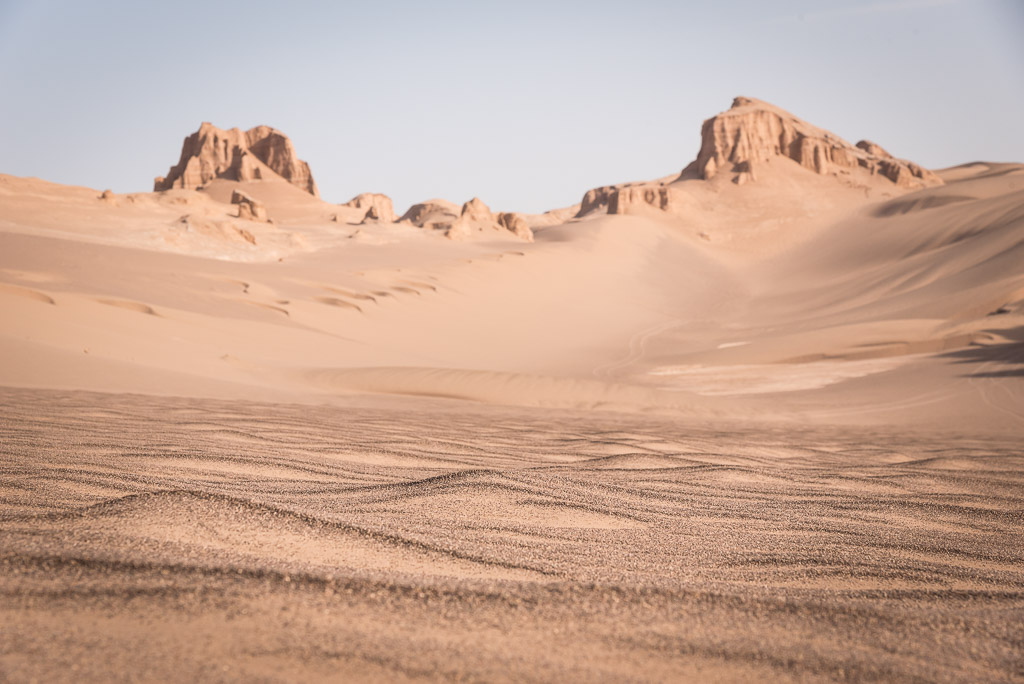
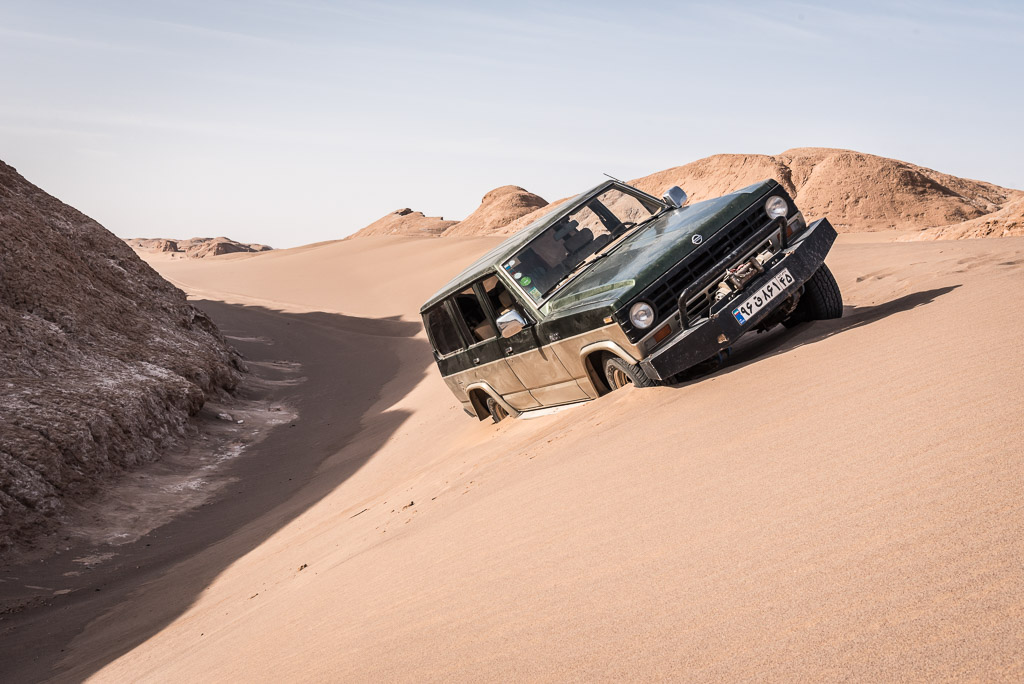
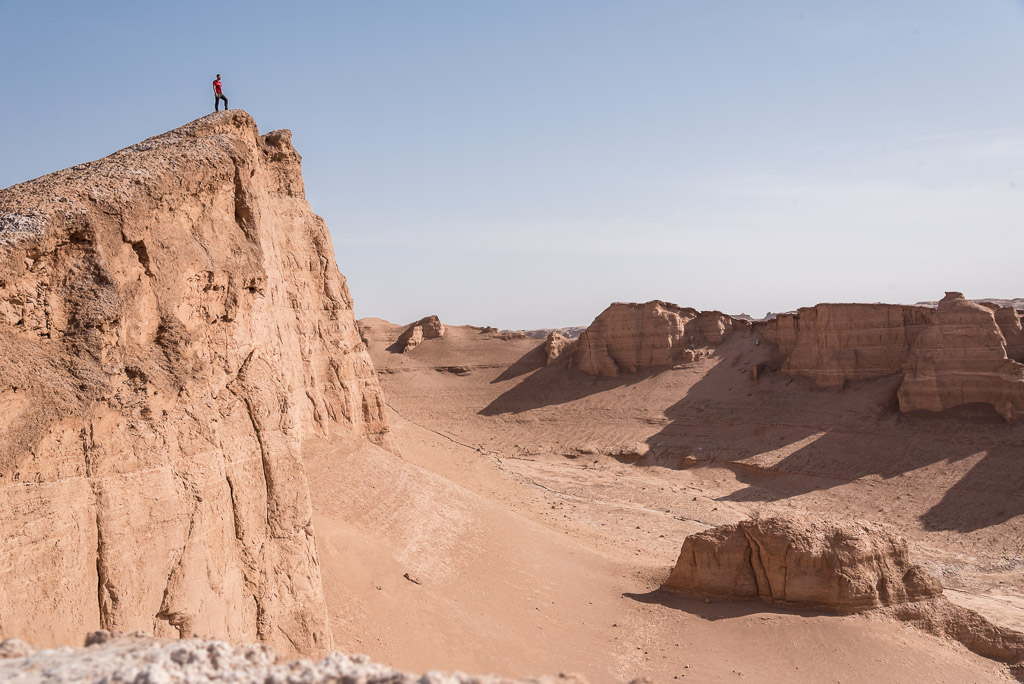

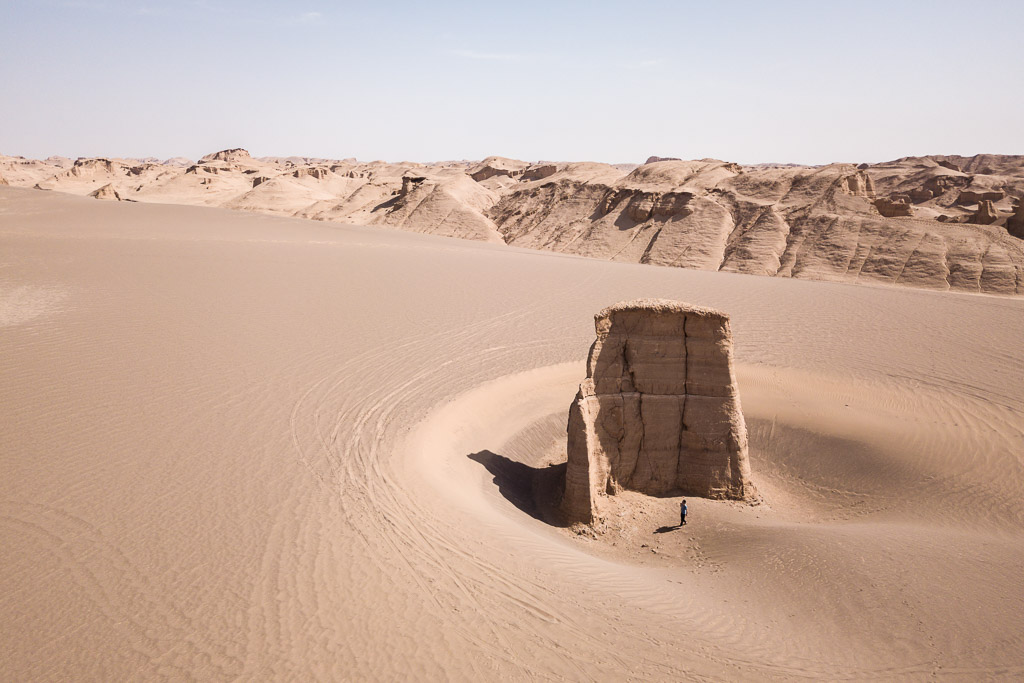
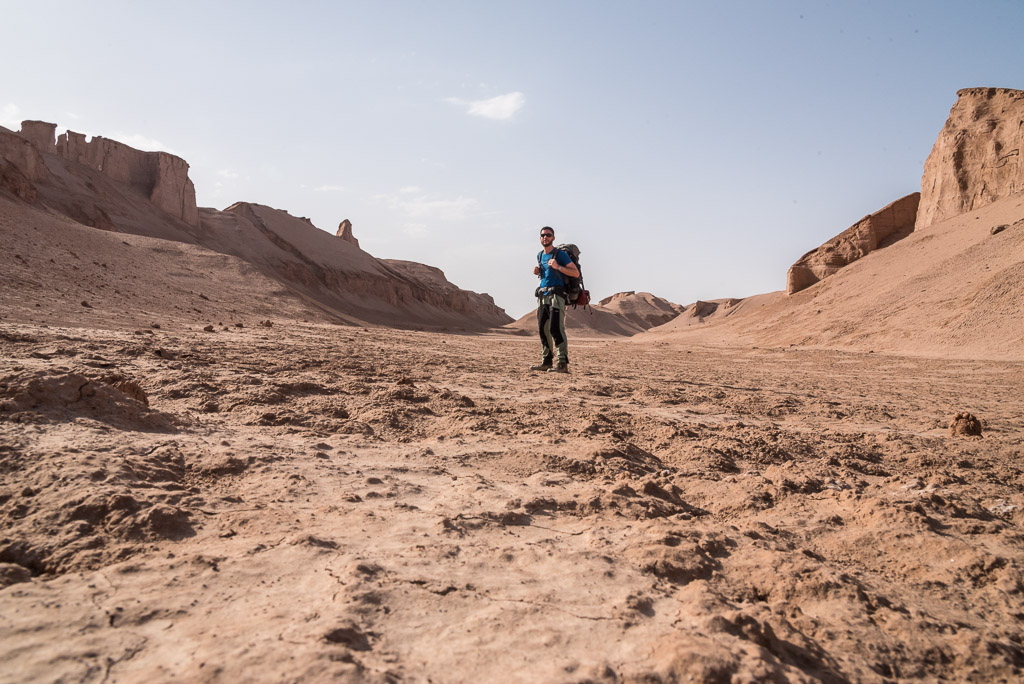
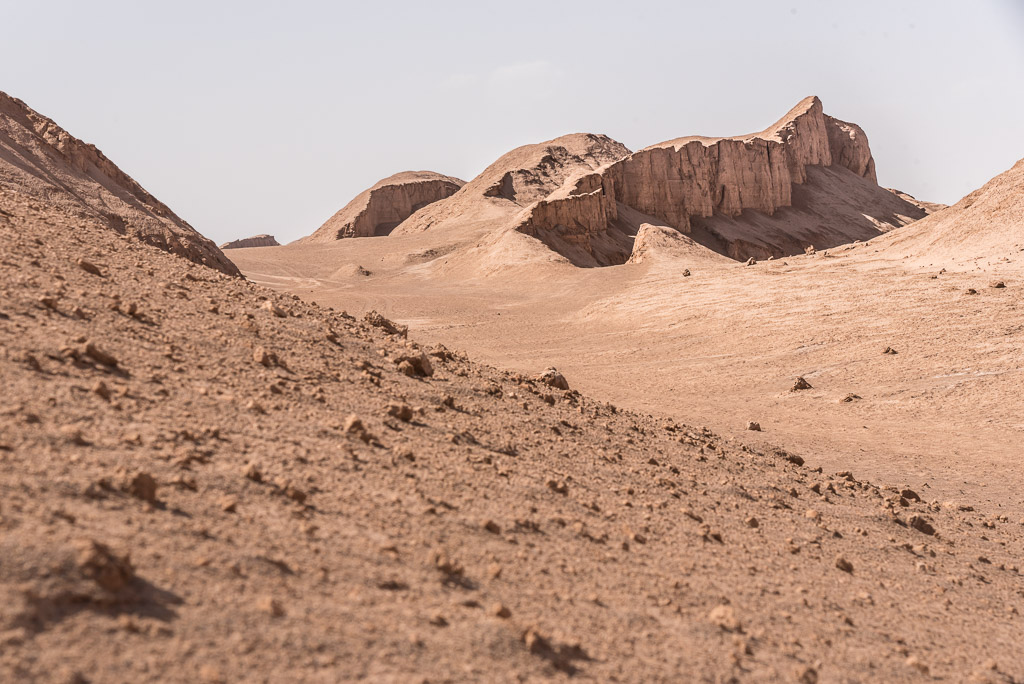
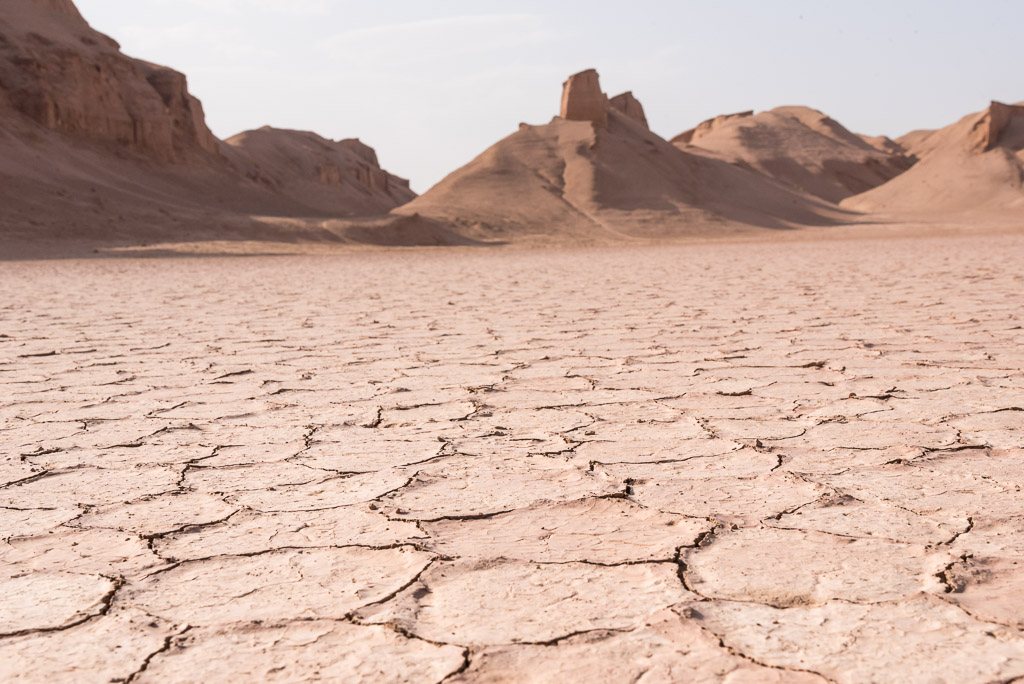
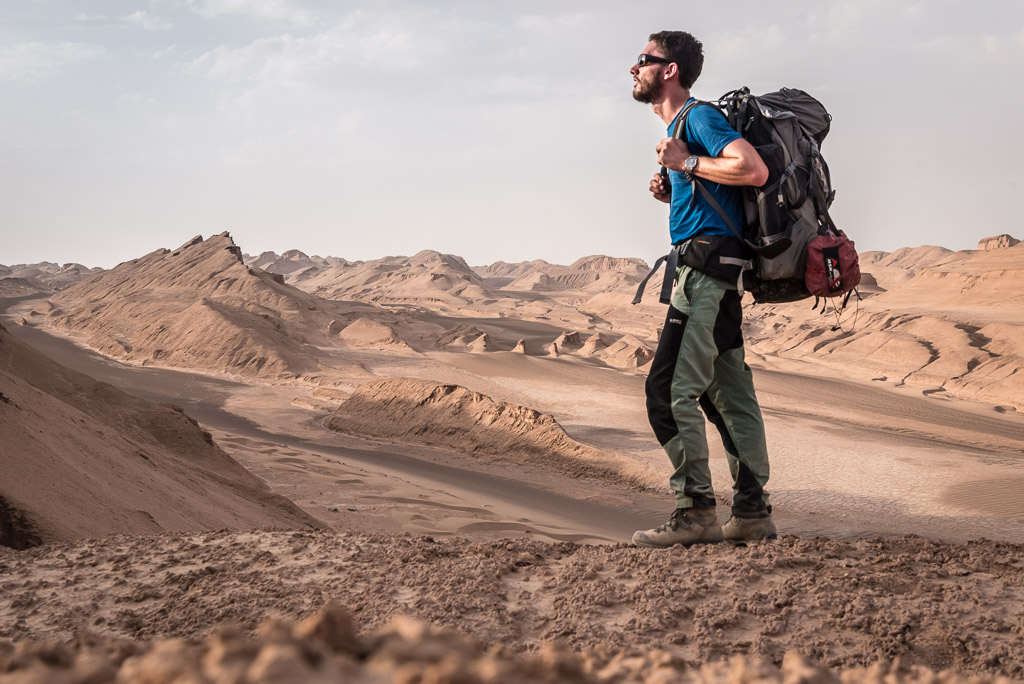
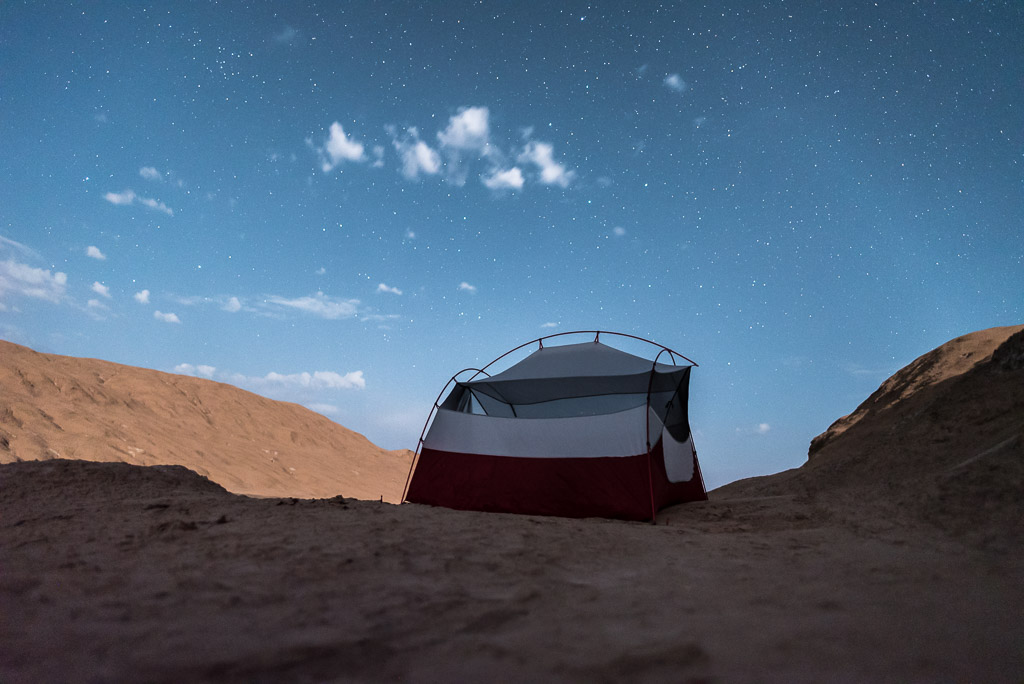
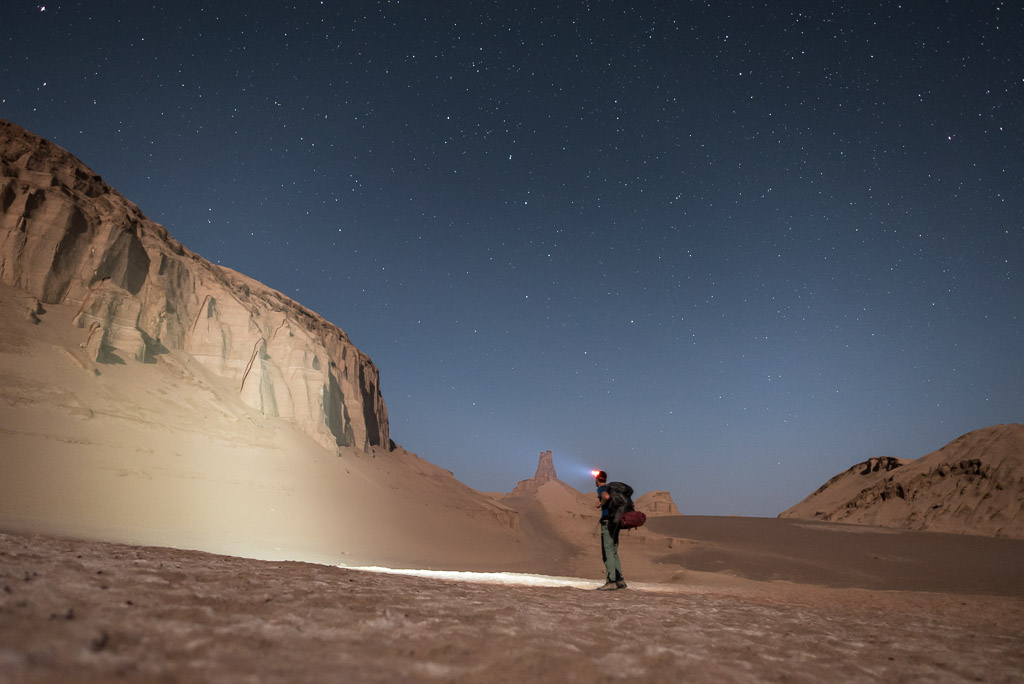
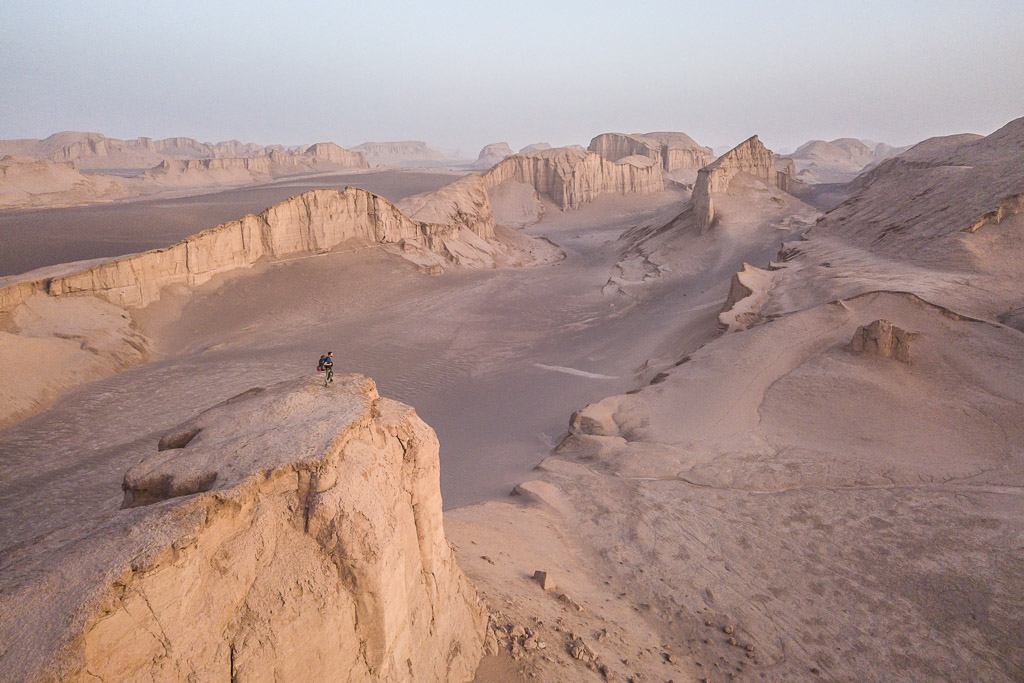
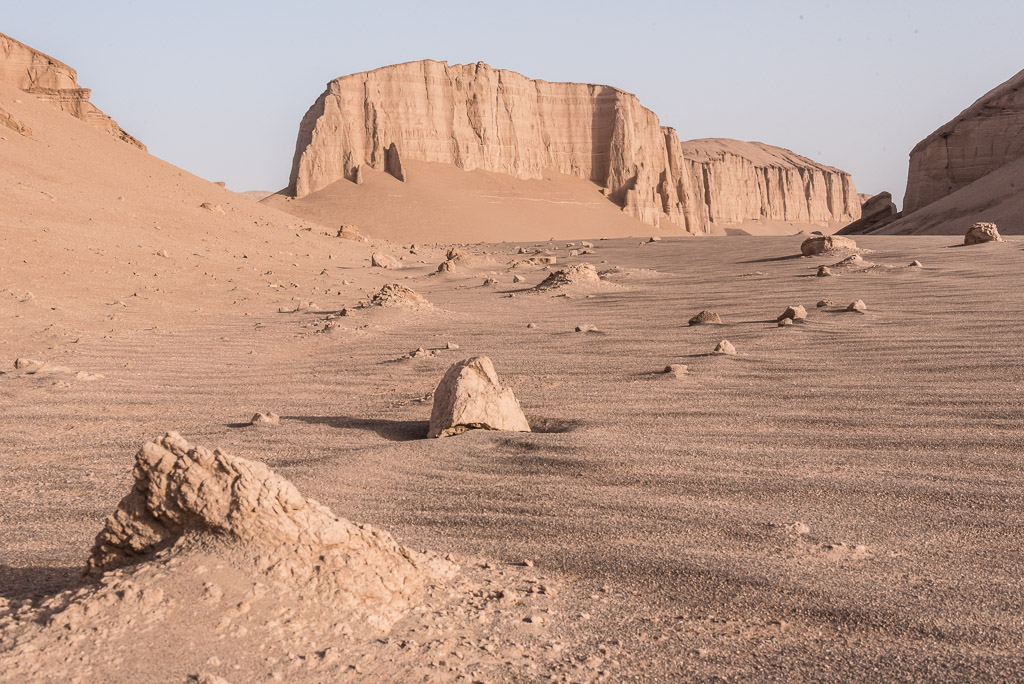

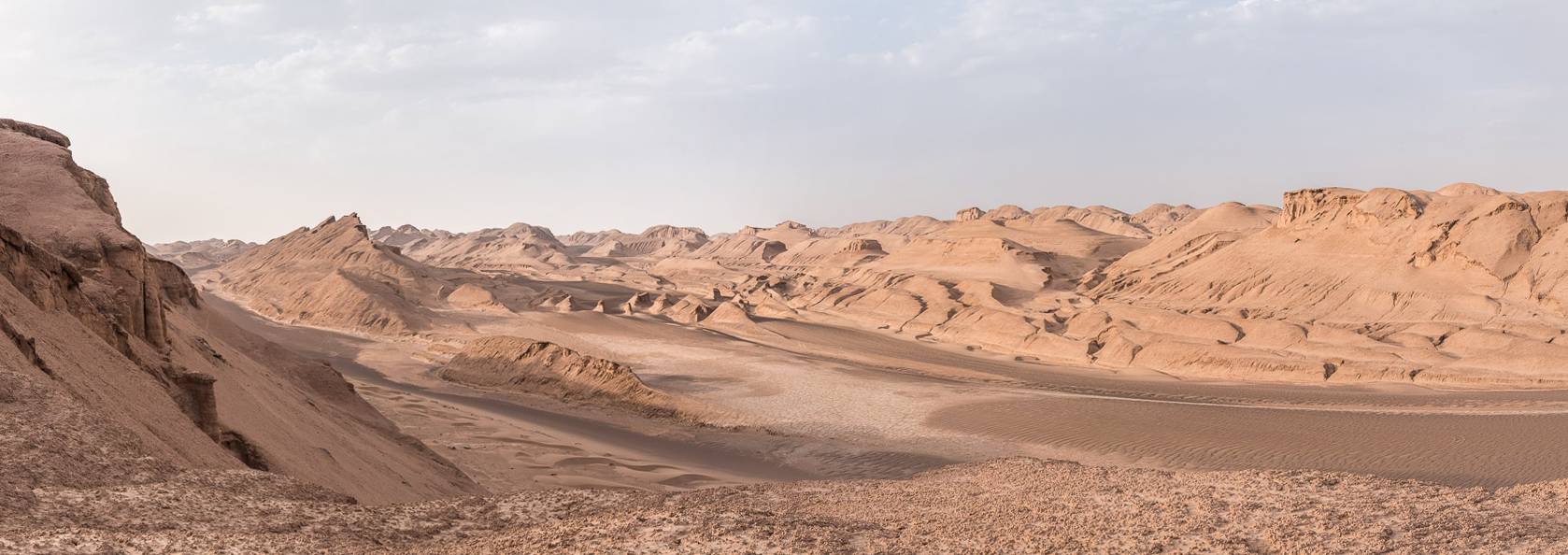


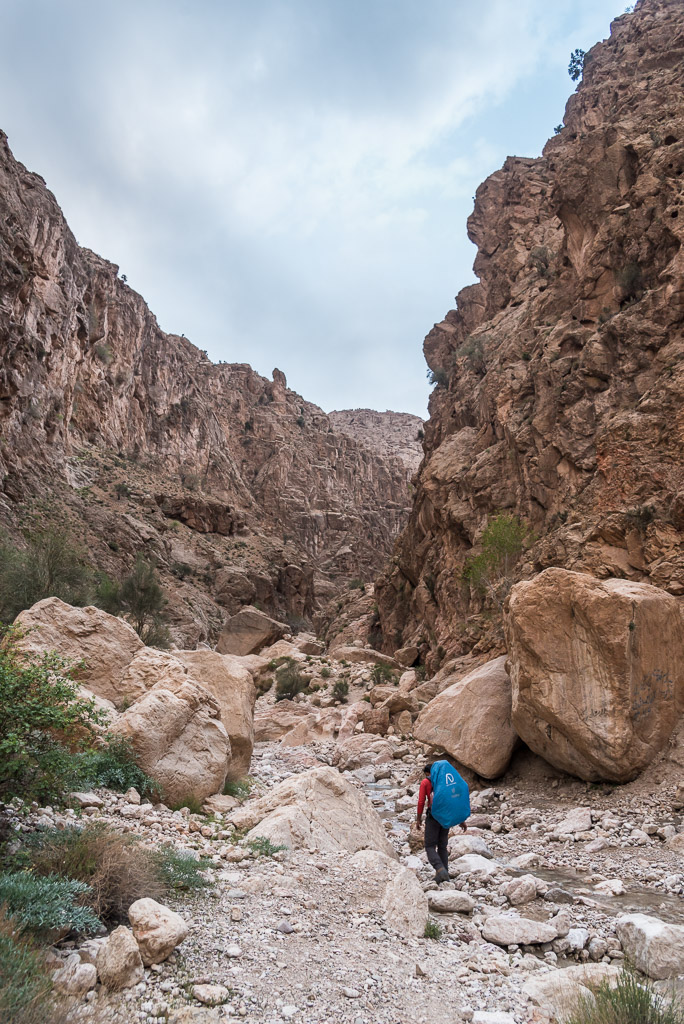
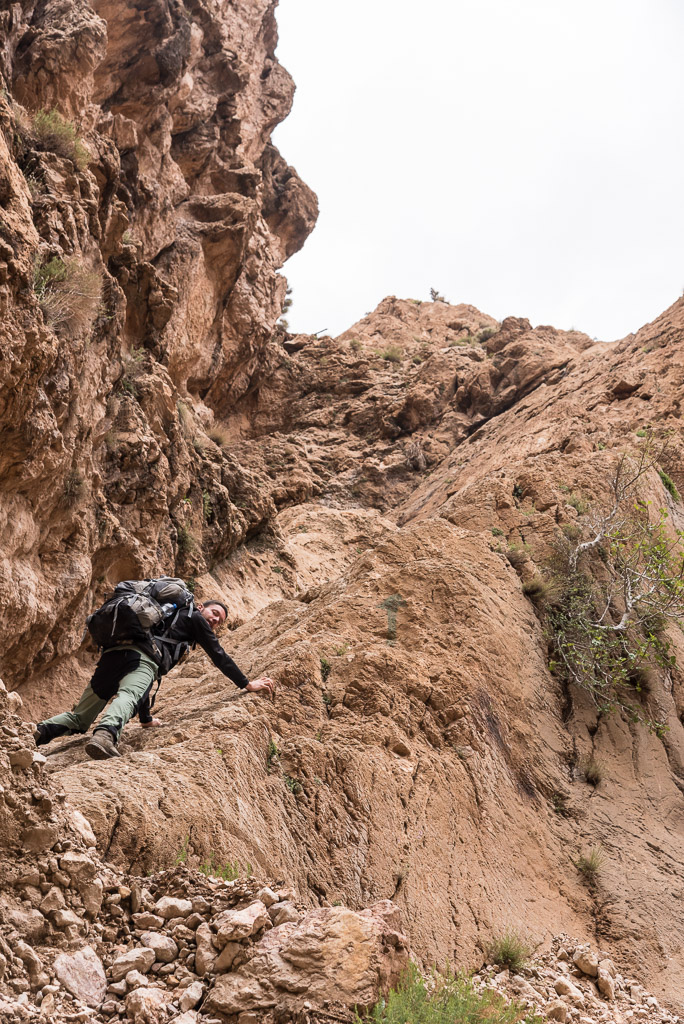
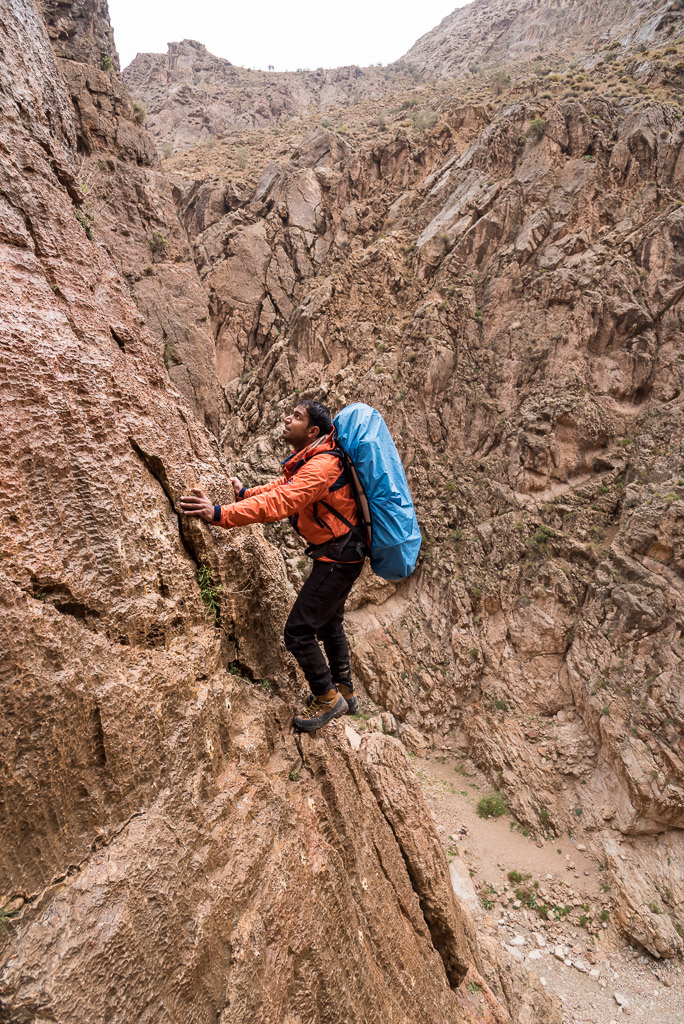
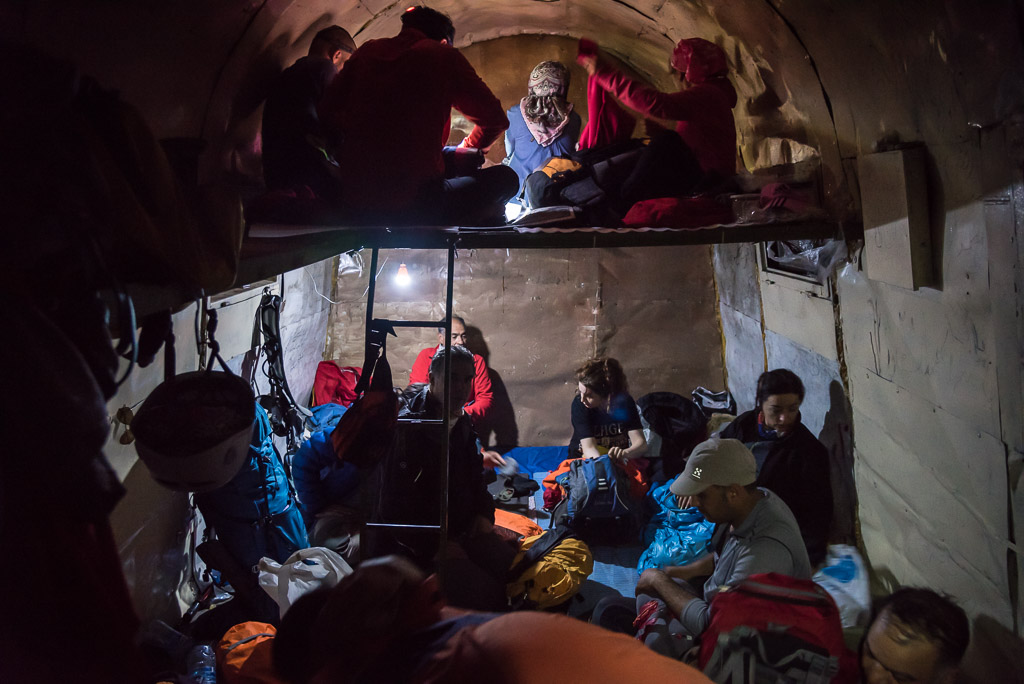

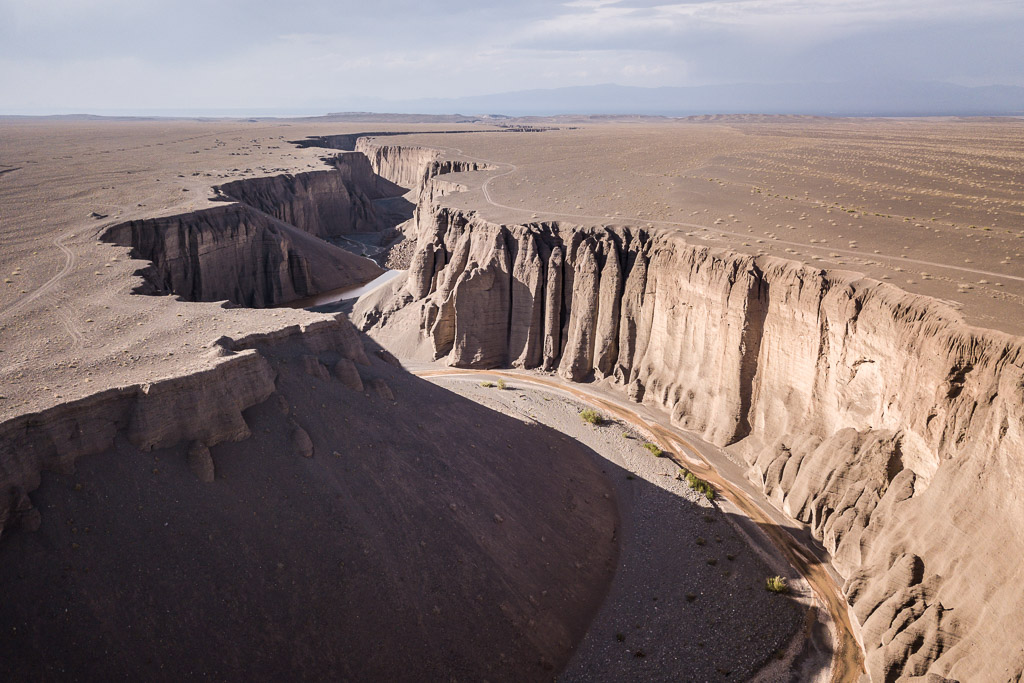
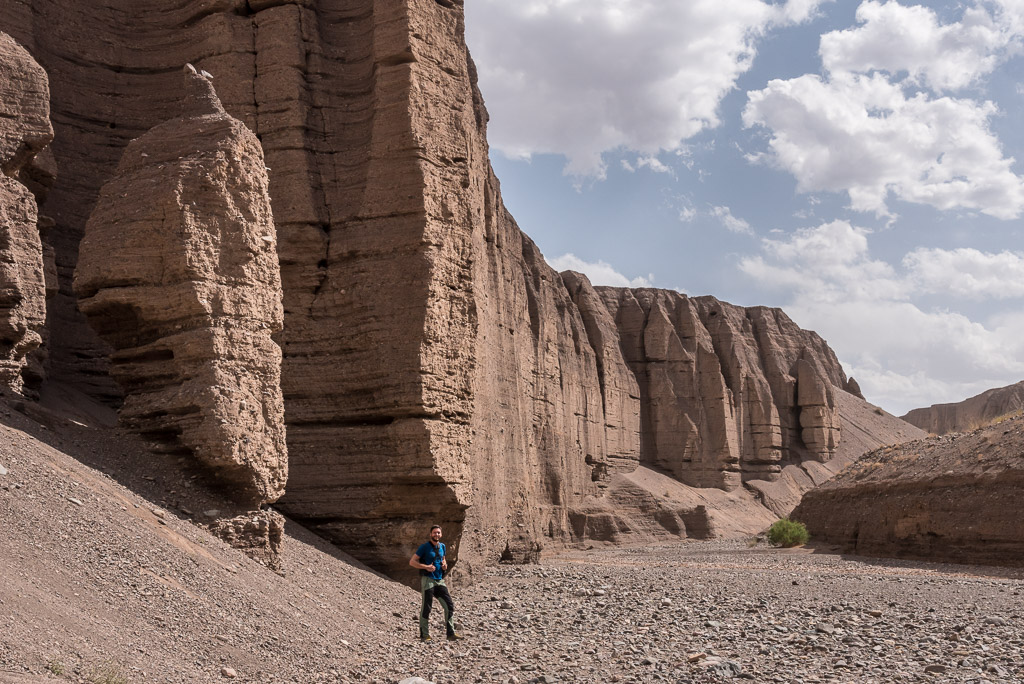
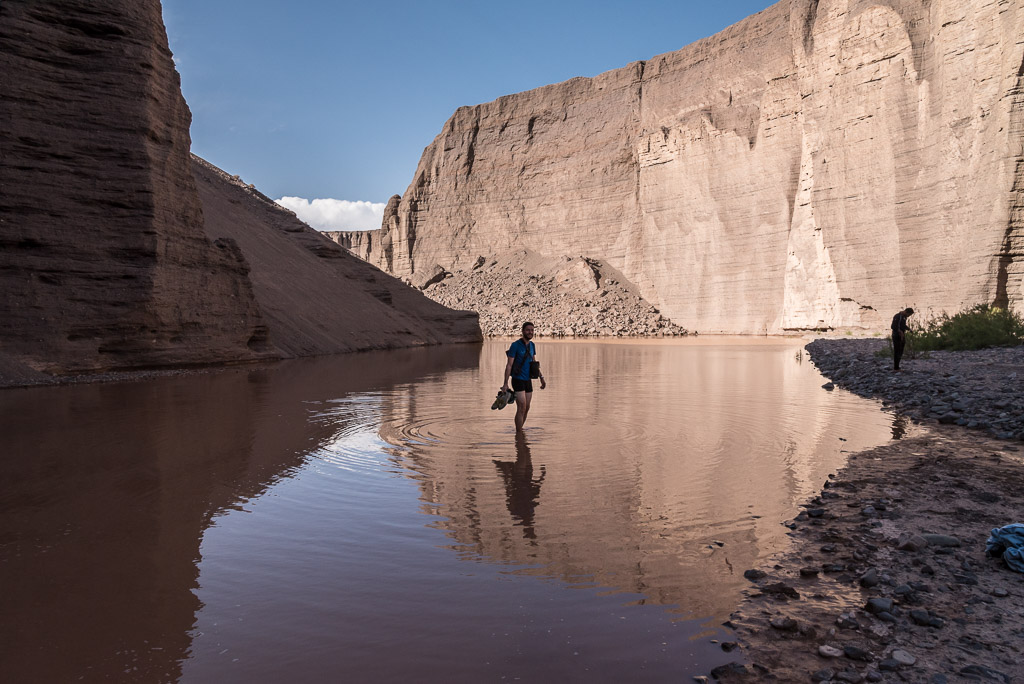
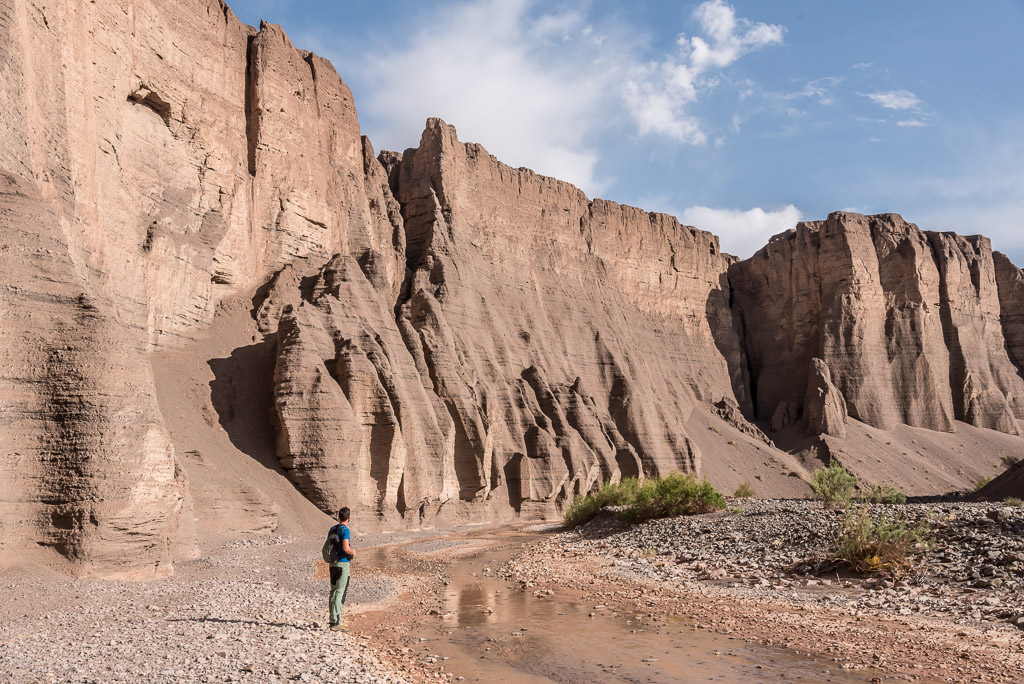
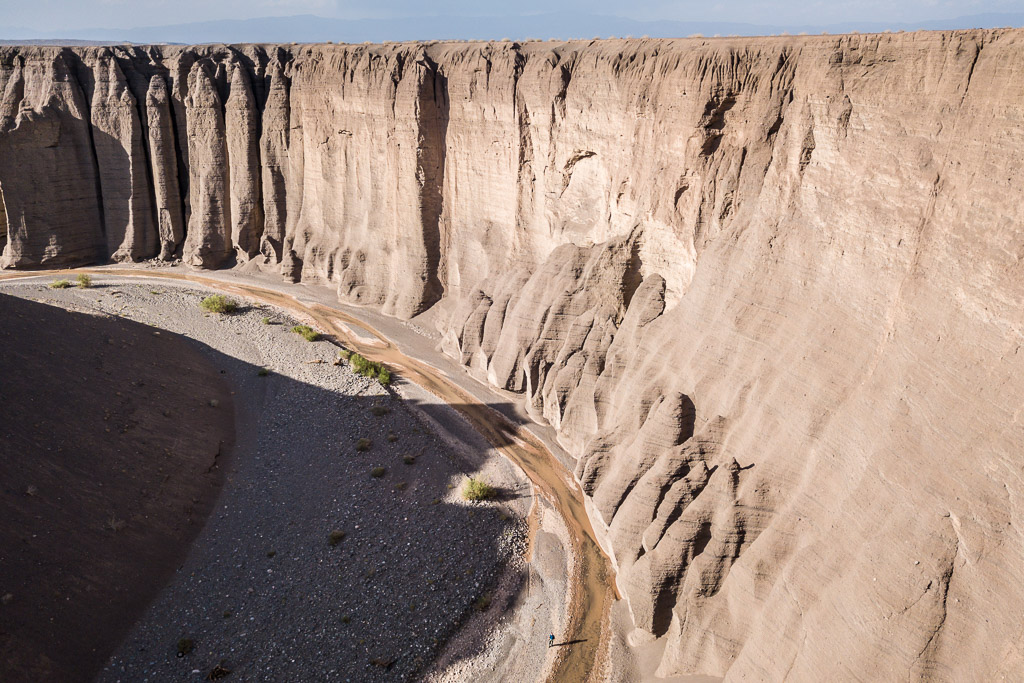
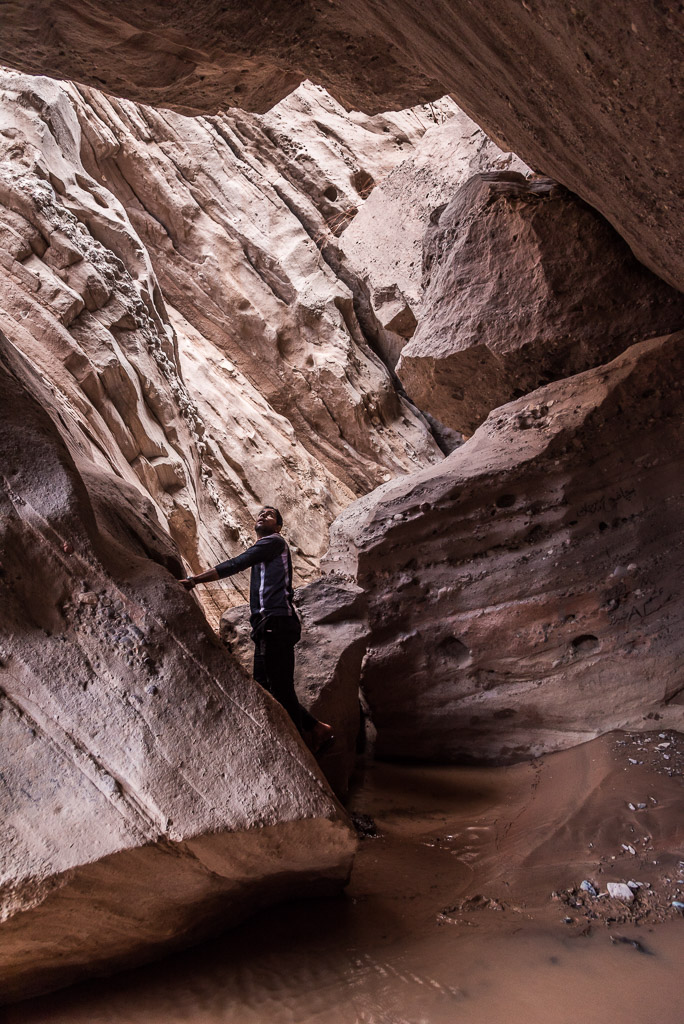
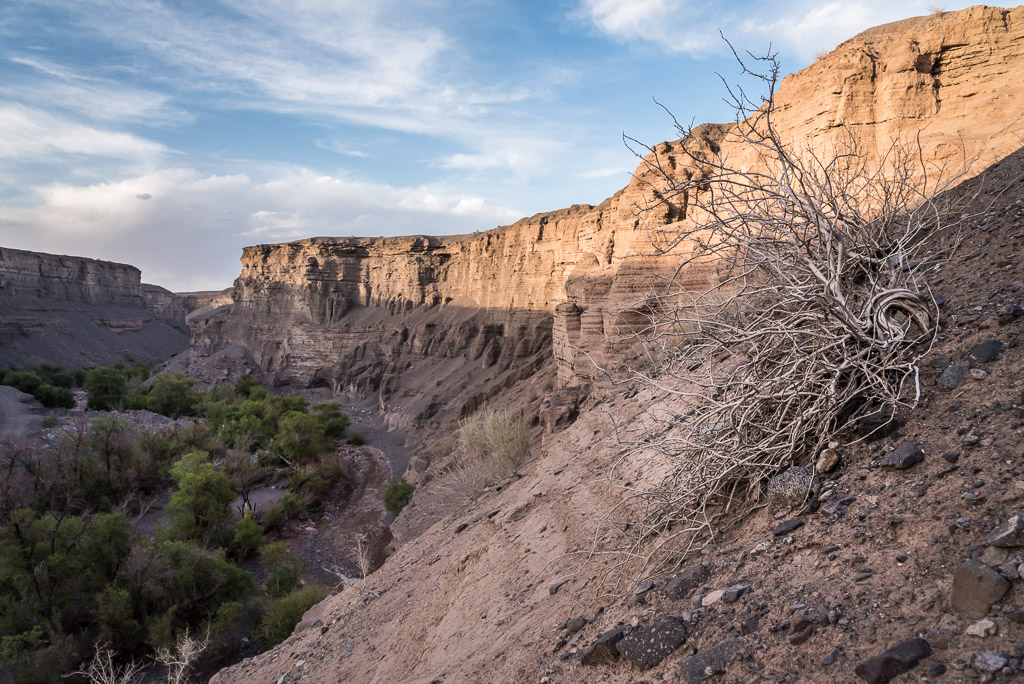
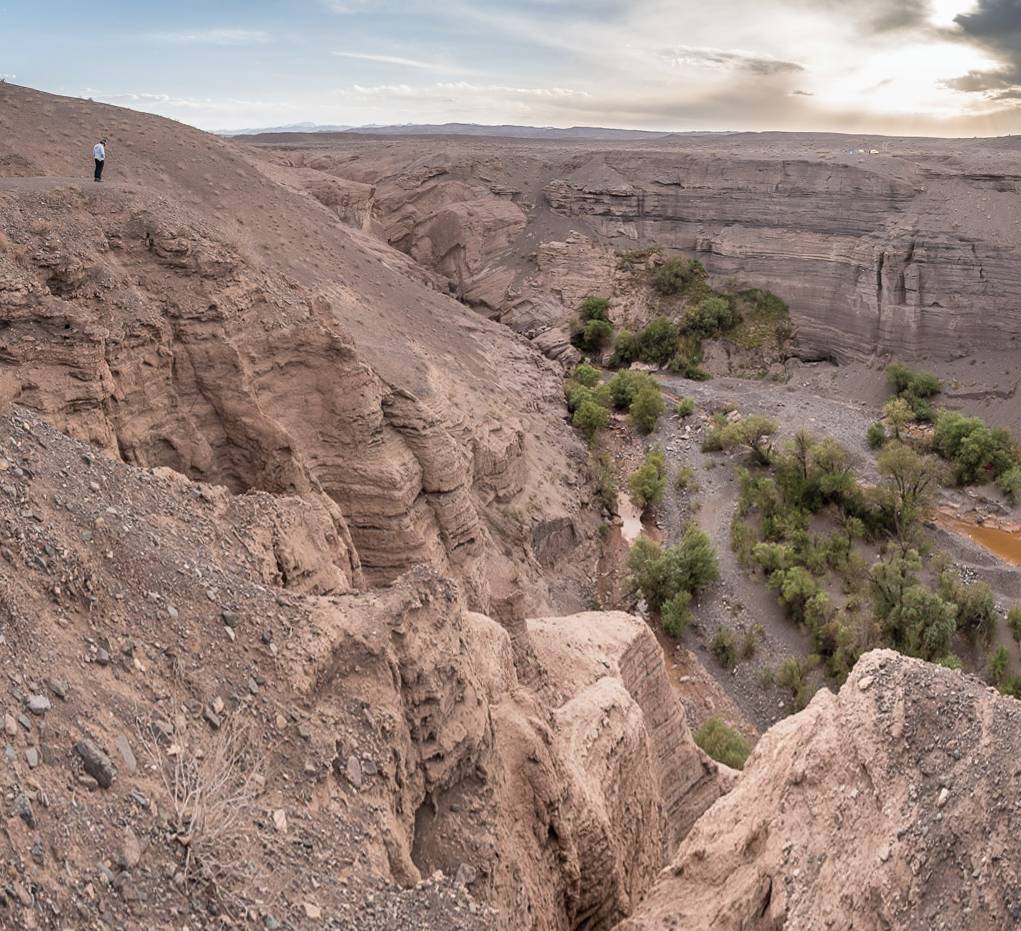


Steffen Markert
11. November 2018No empty refrigerators? What was going on? That’s not how I know you! I am impressed by the hospitality of the Iranians and of course of your pictures.